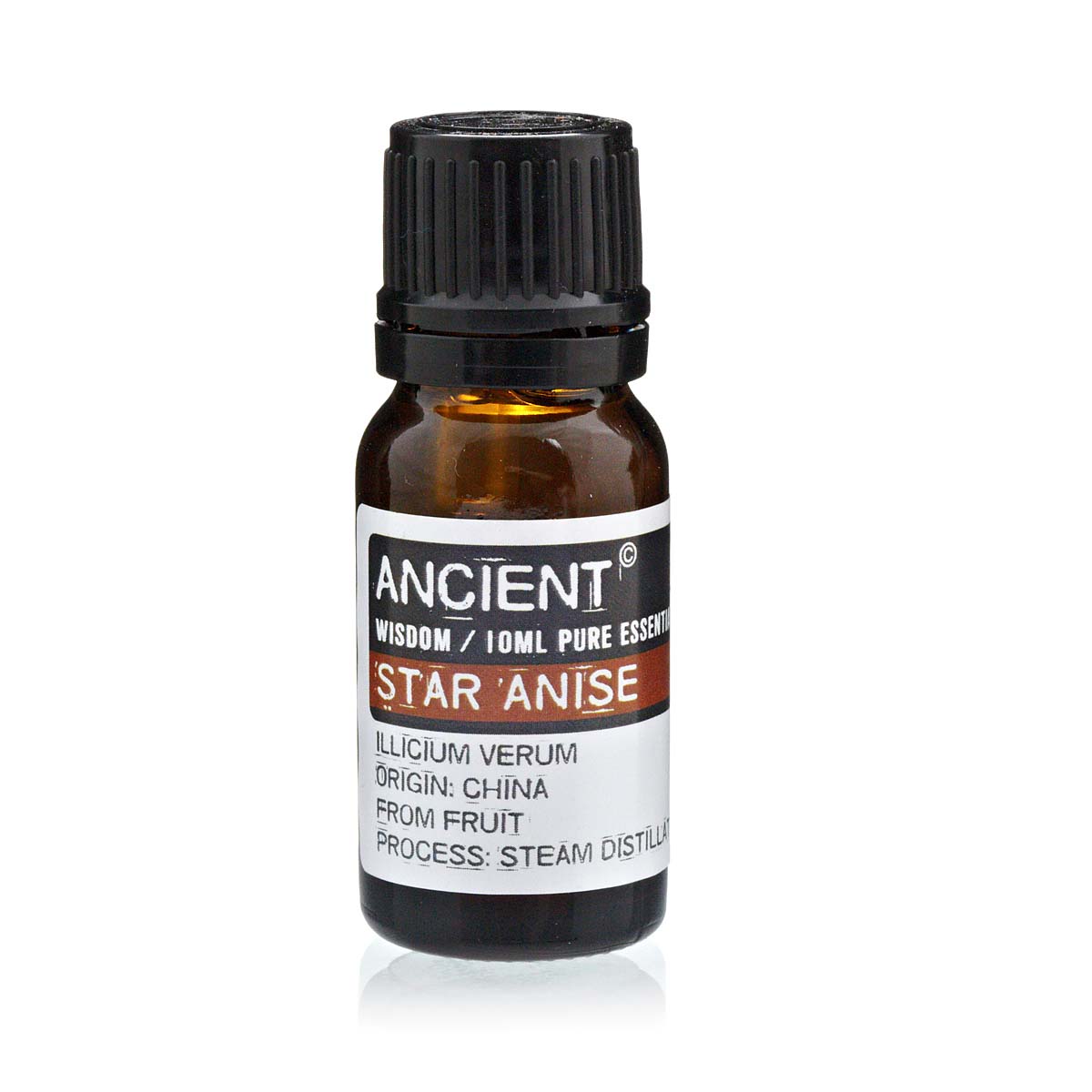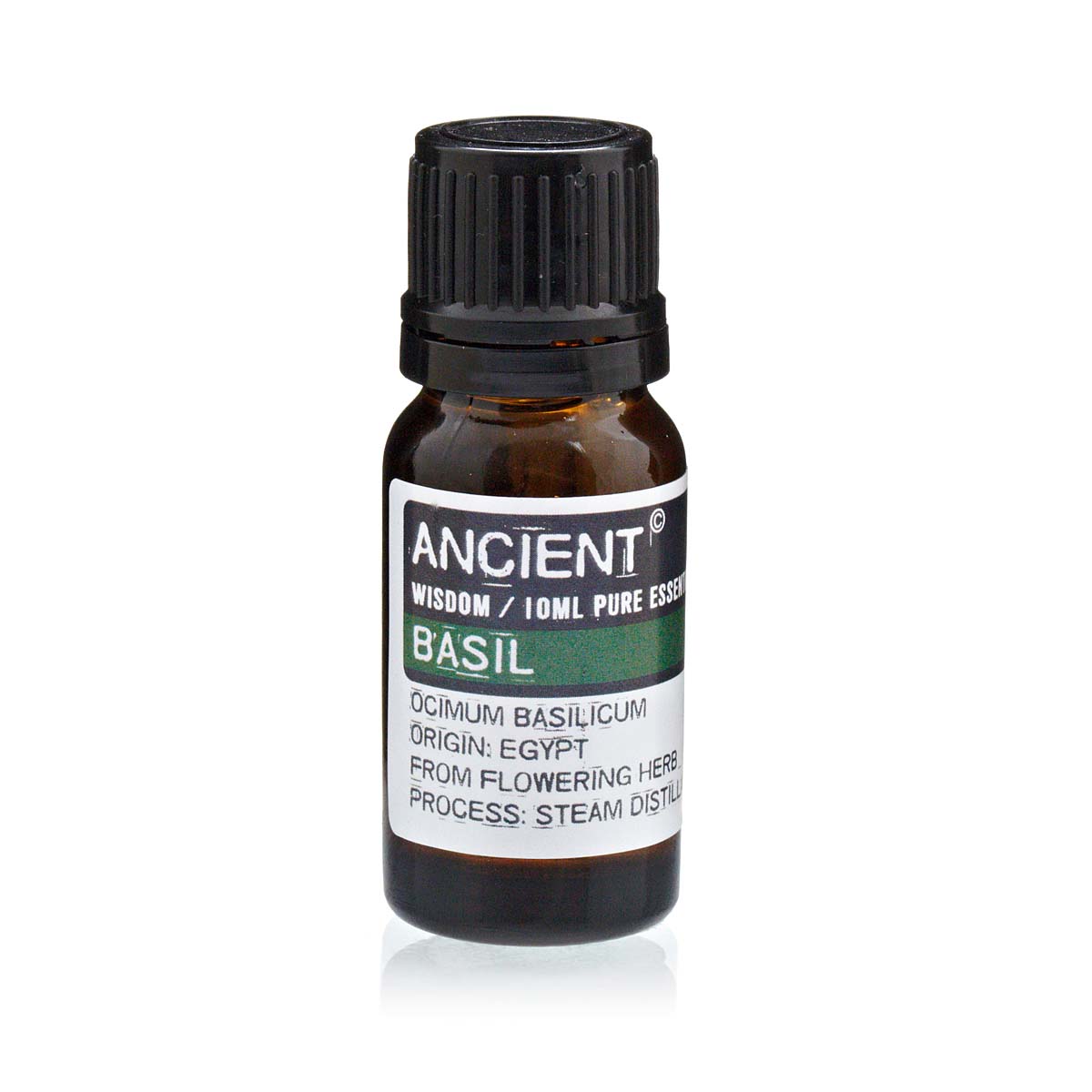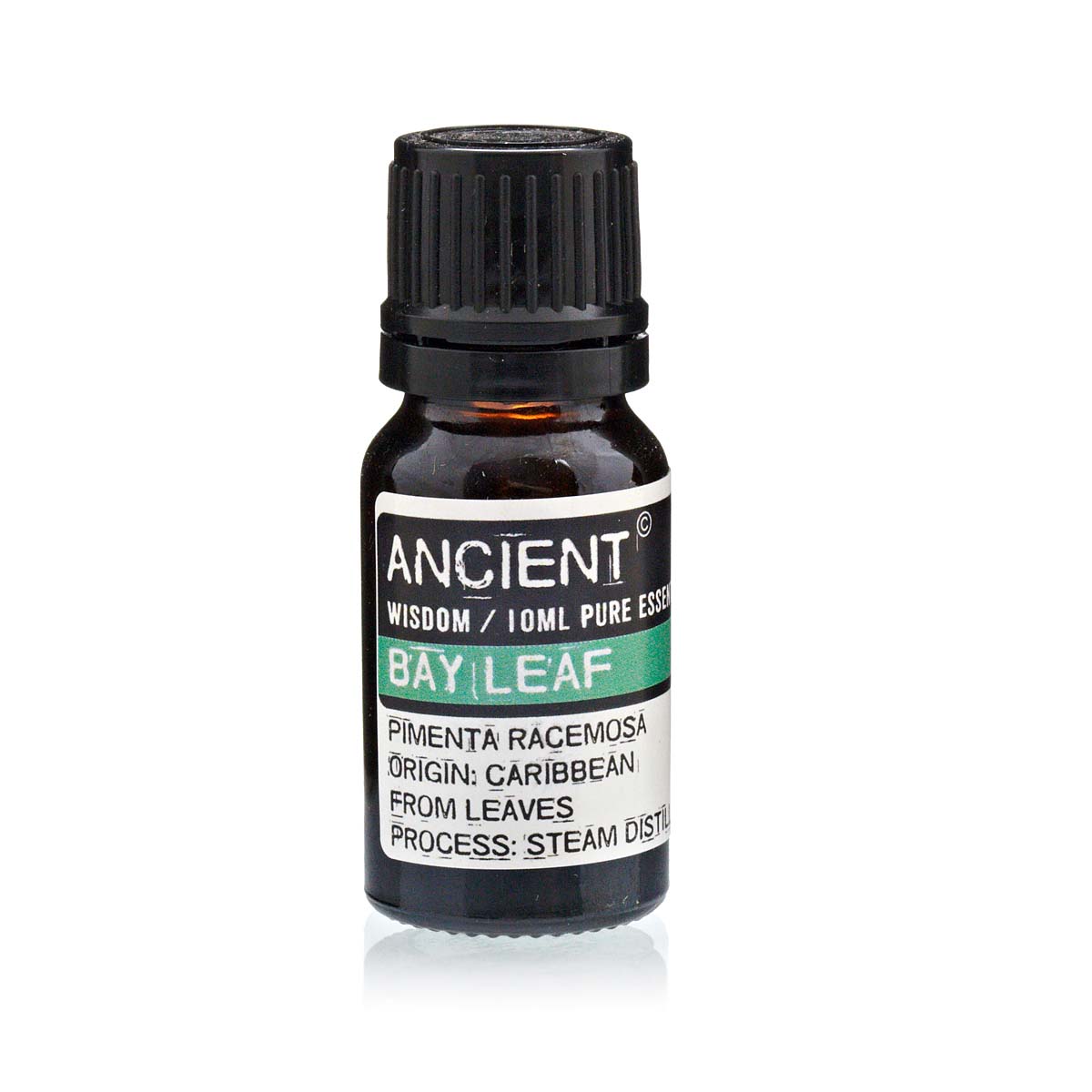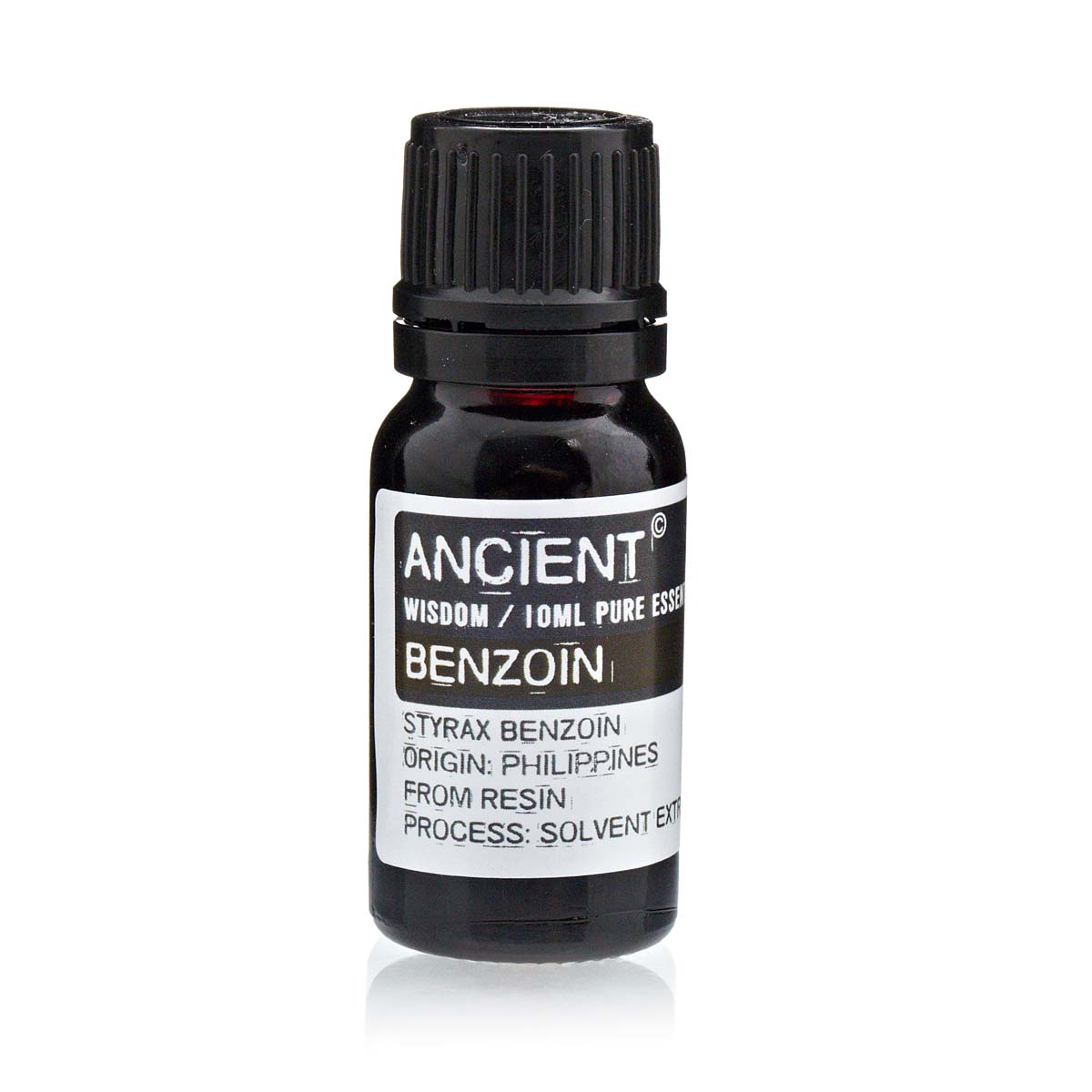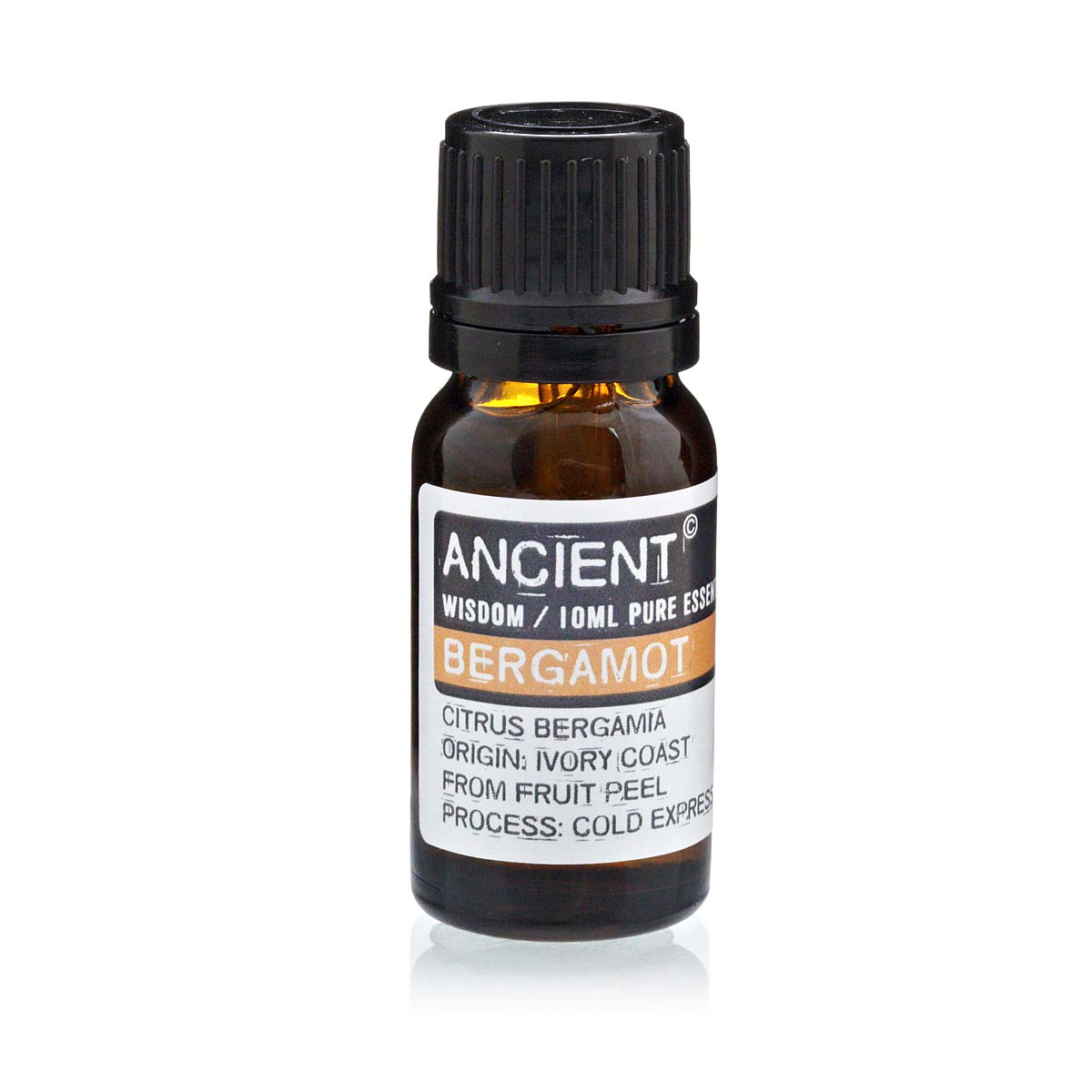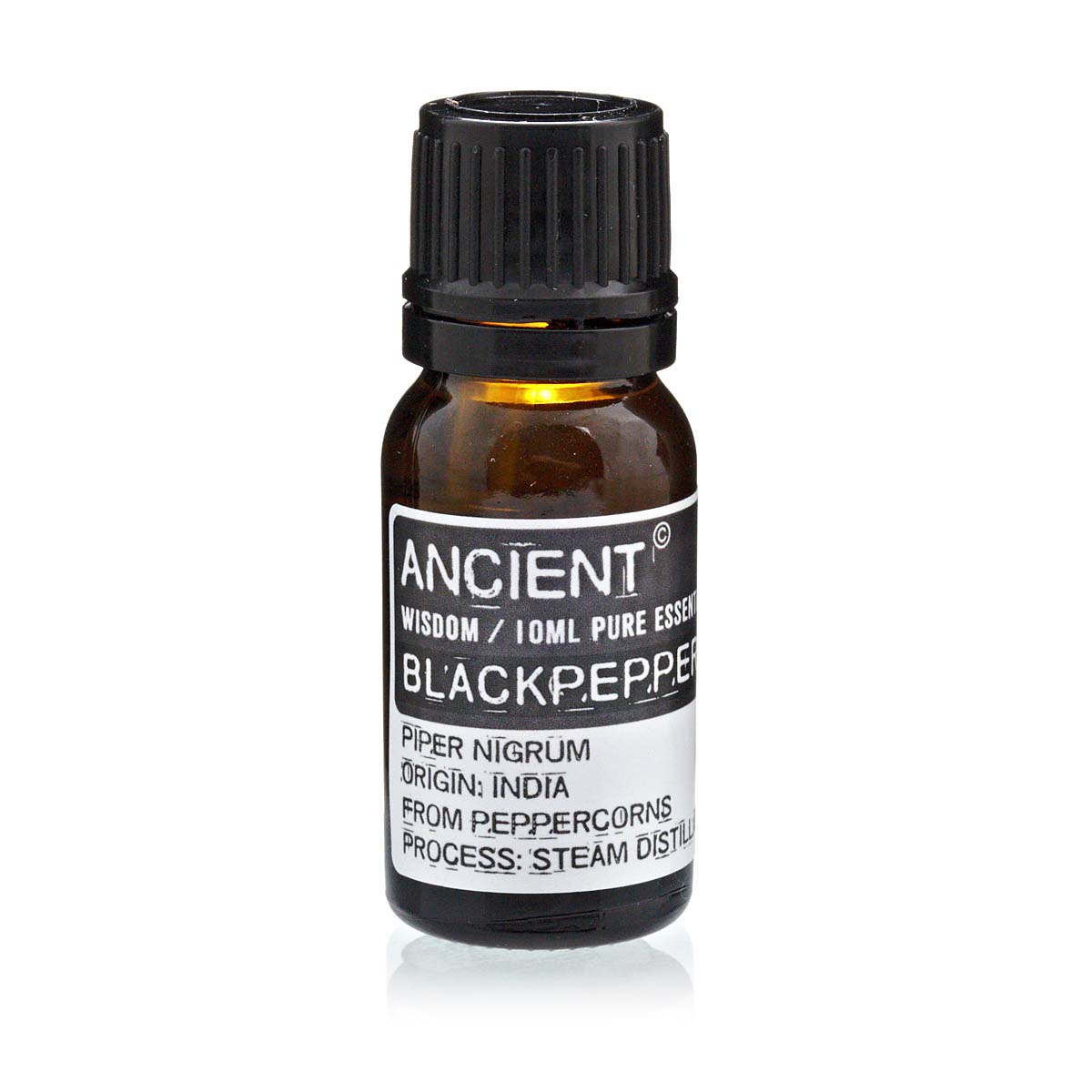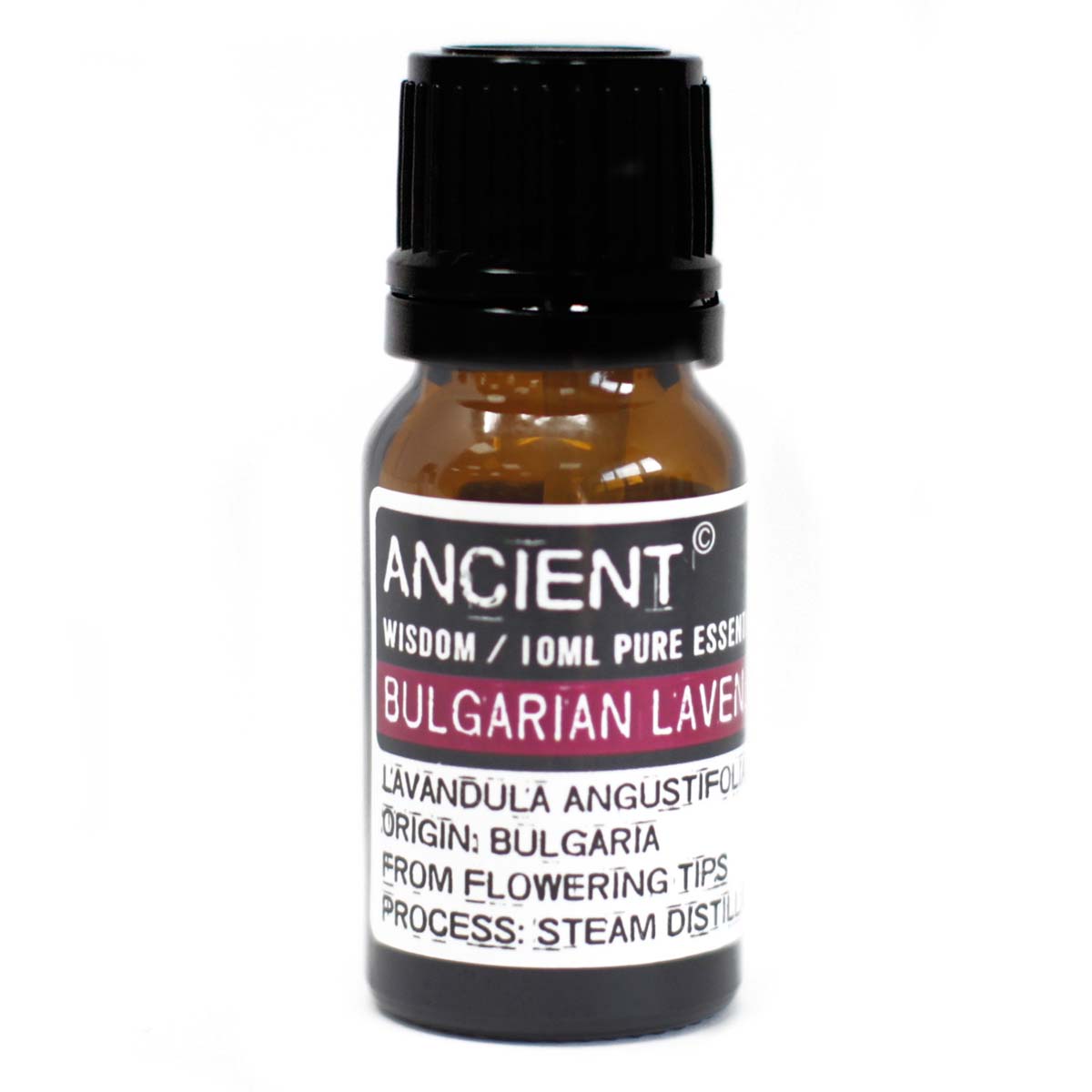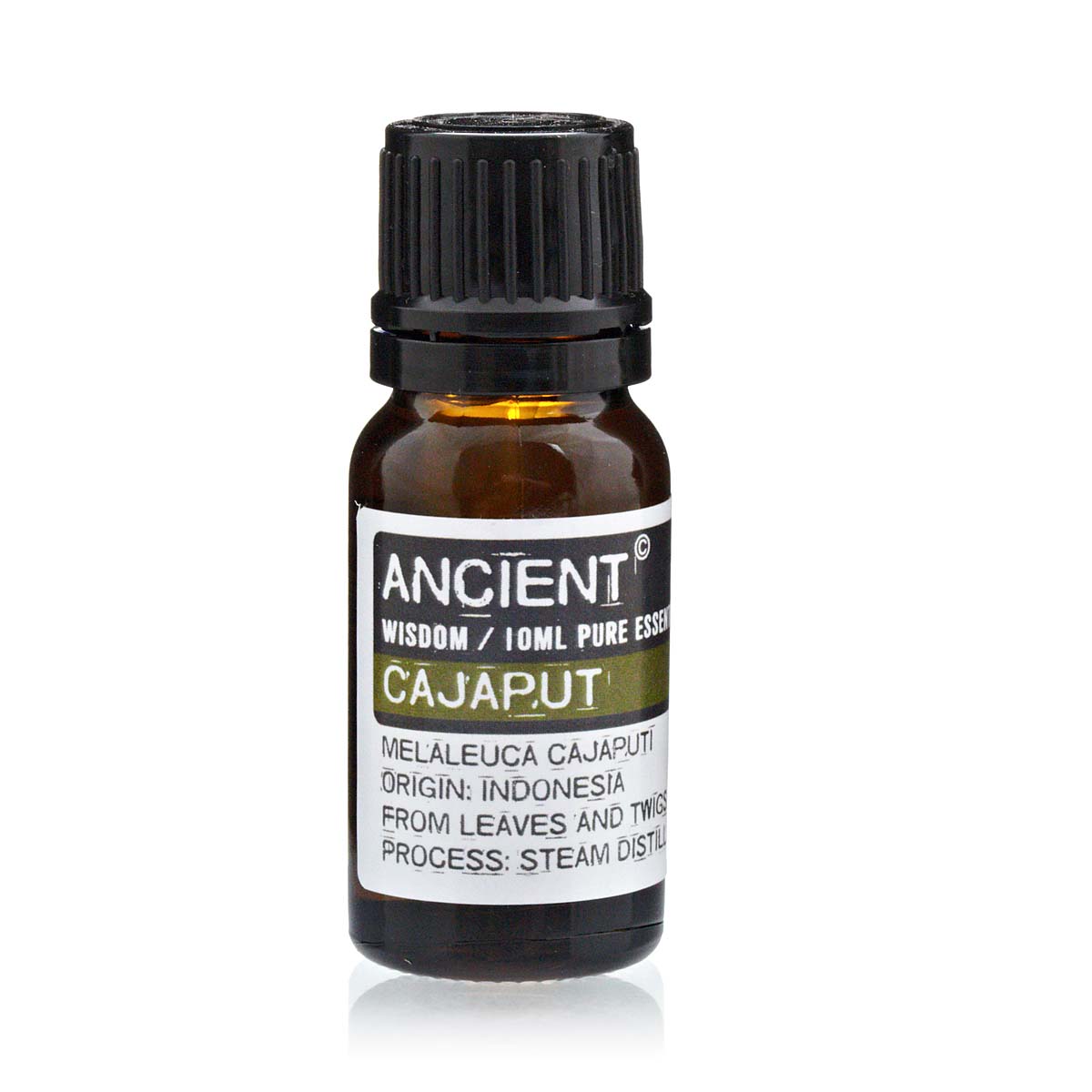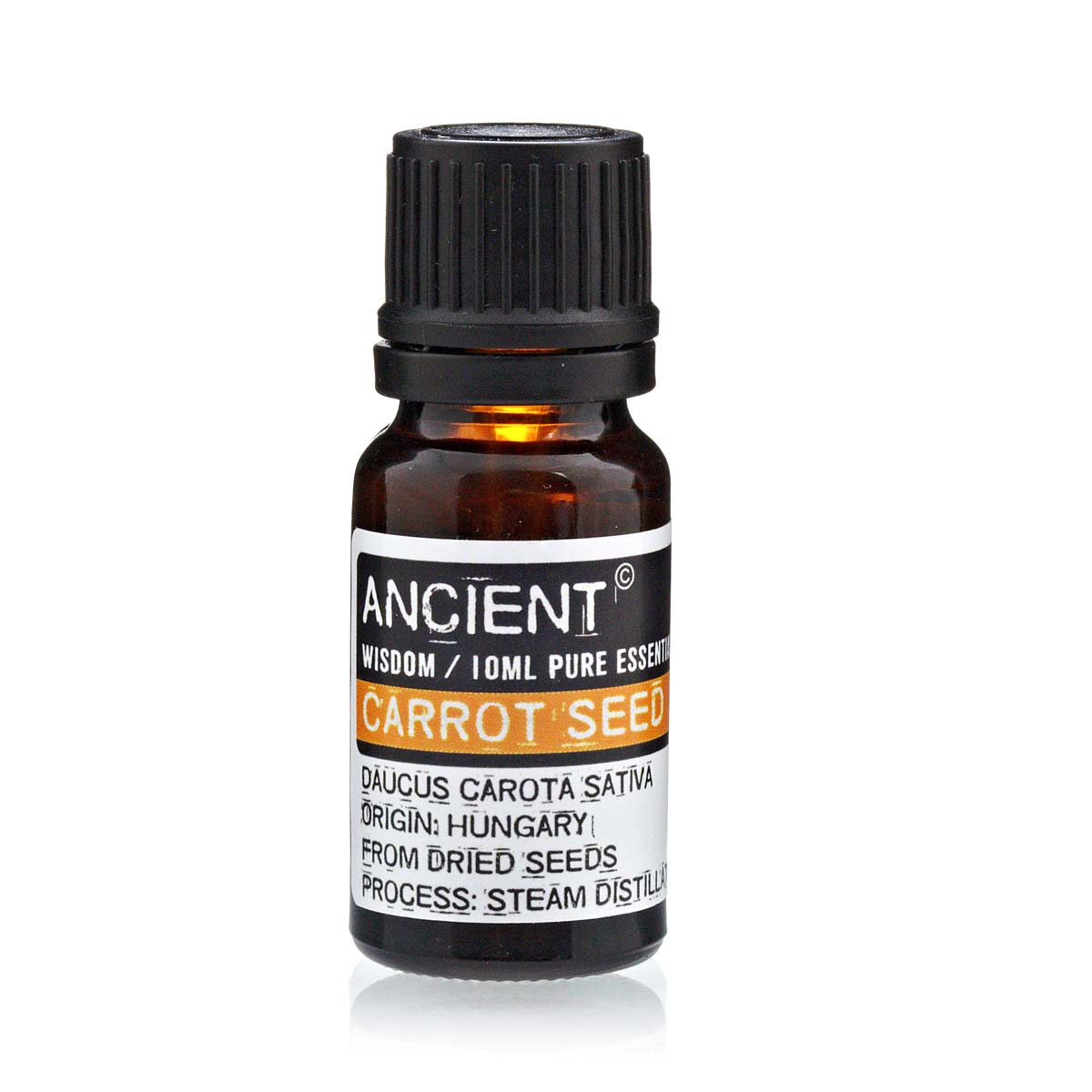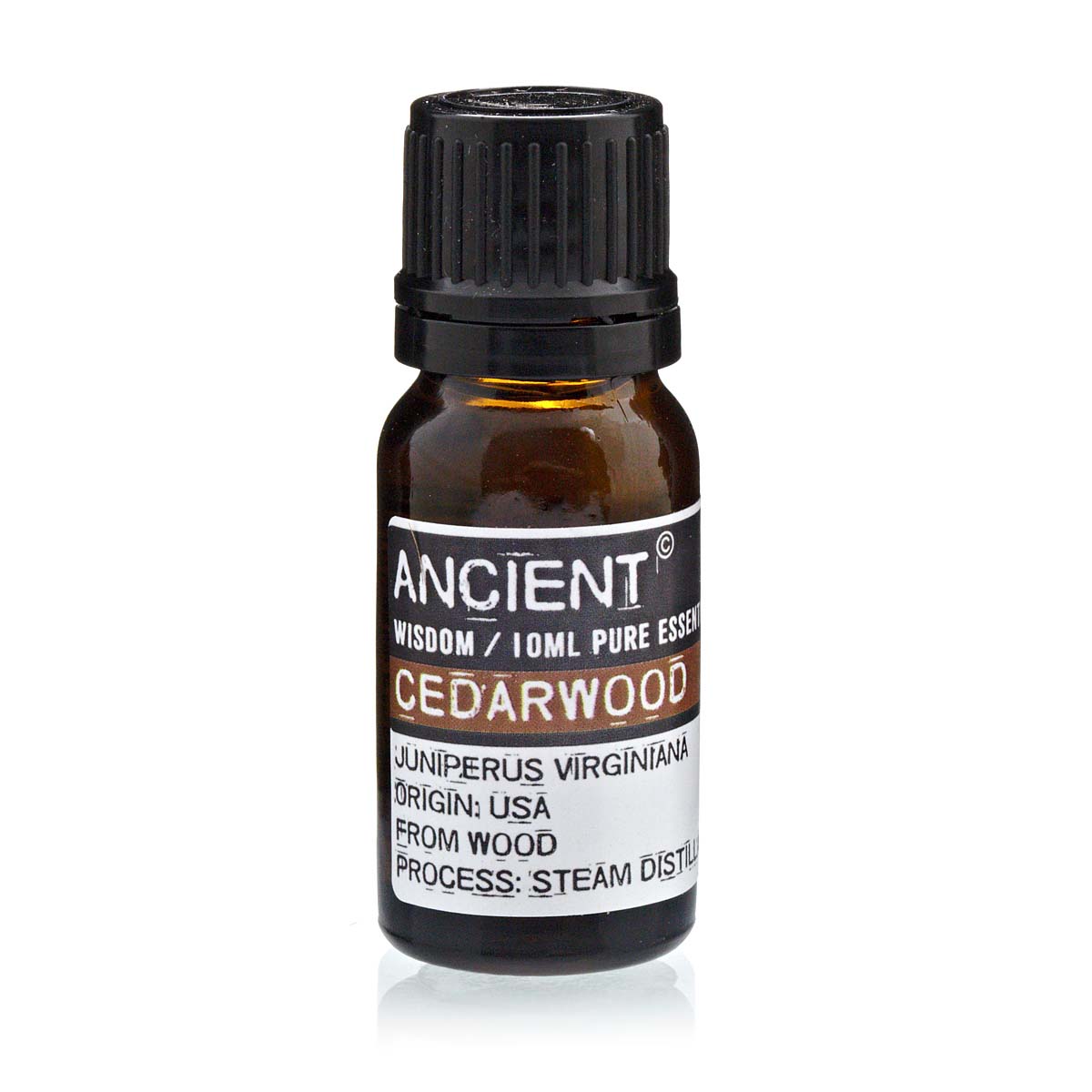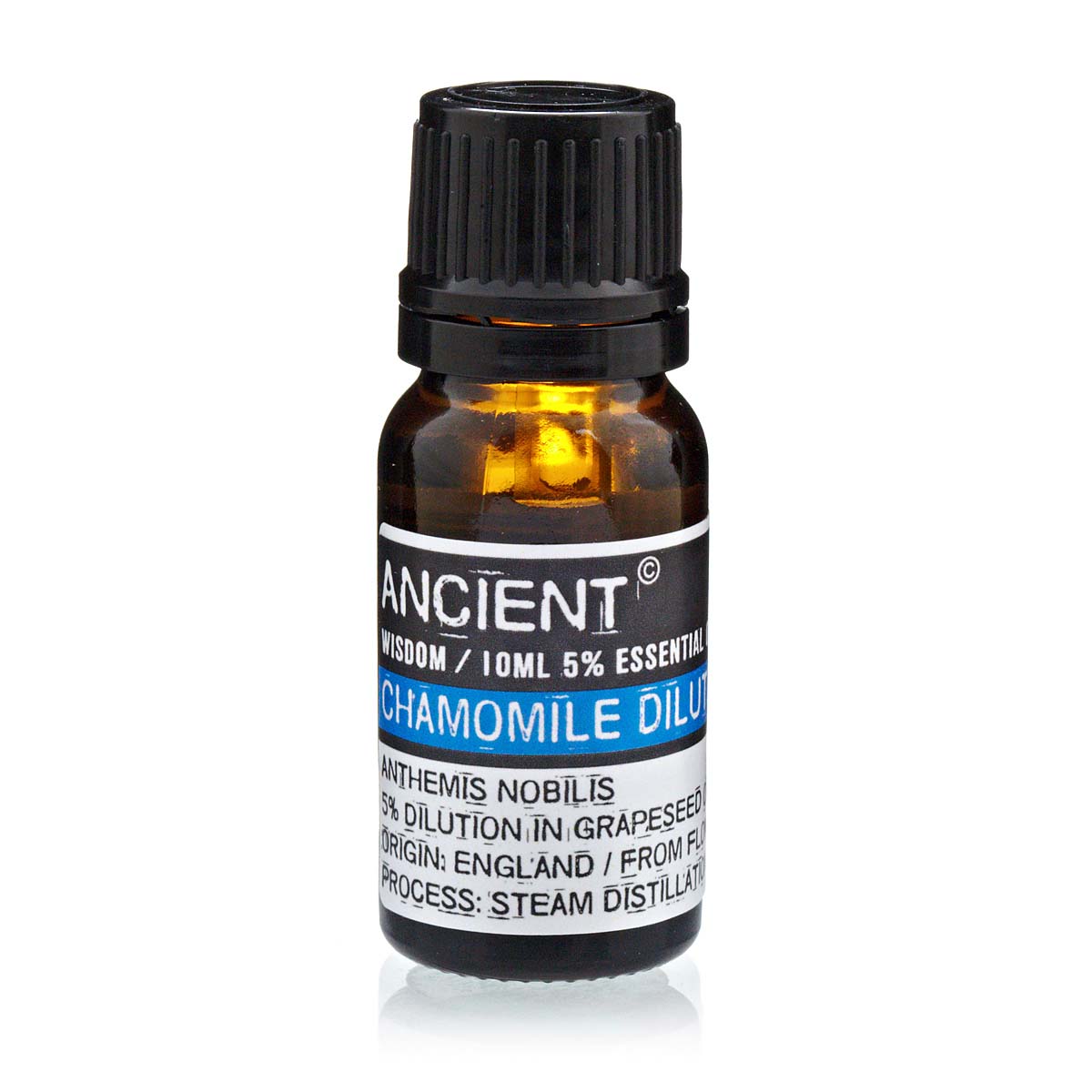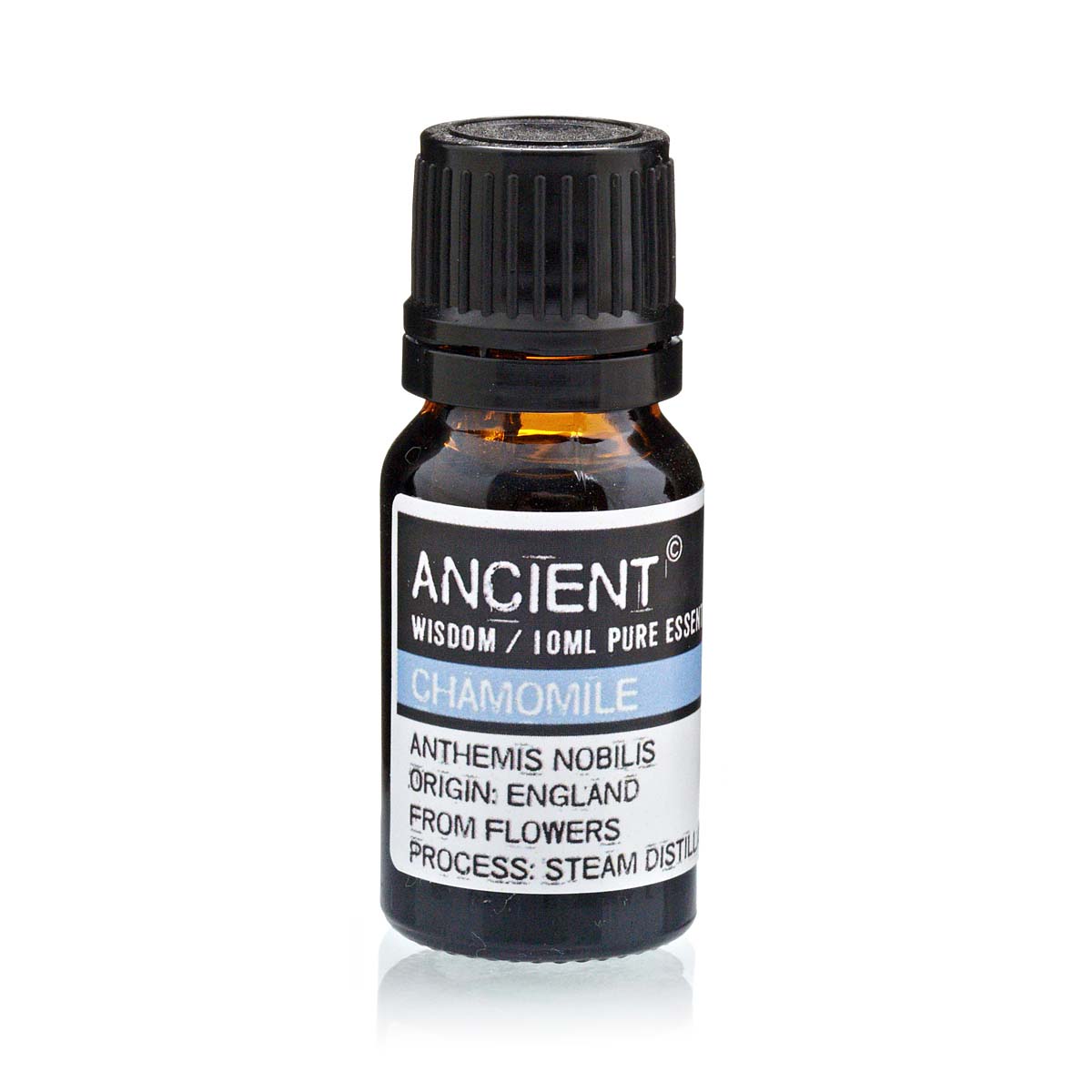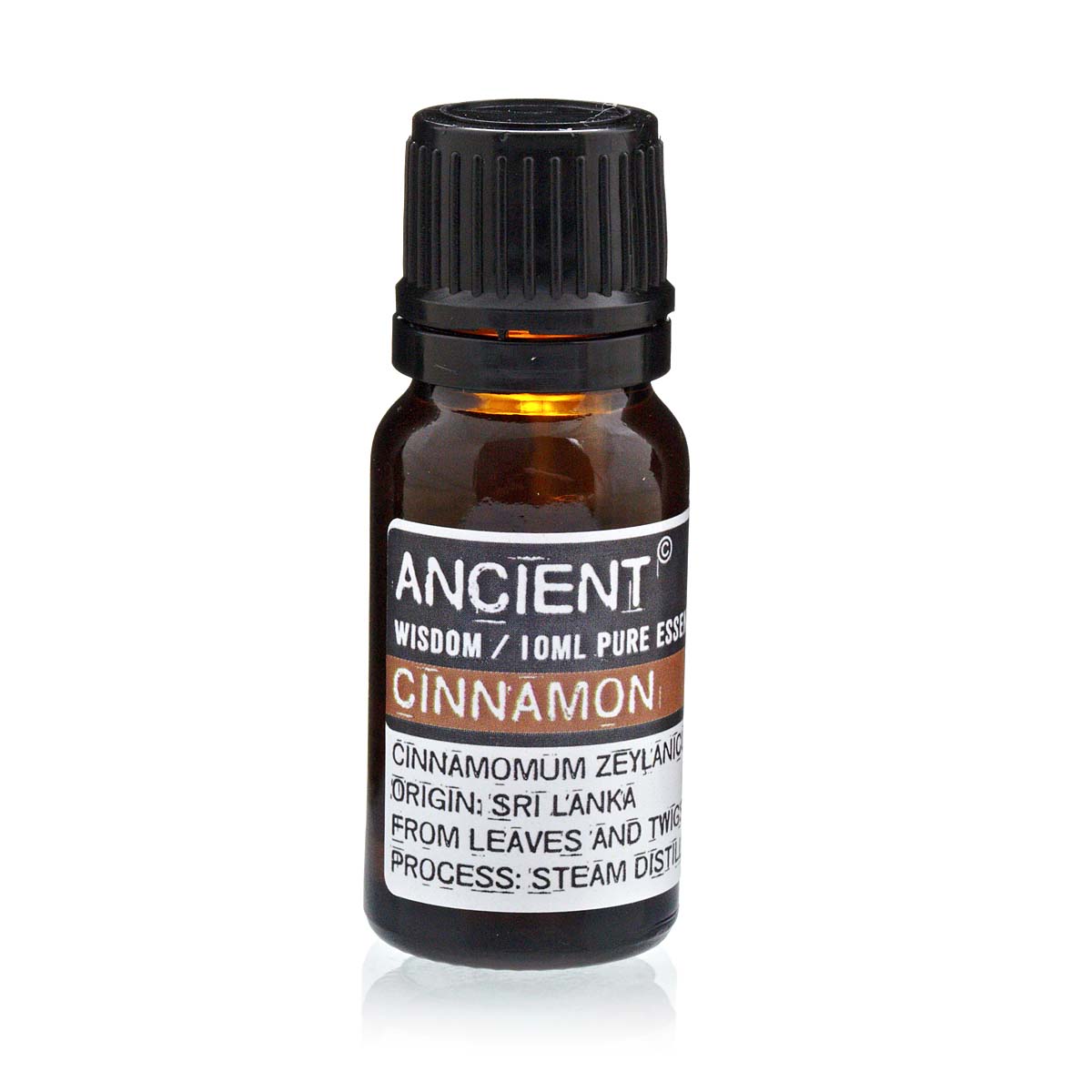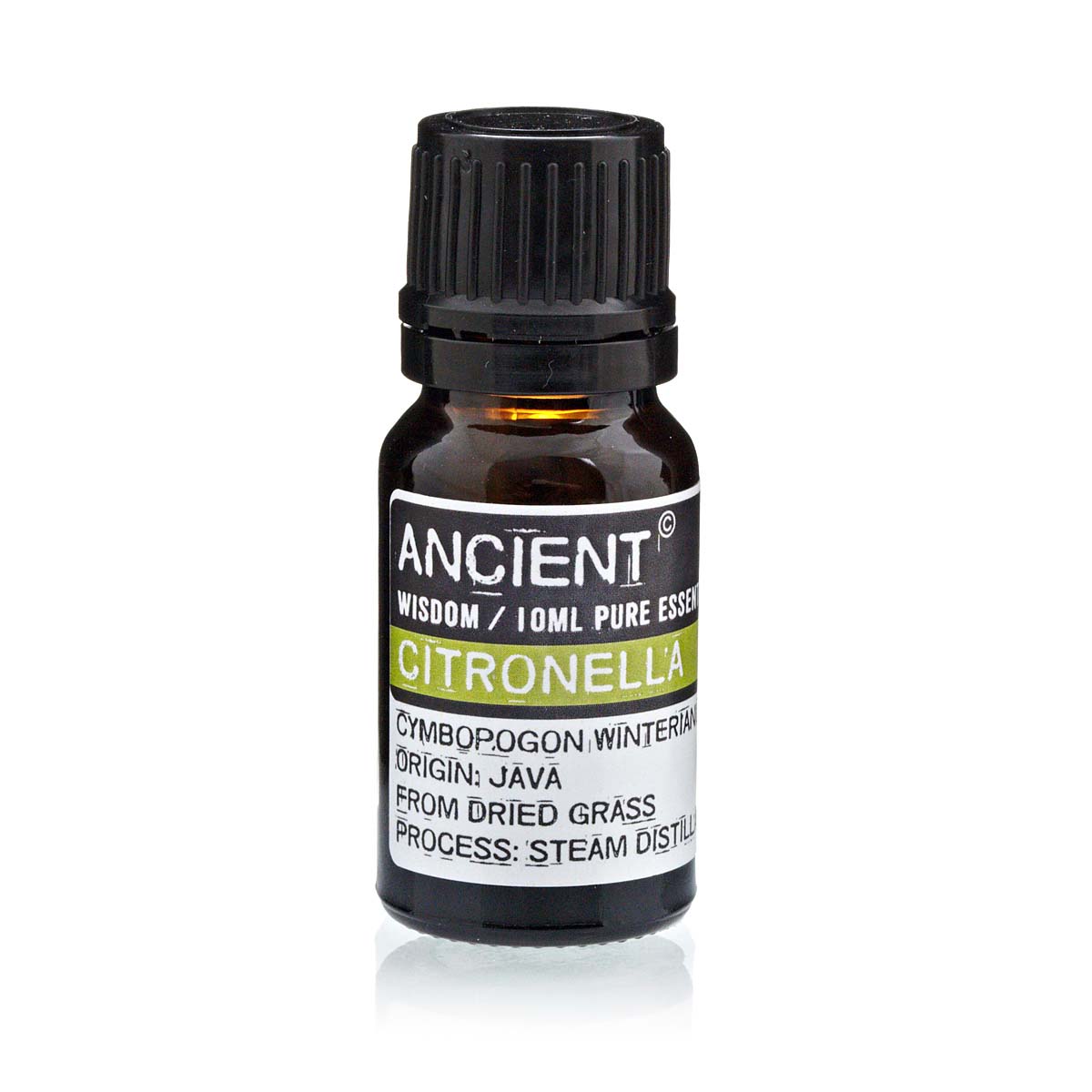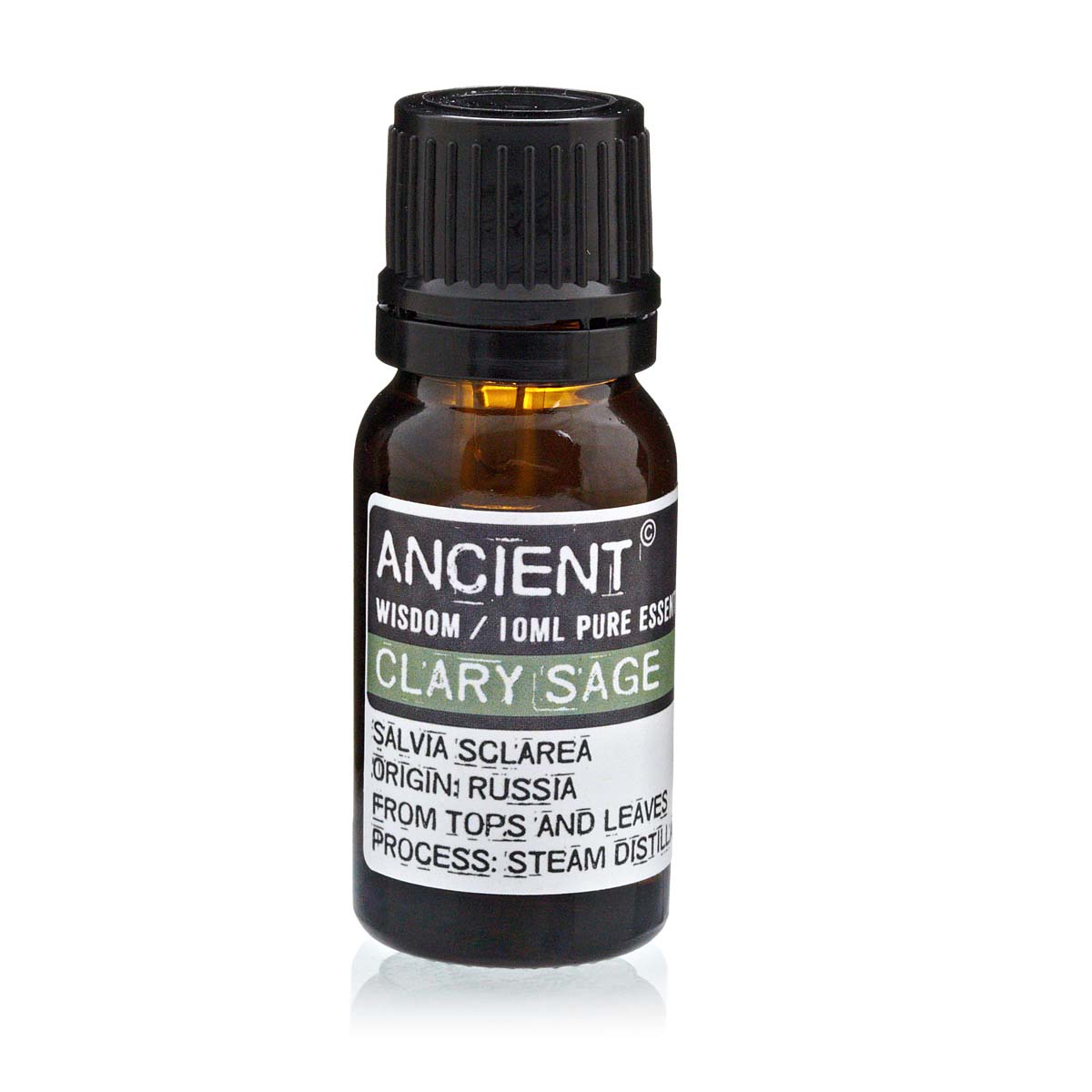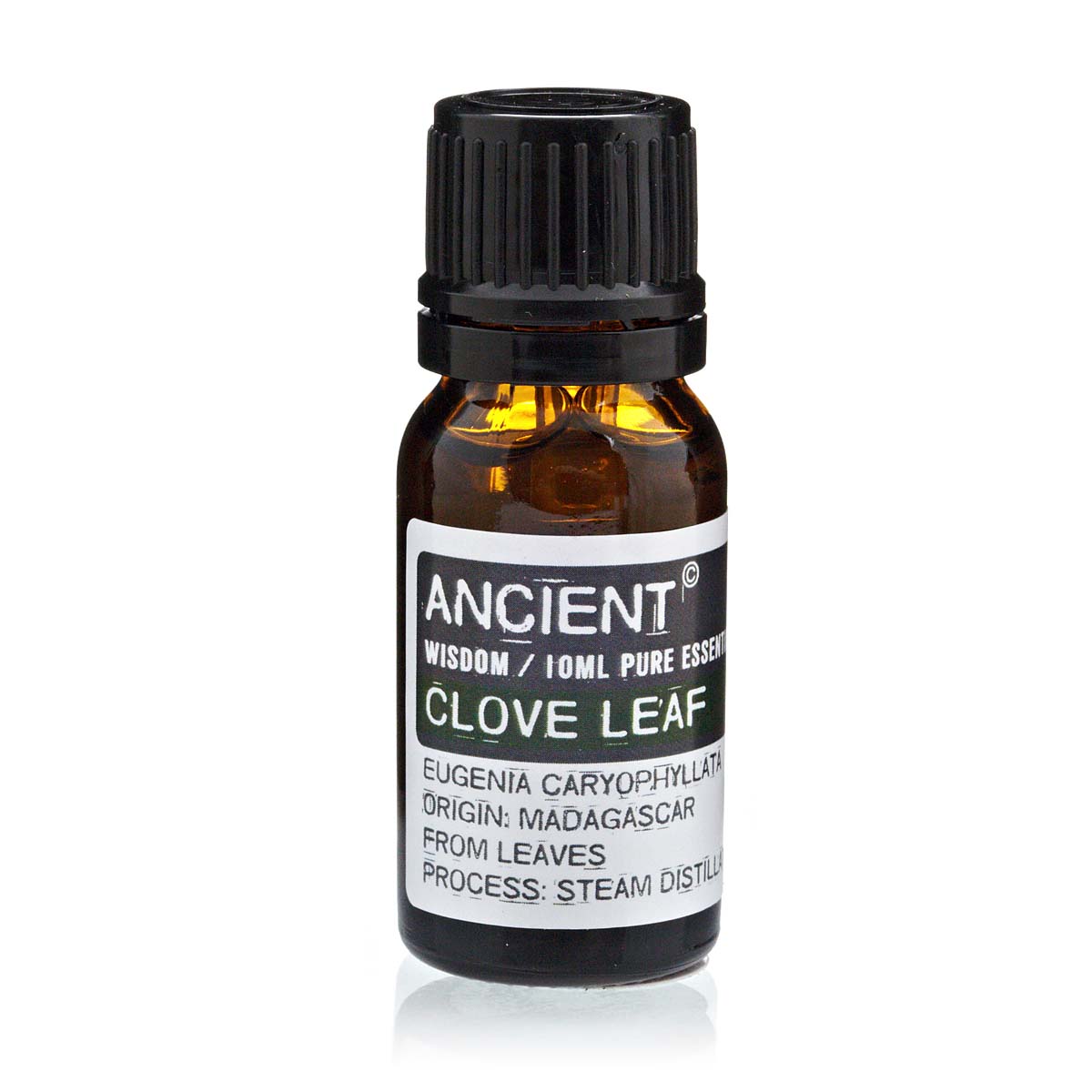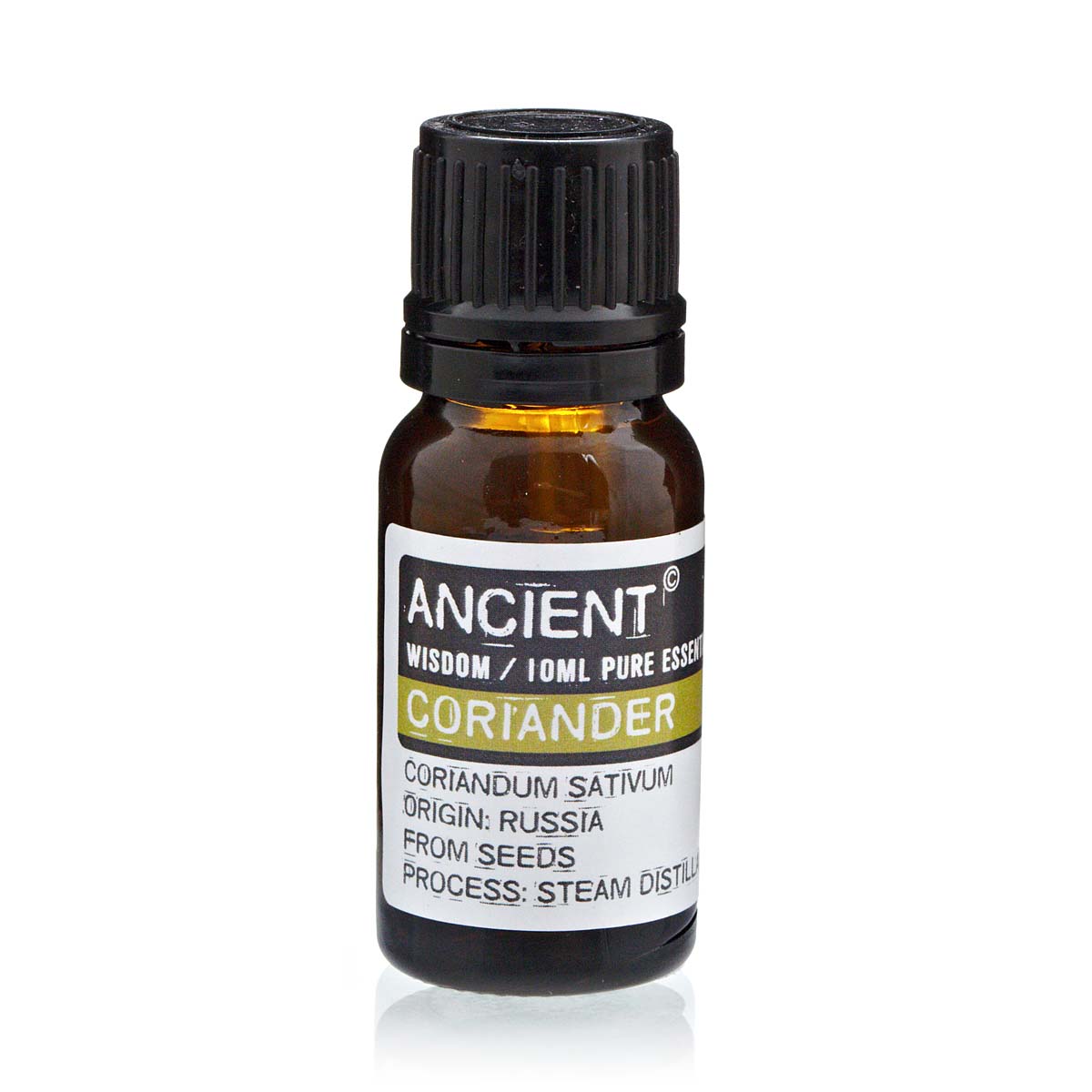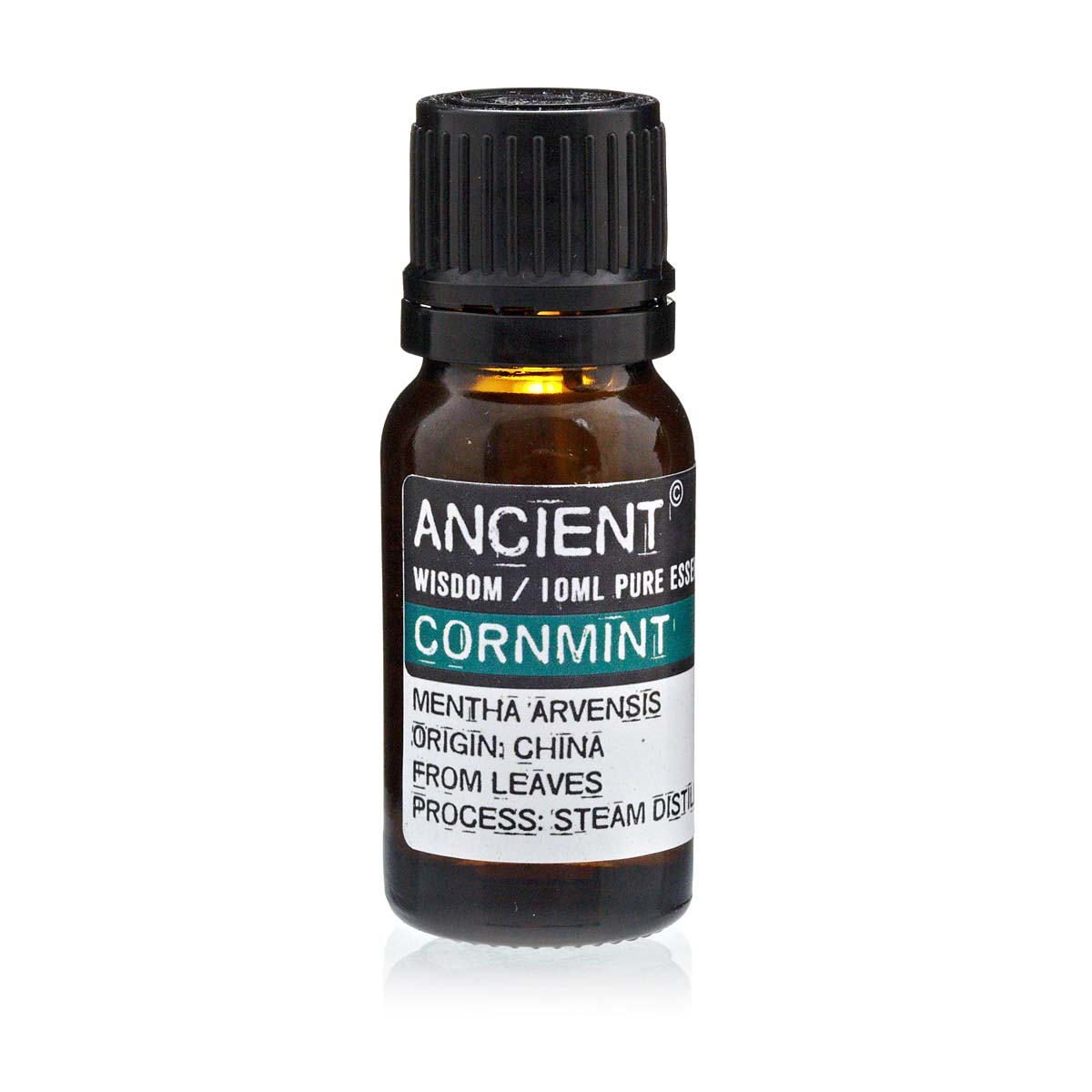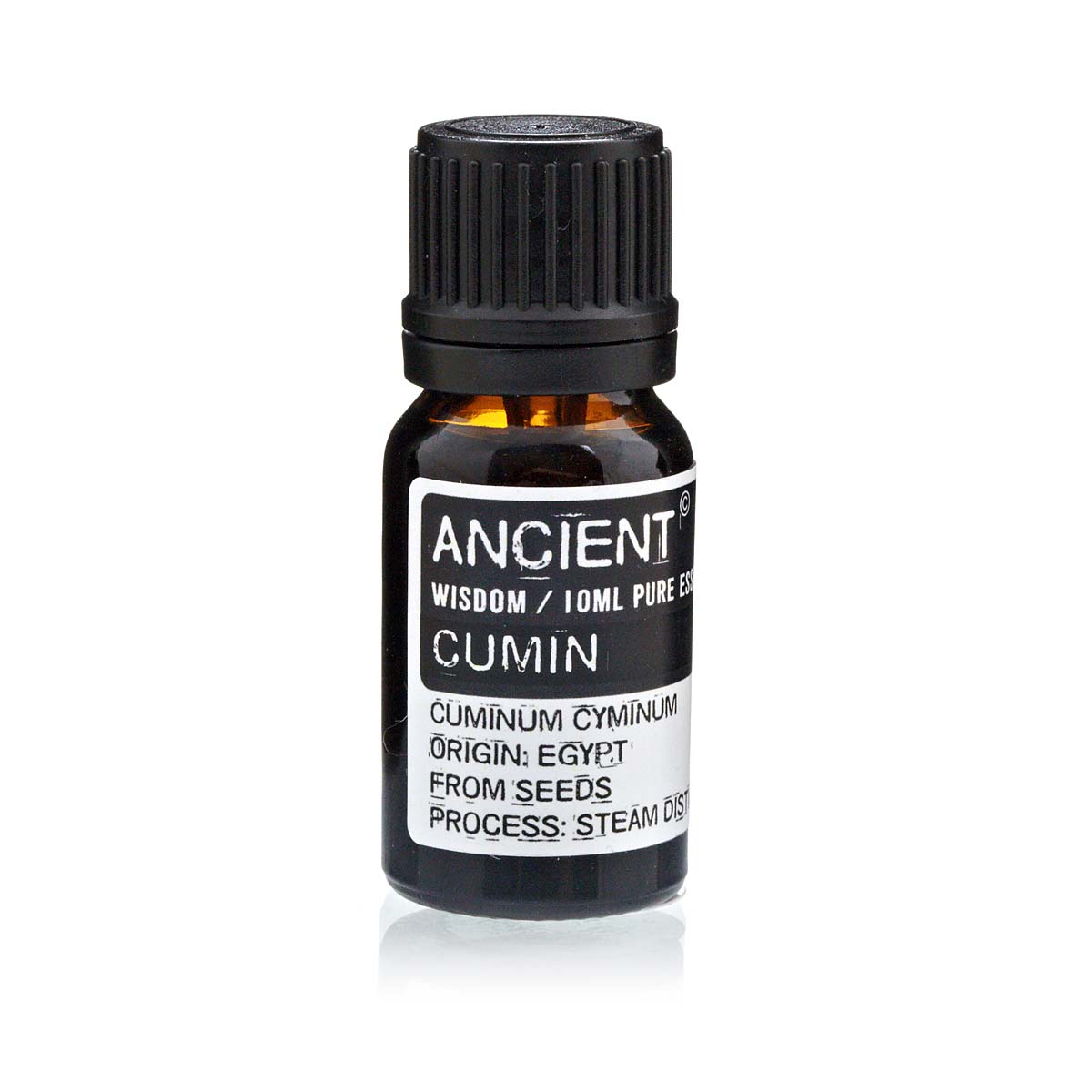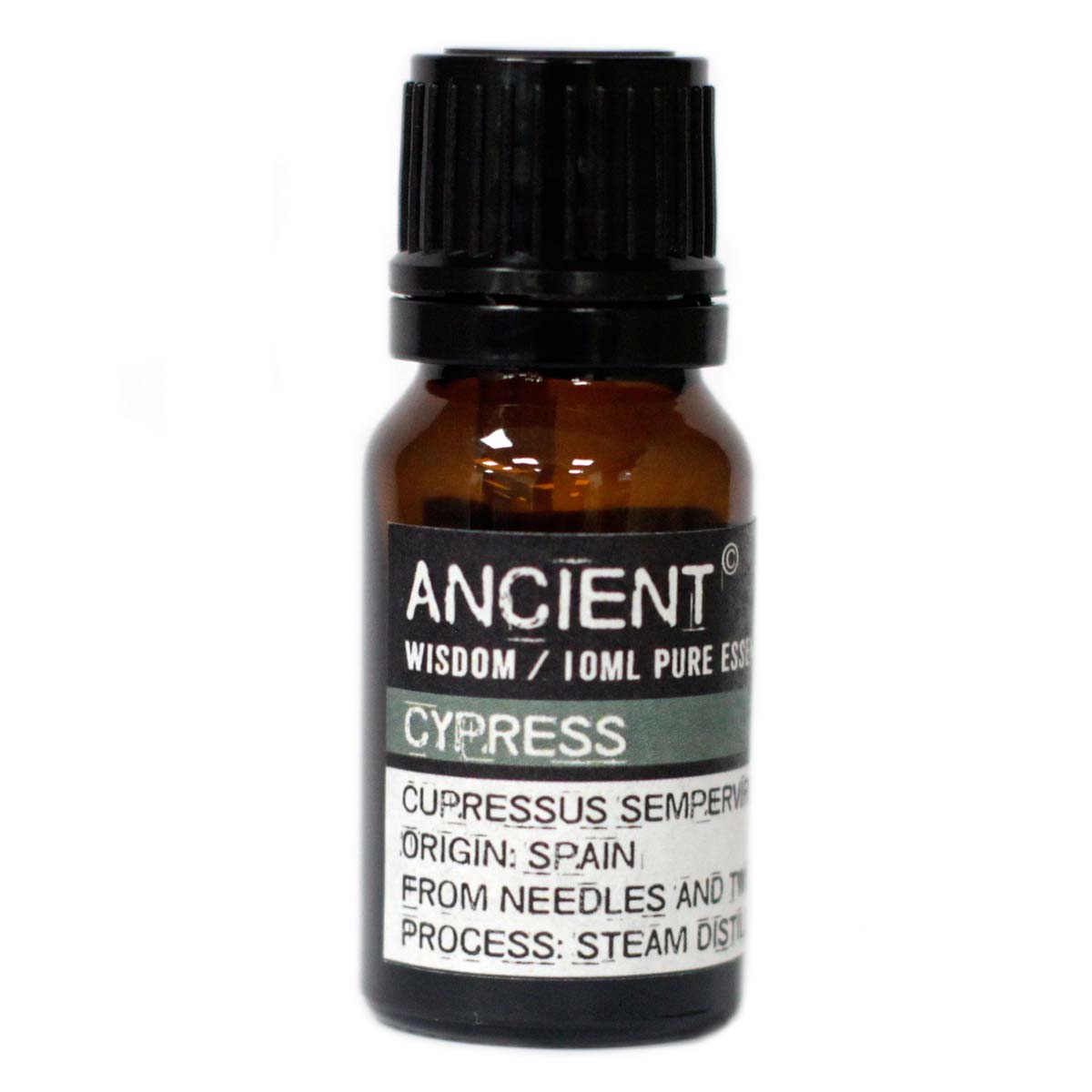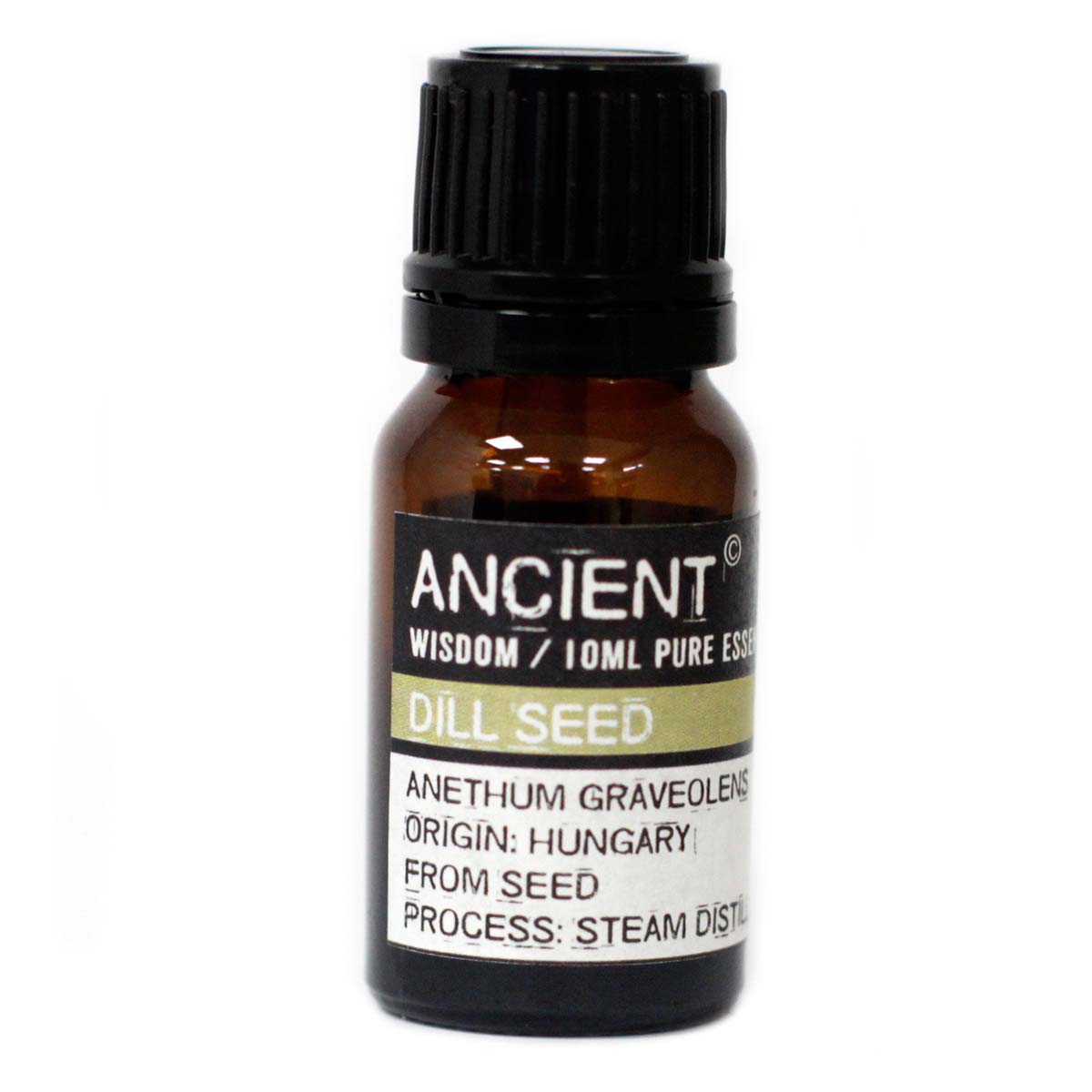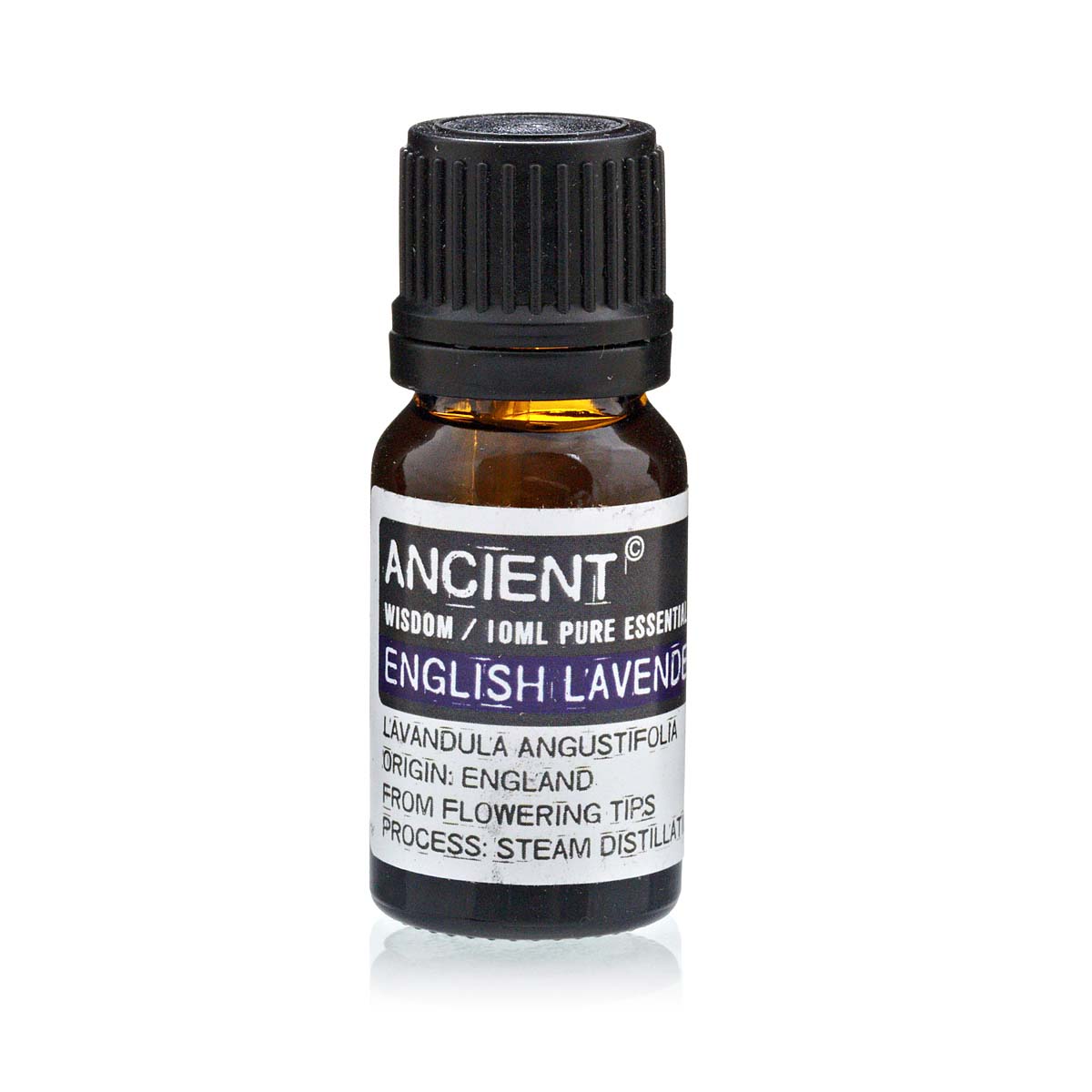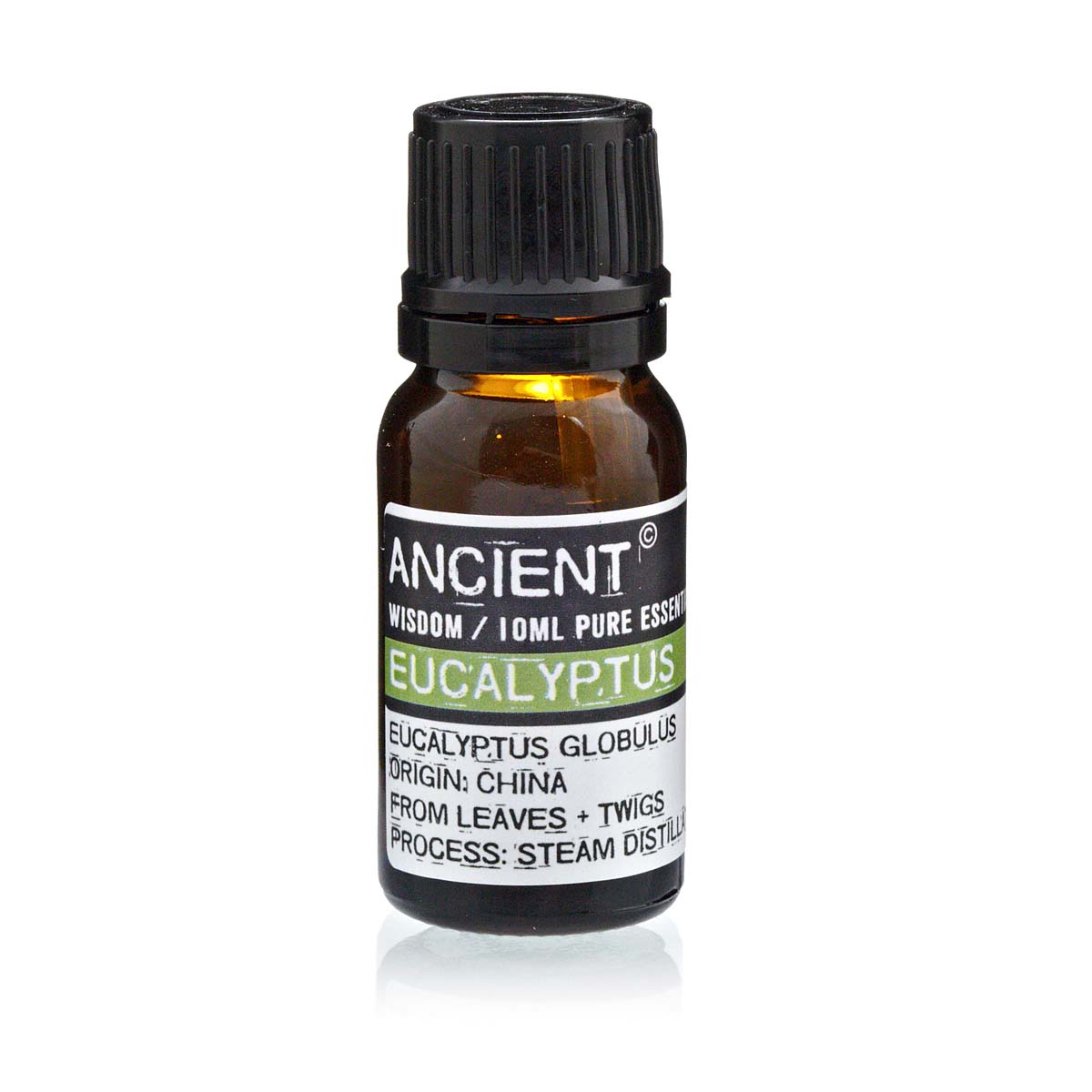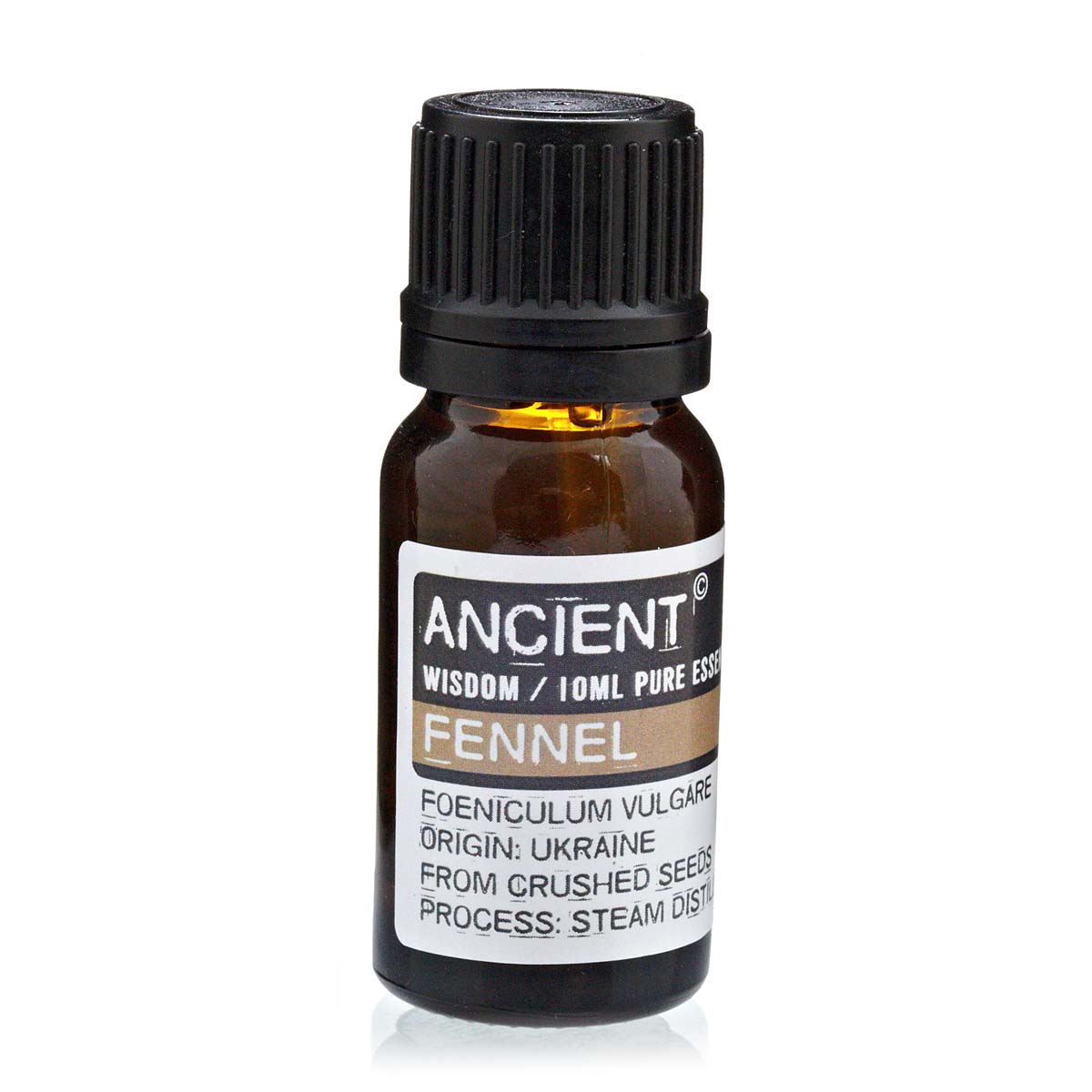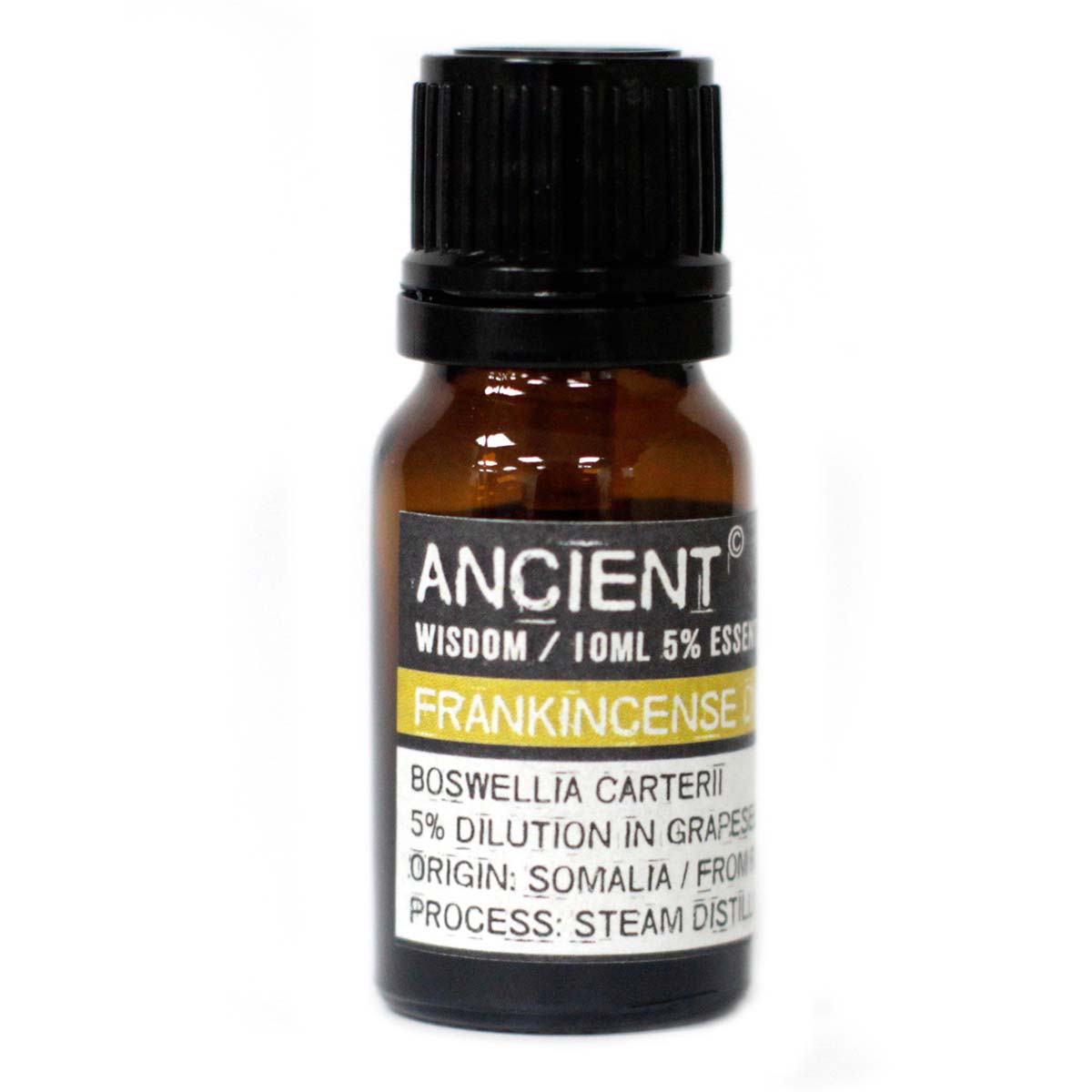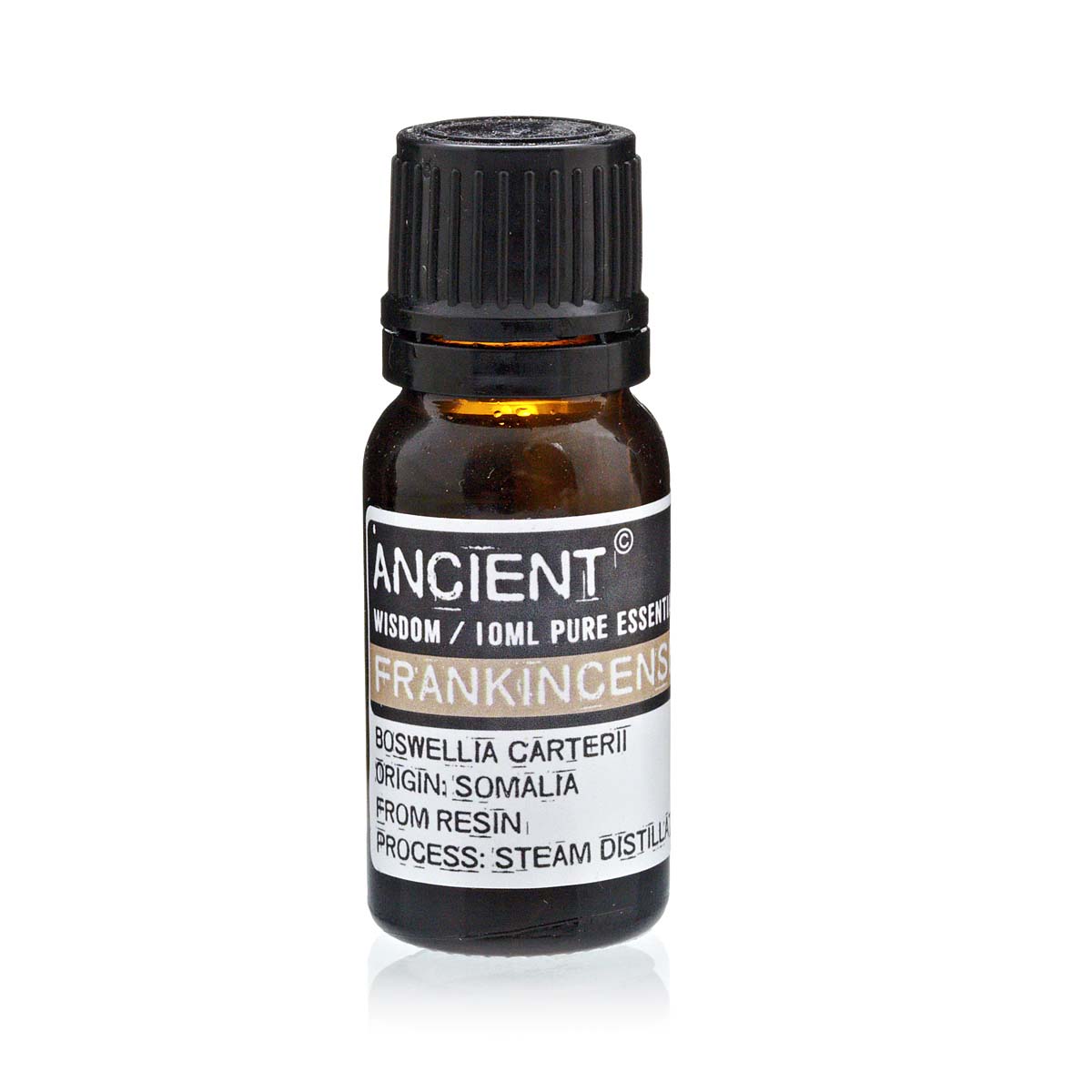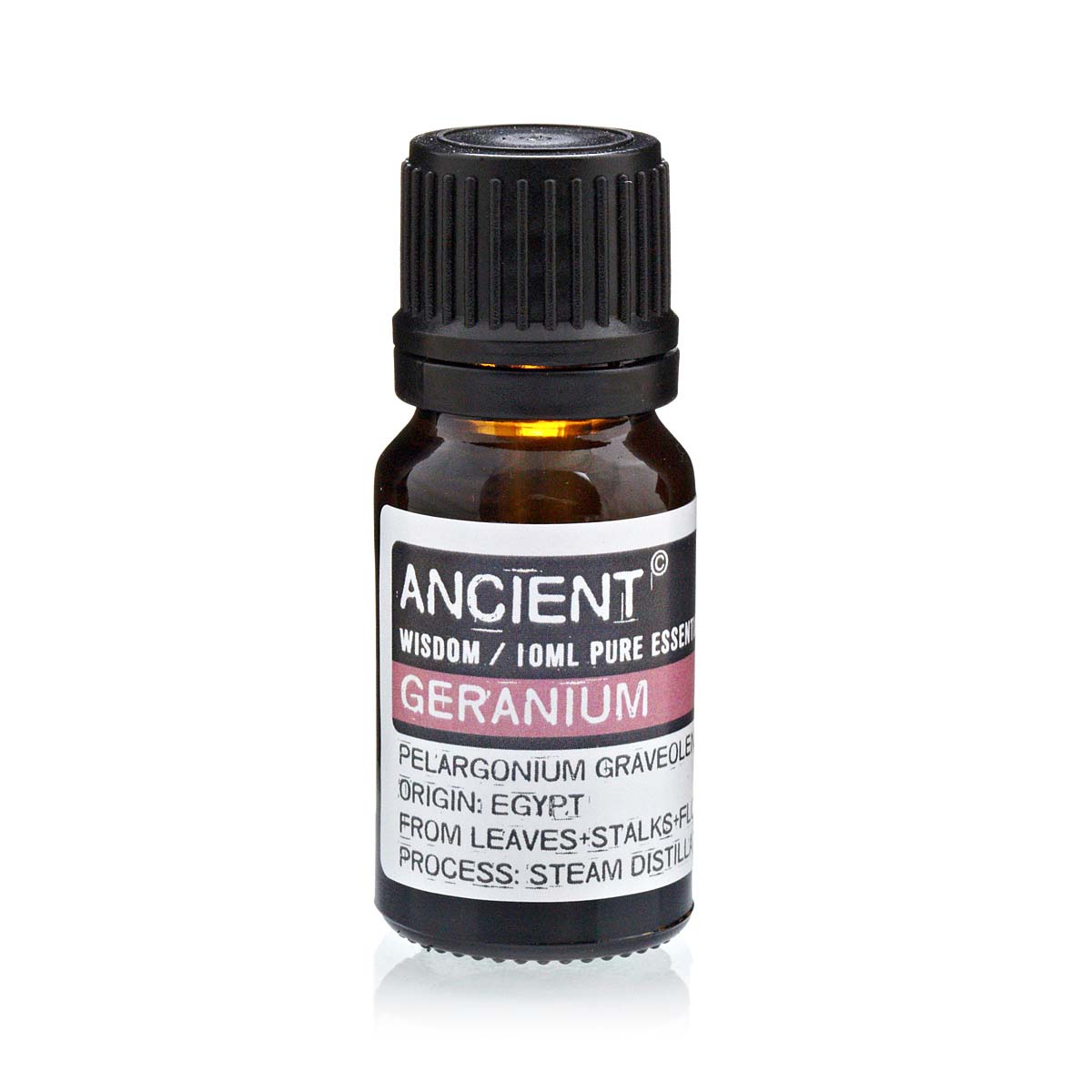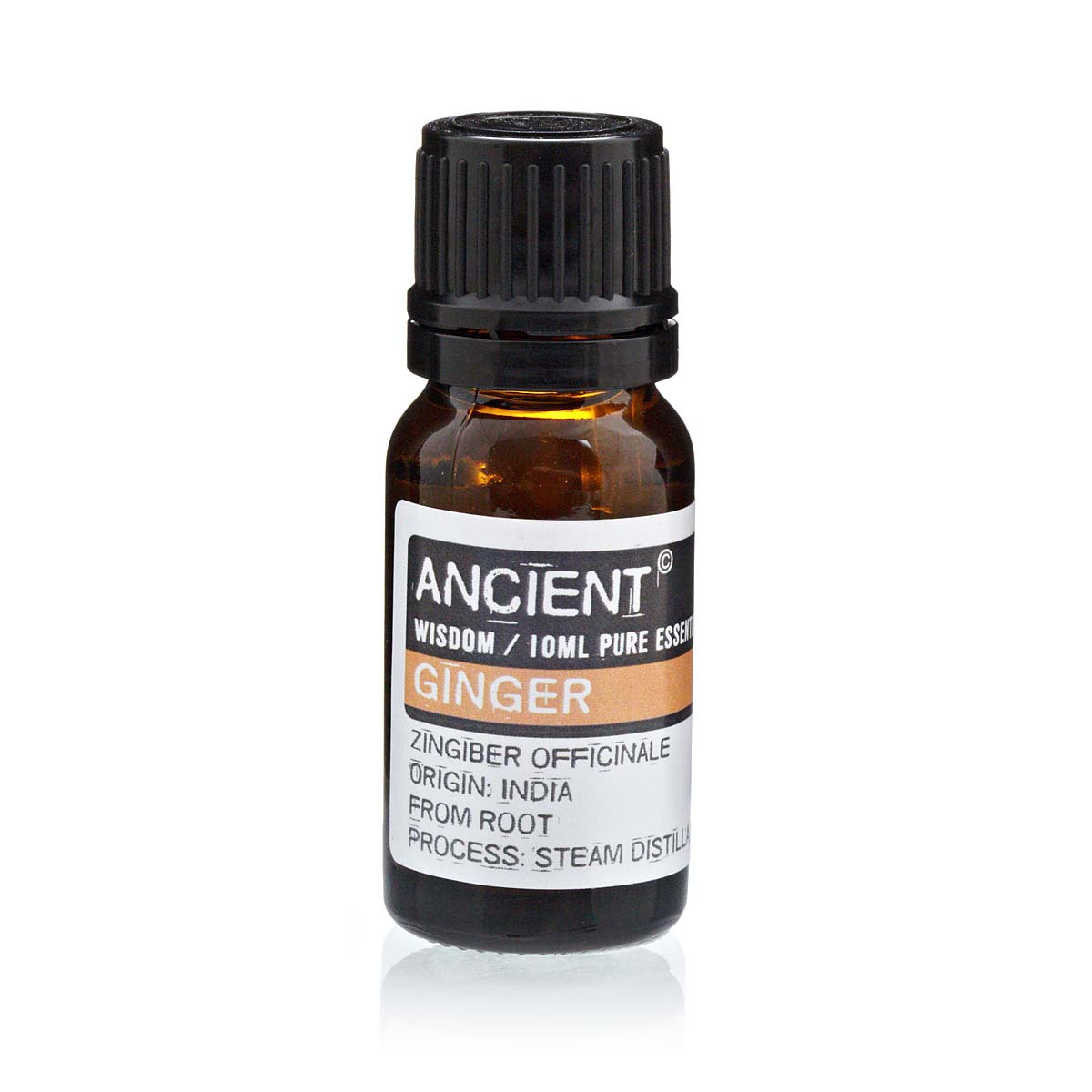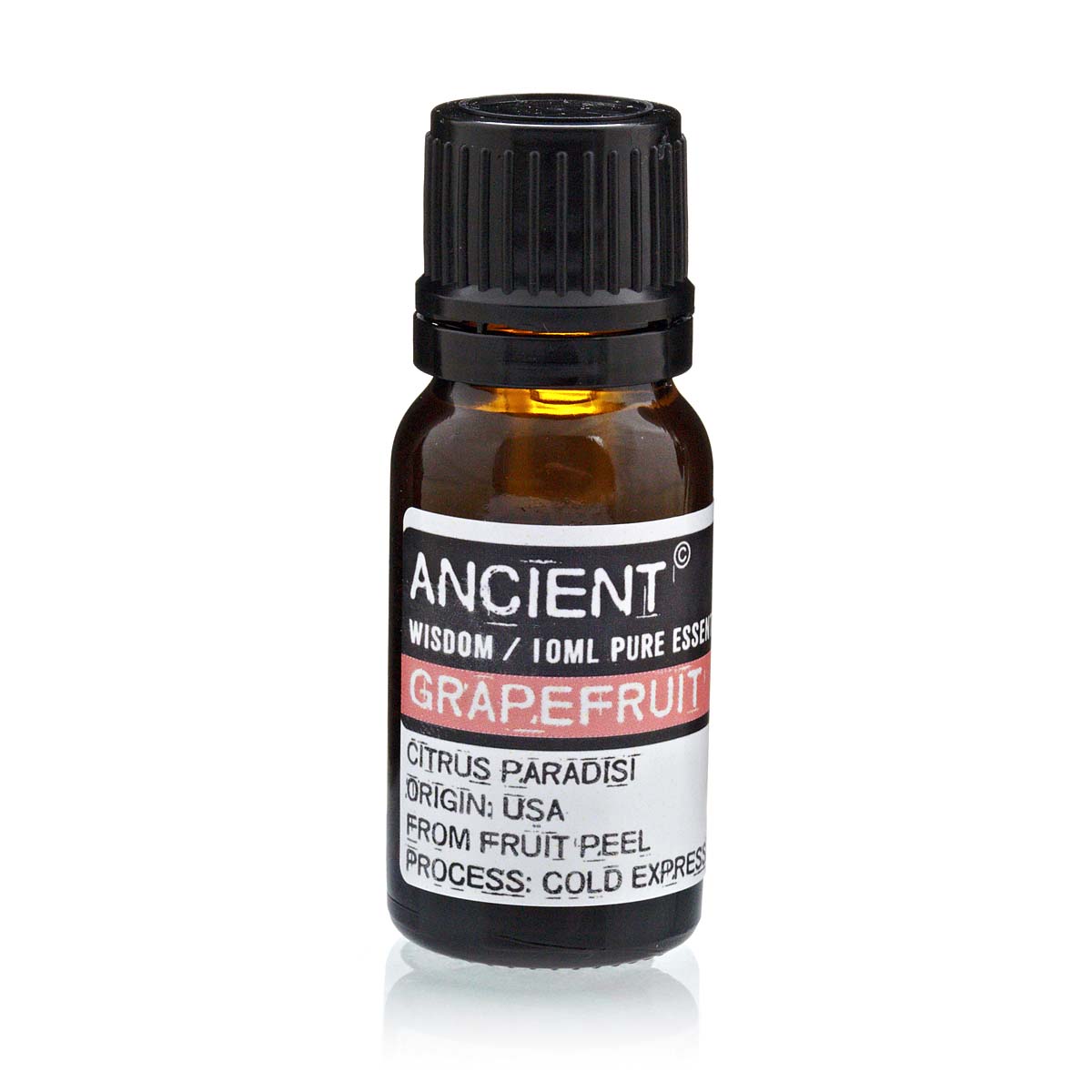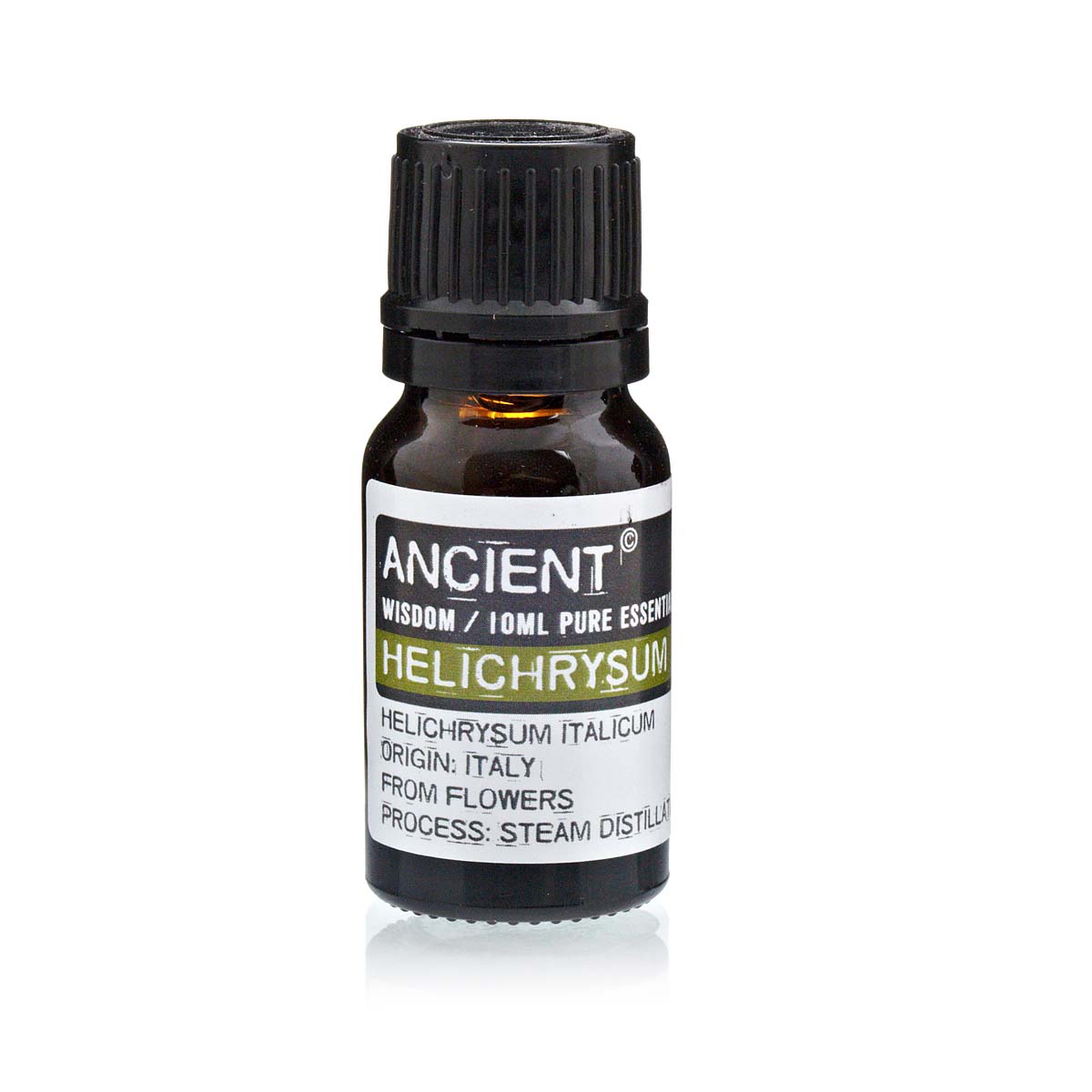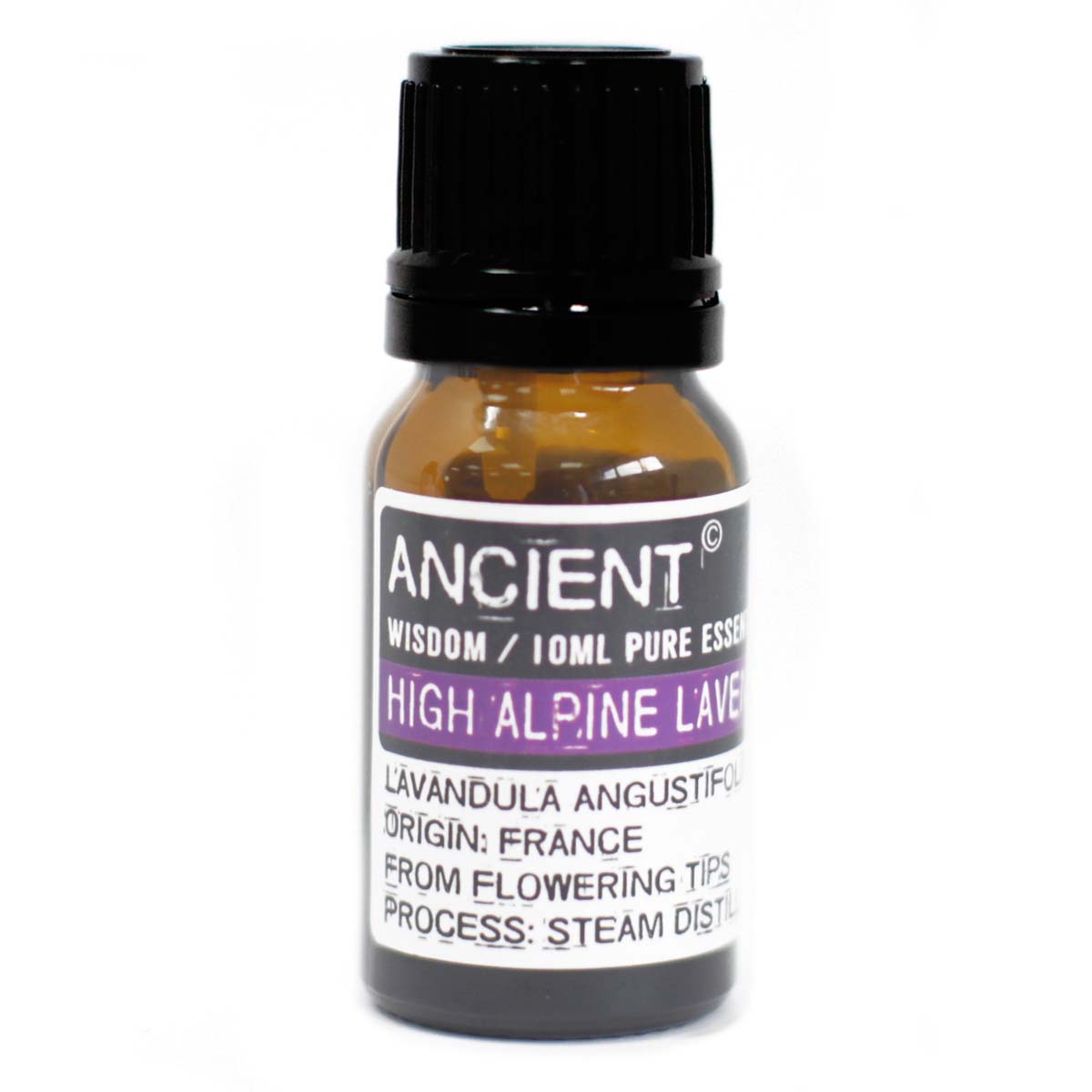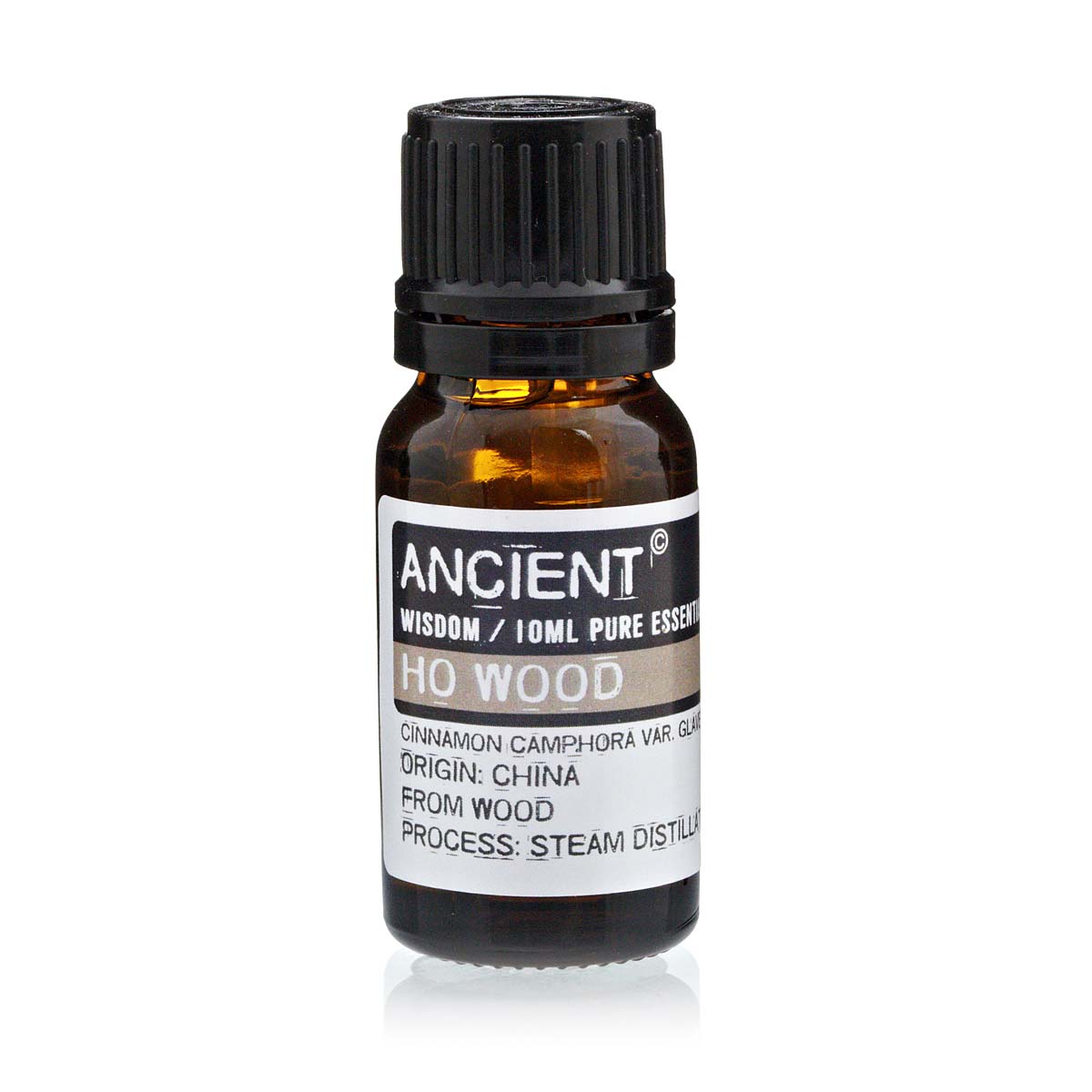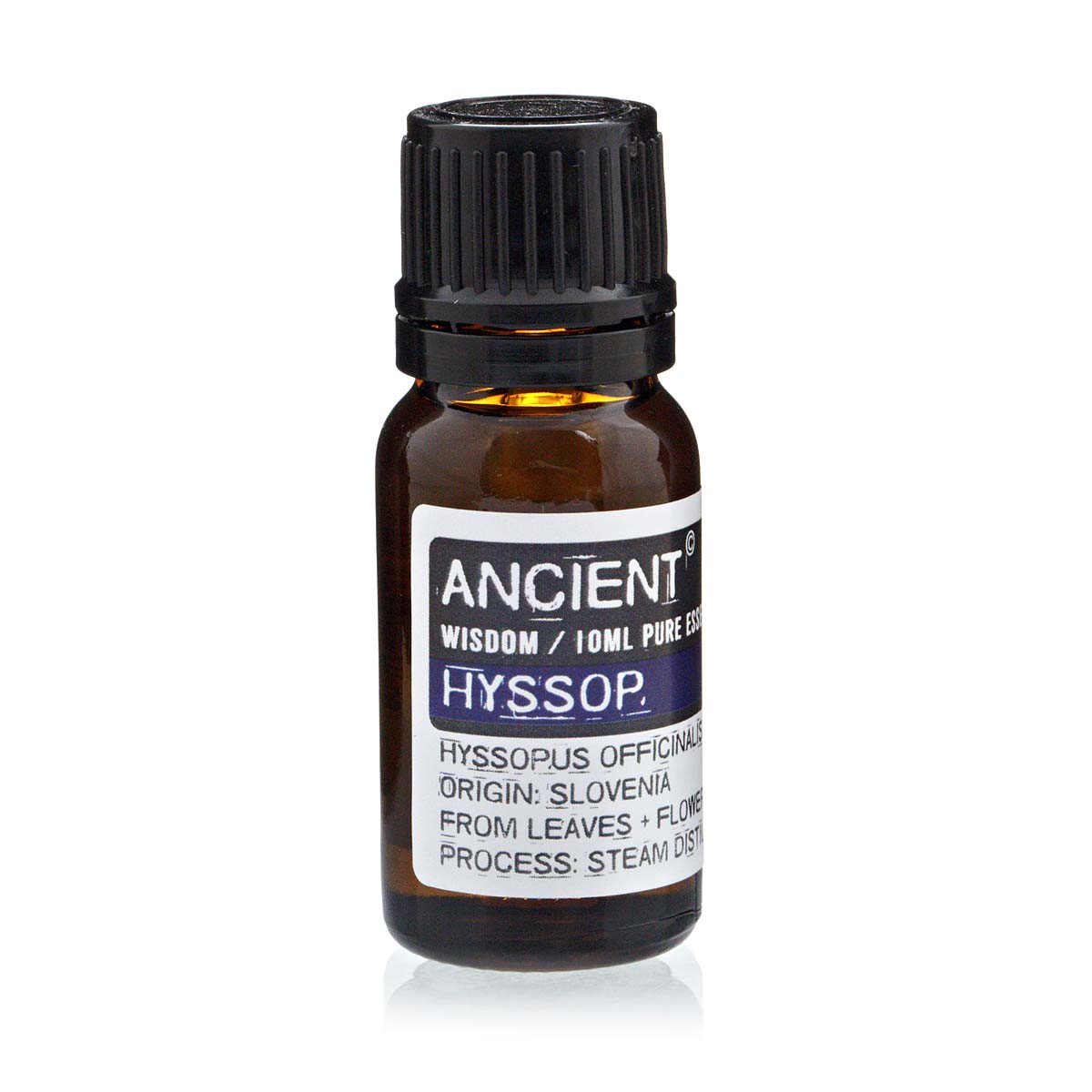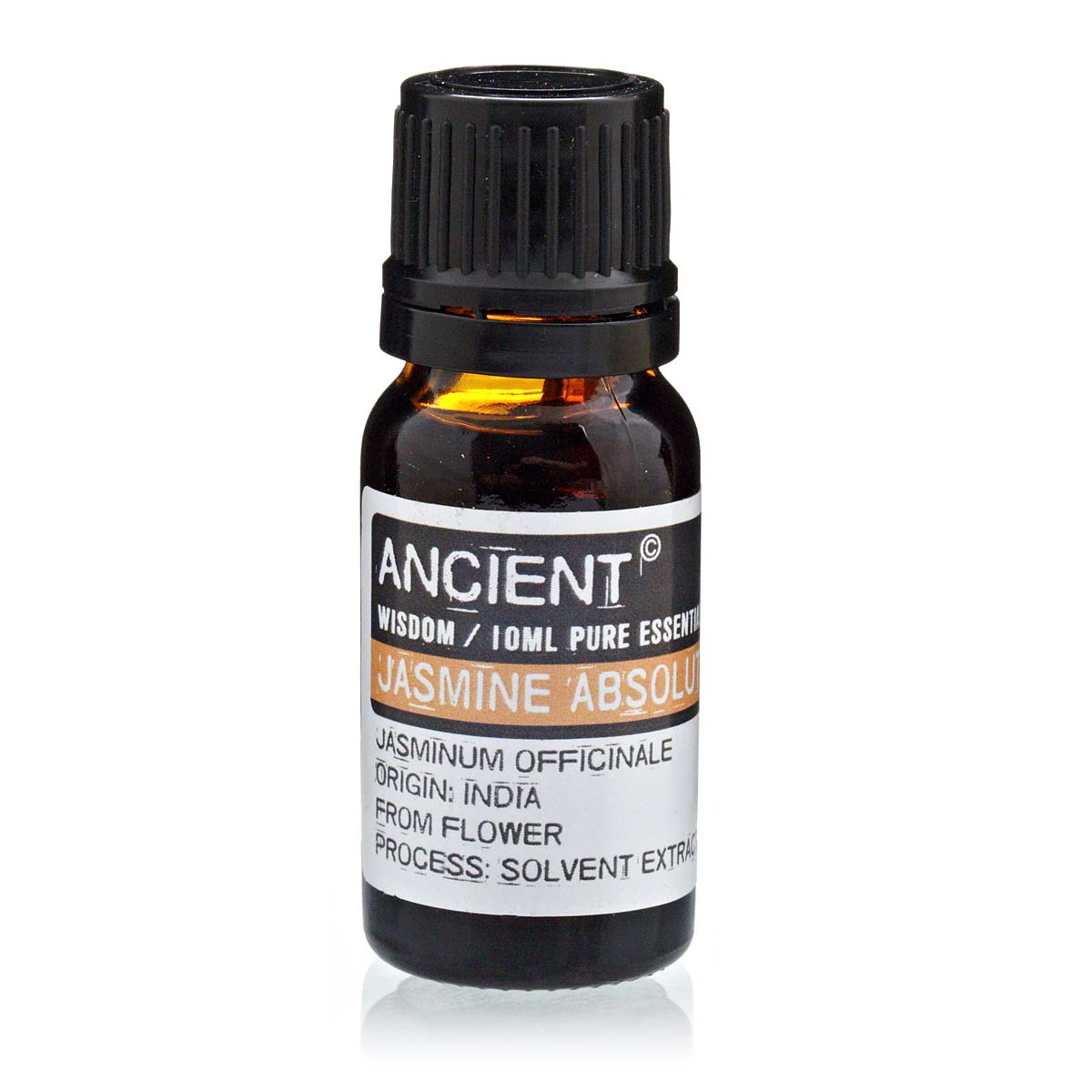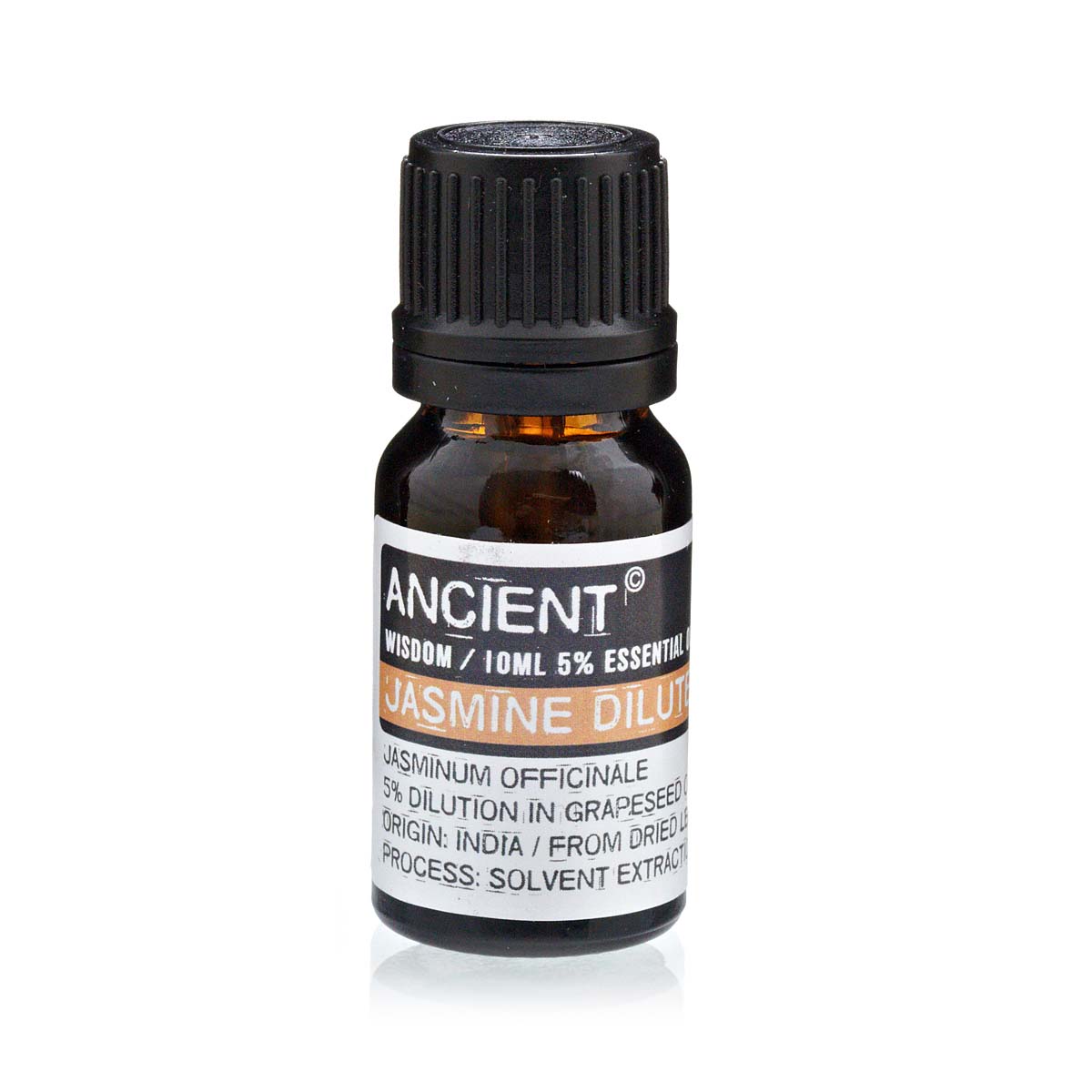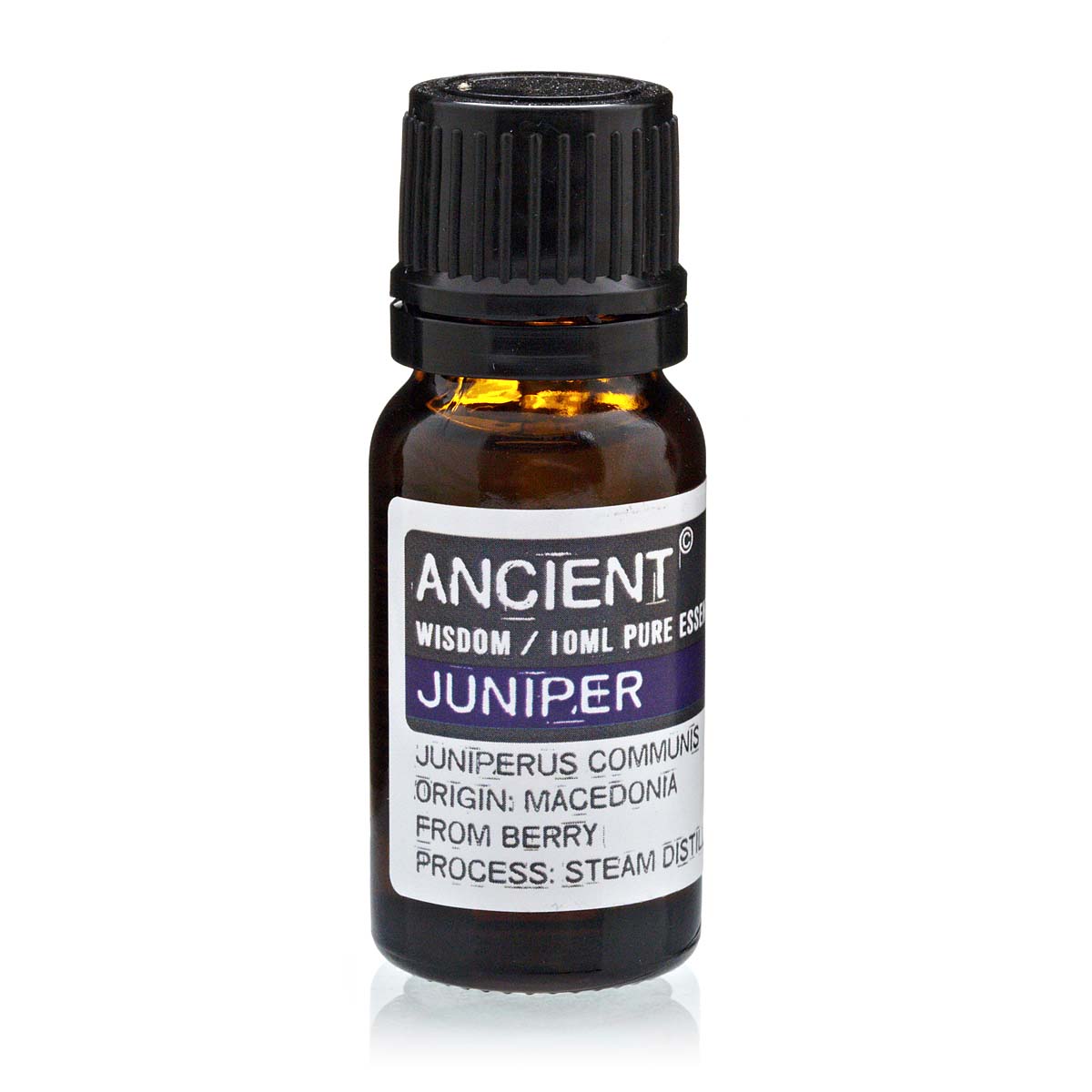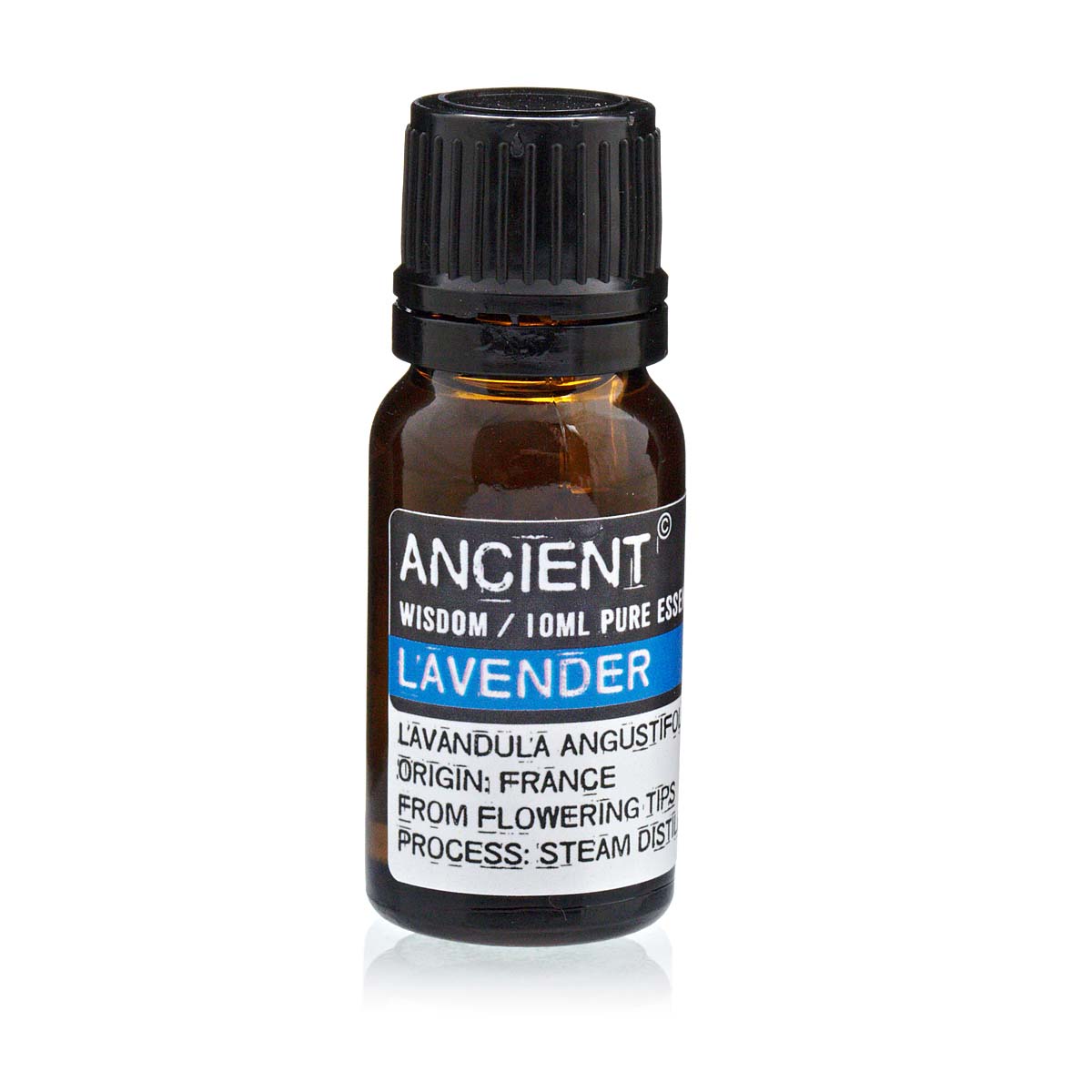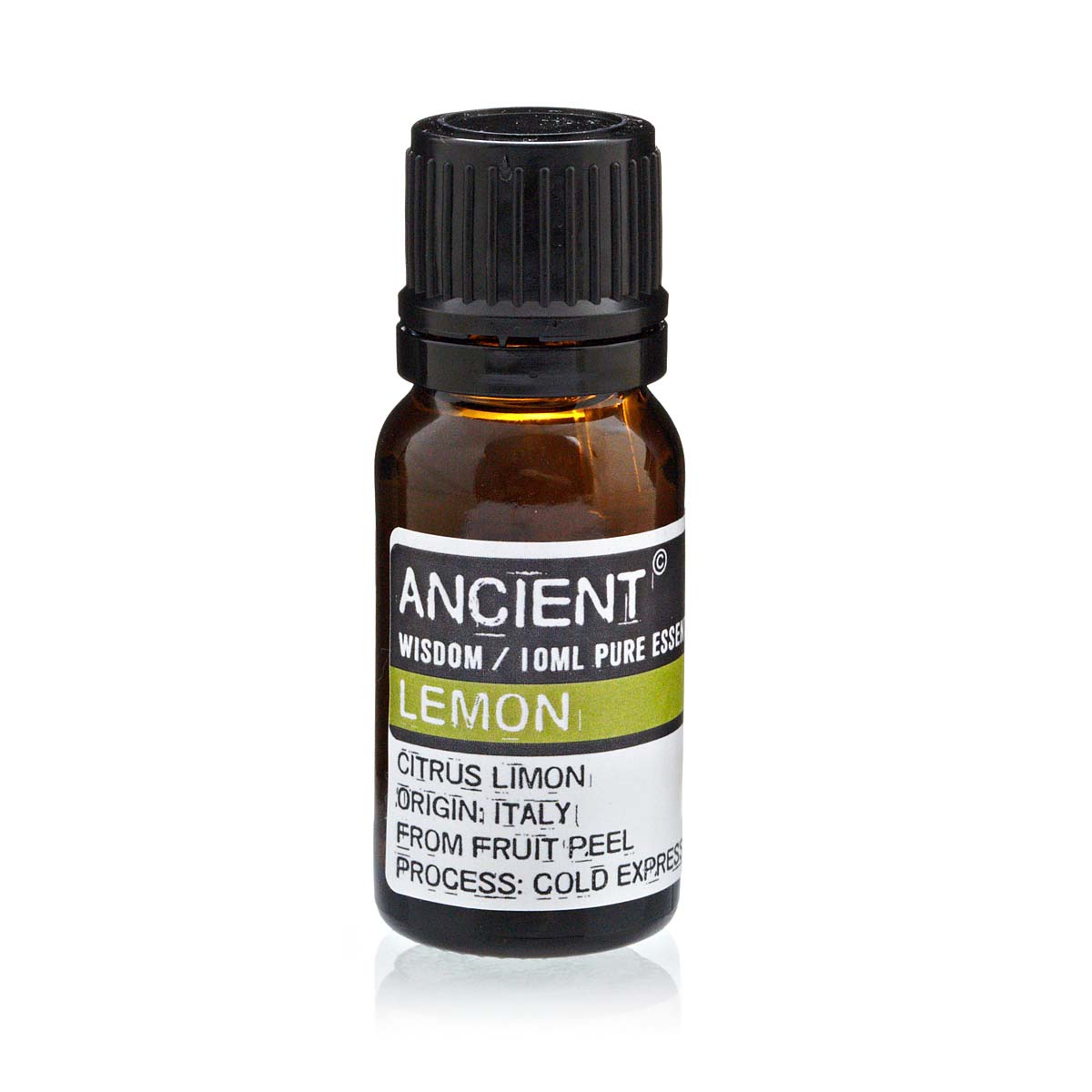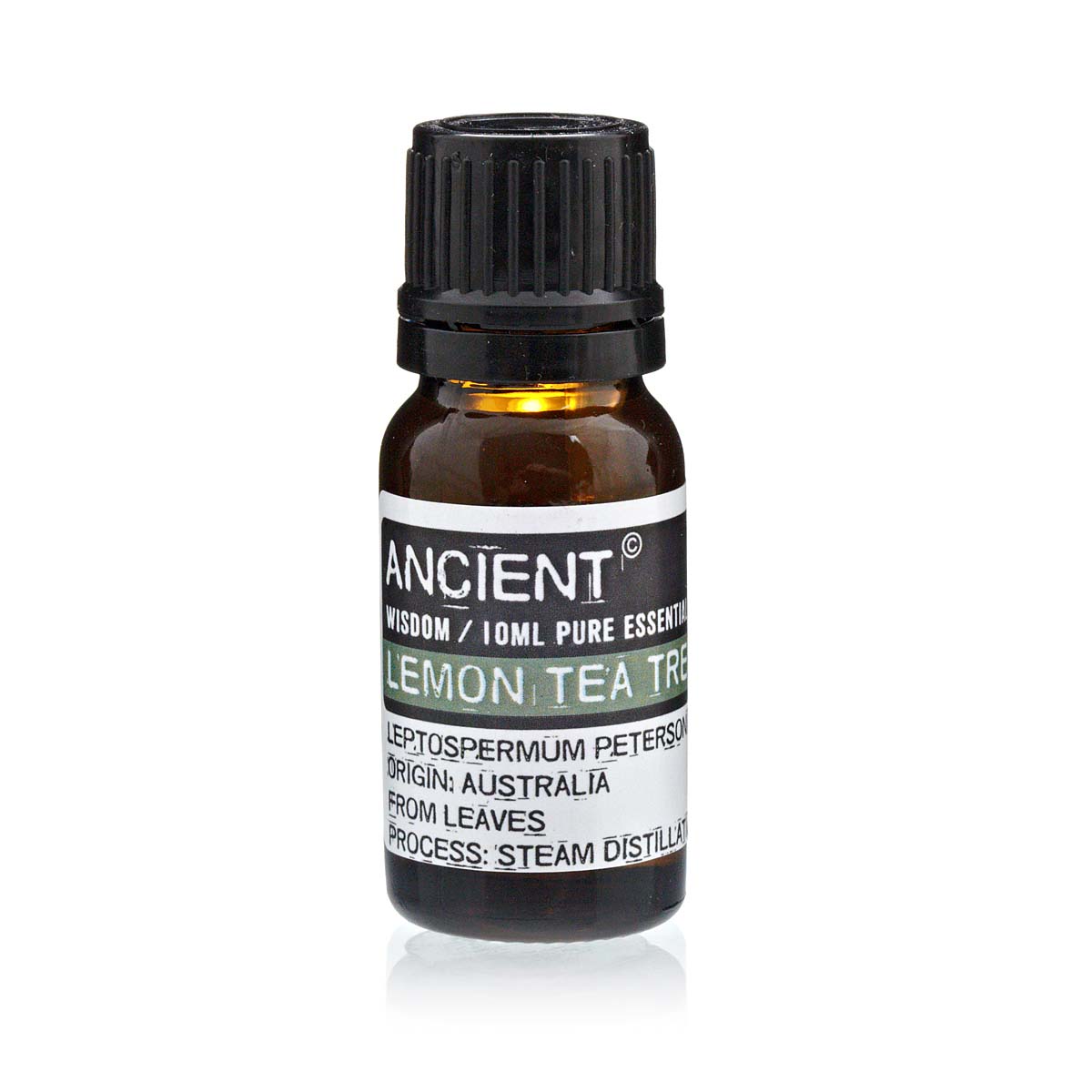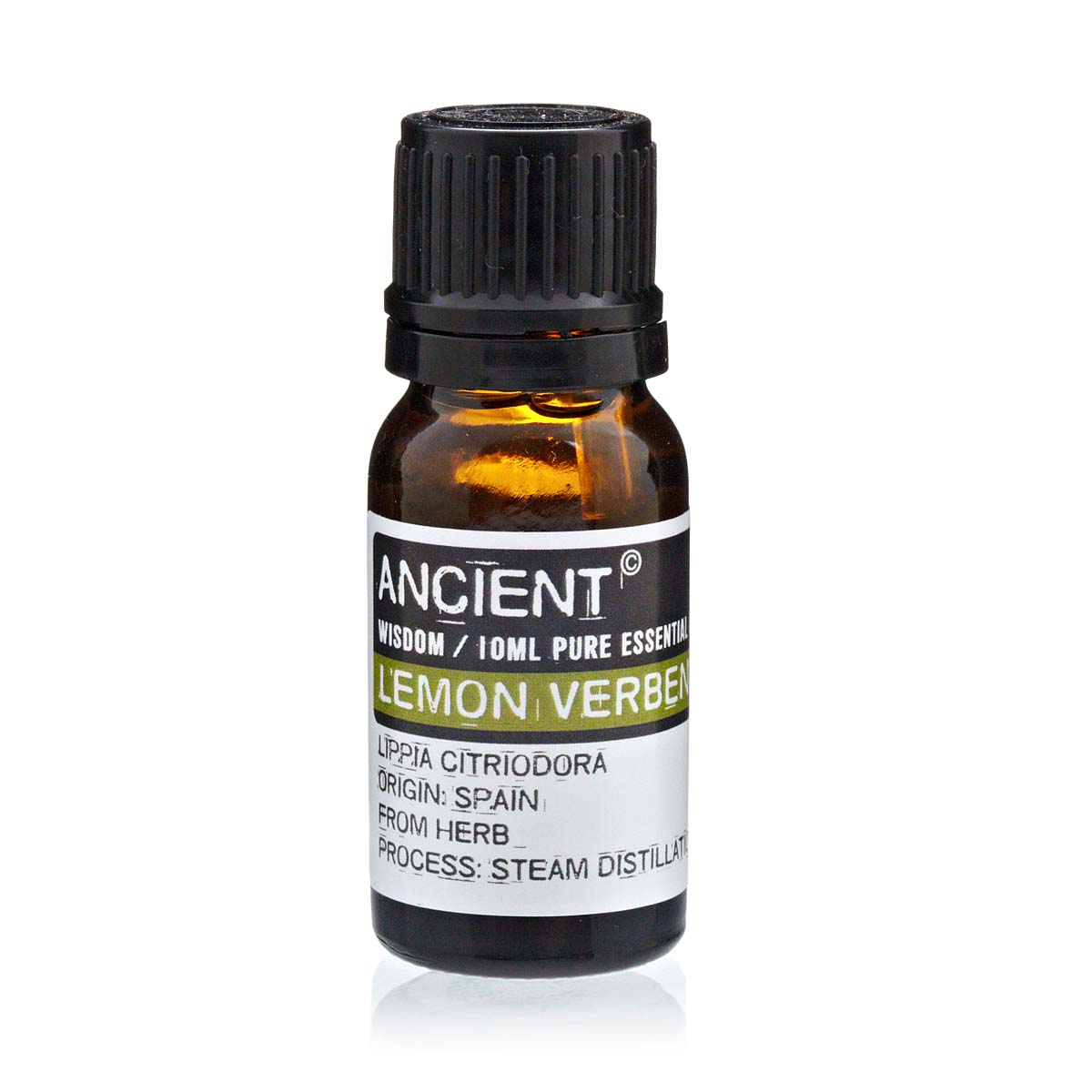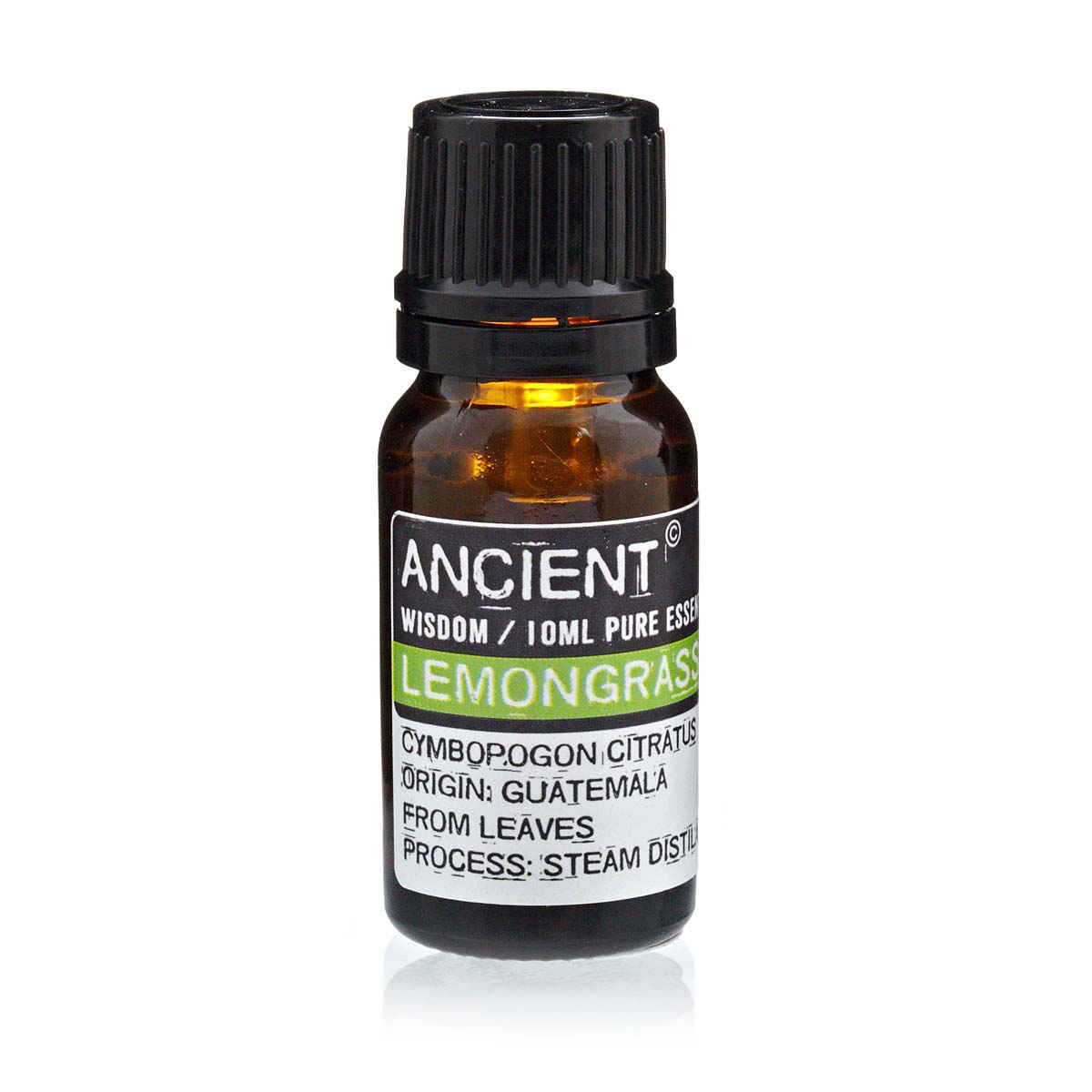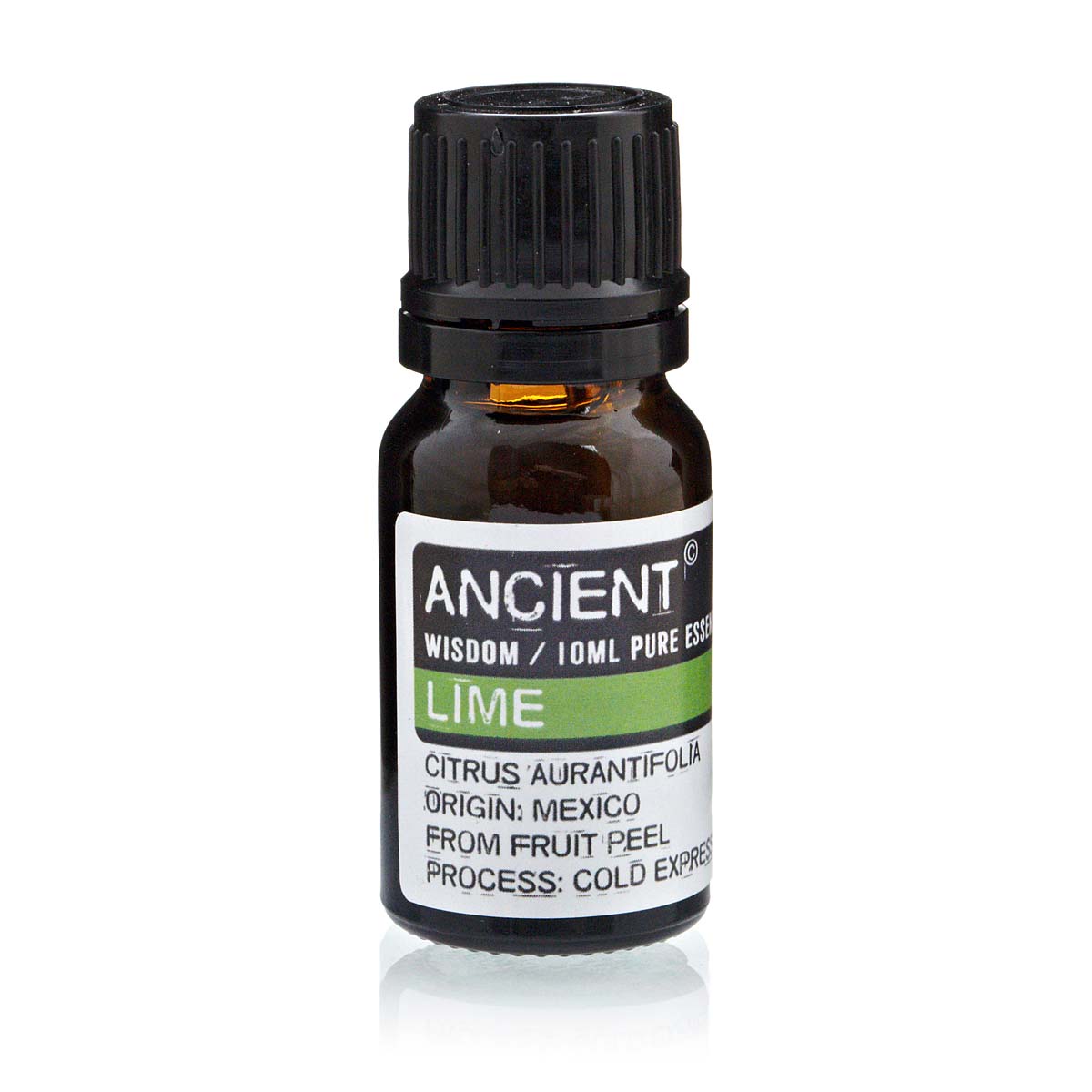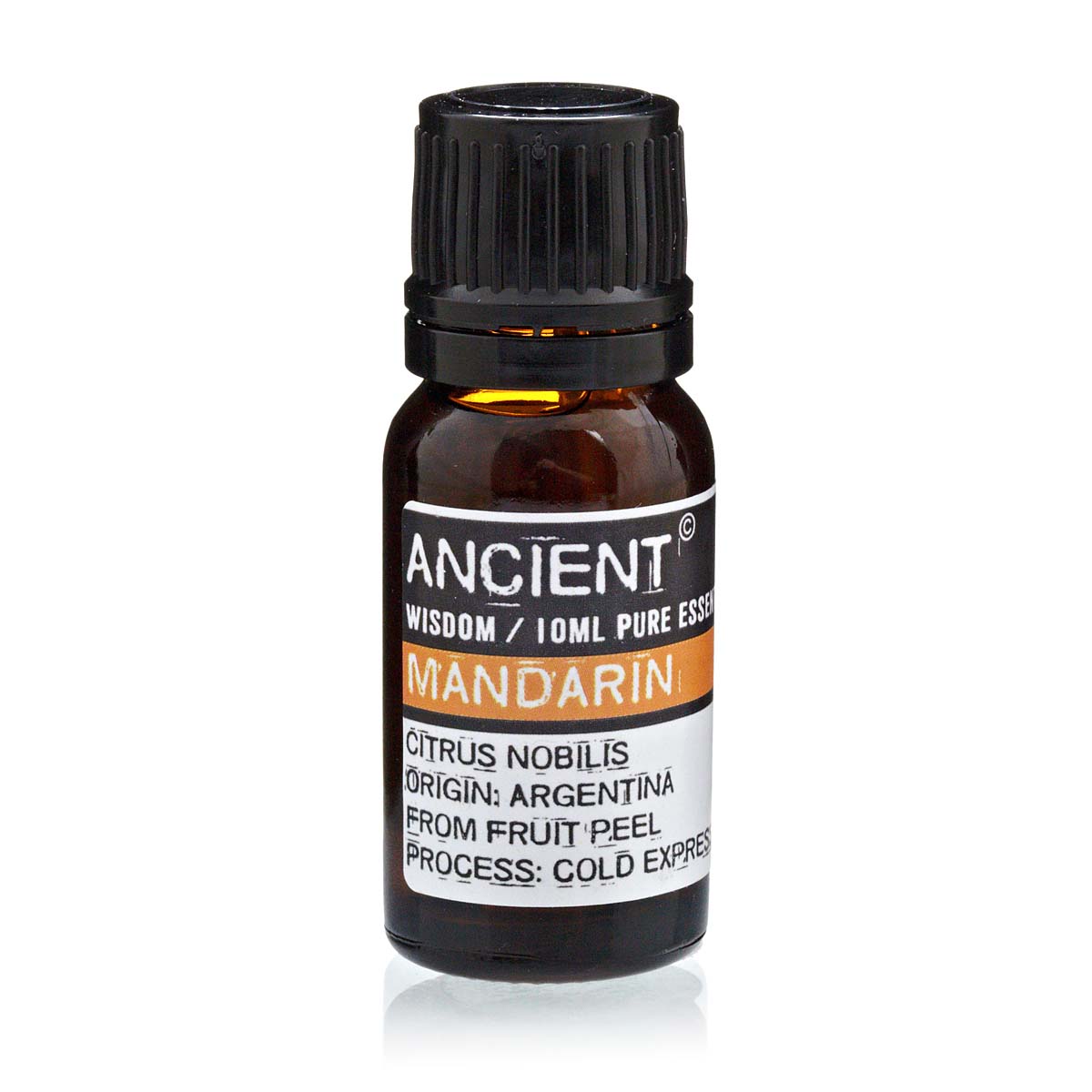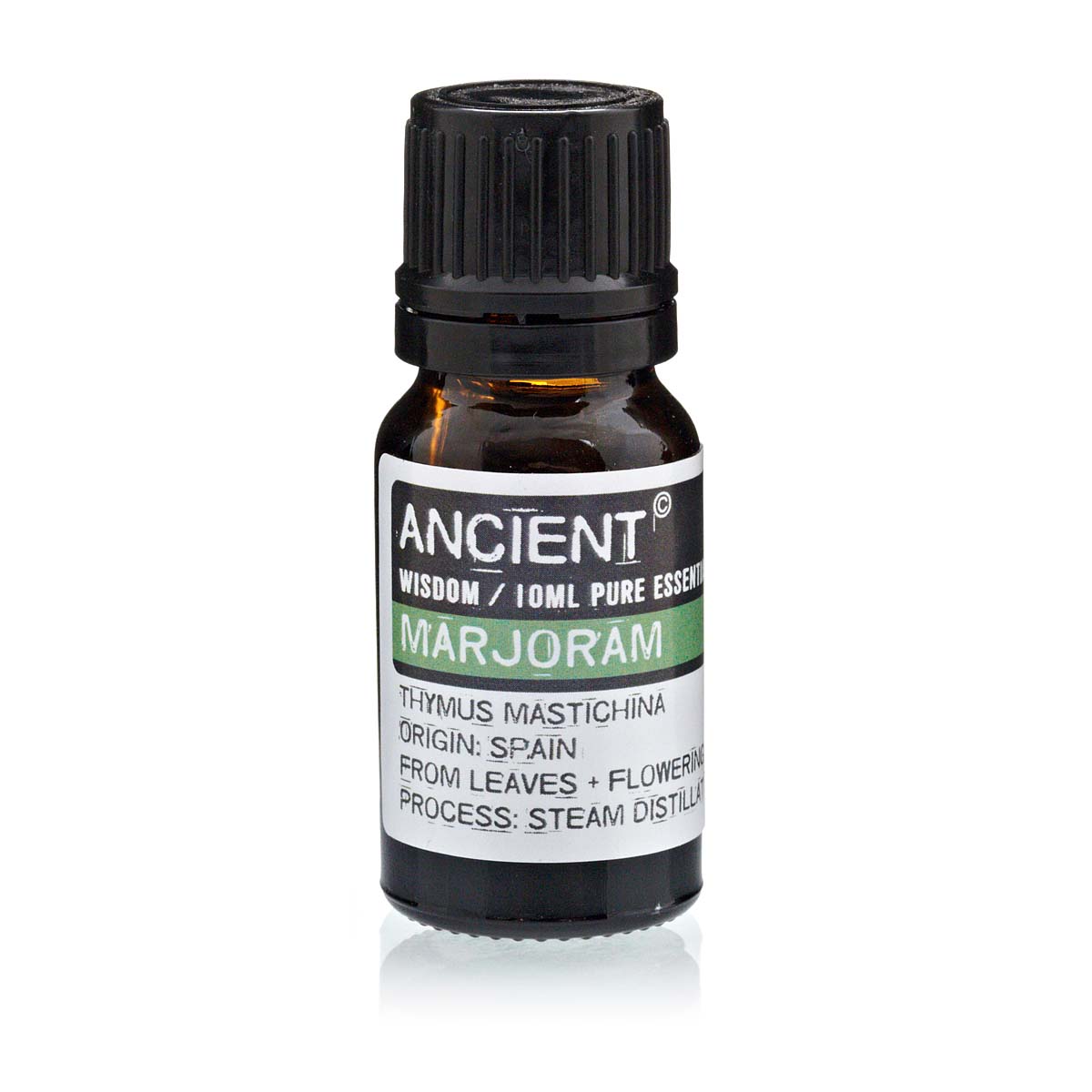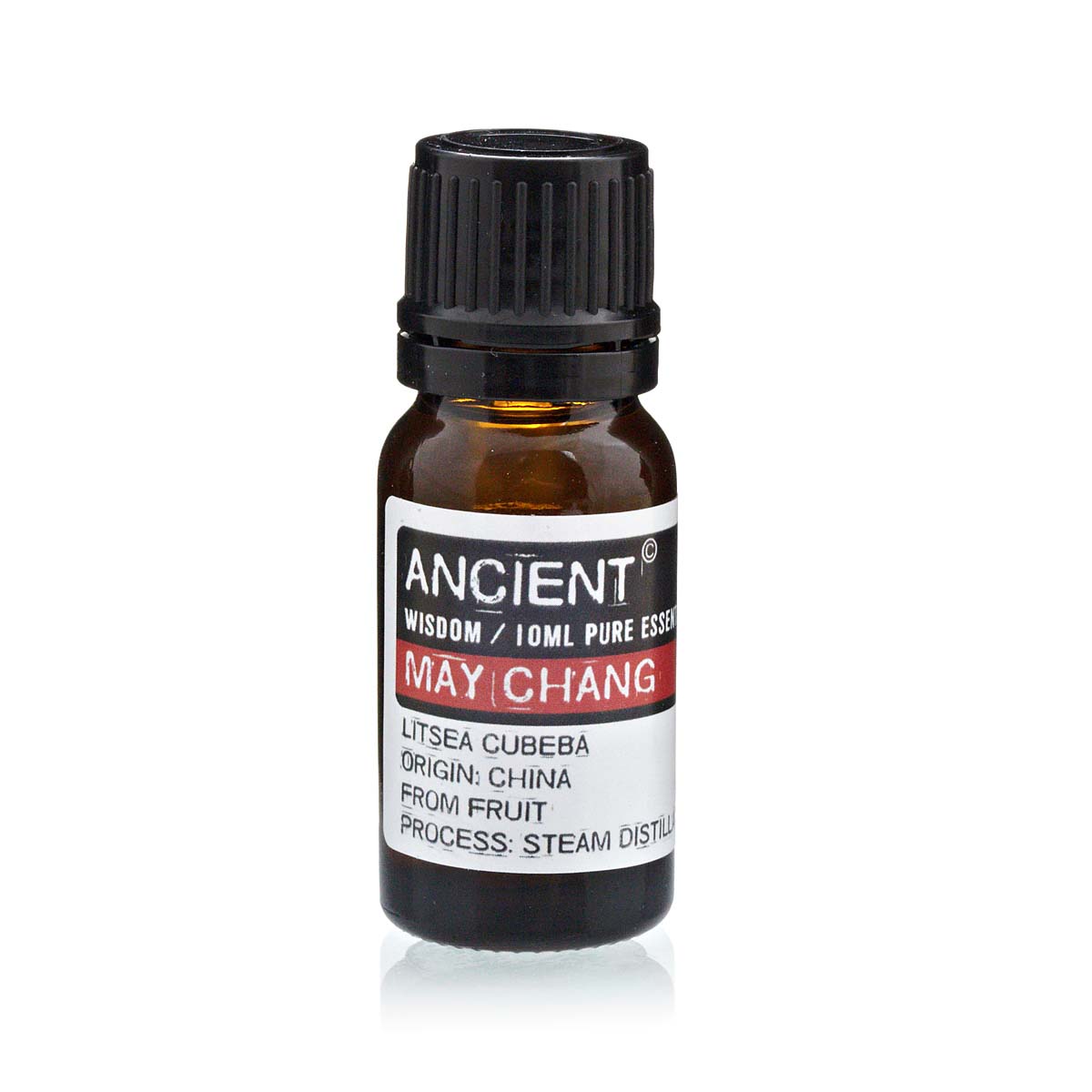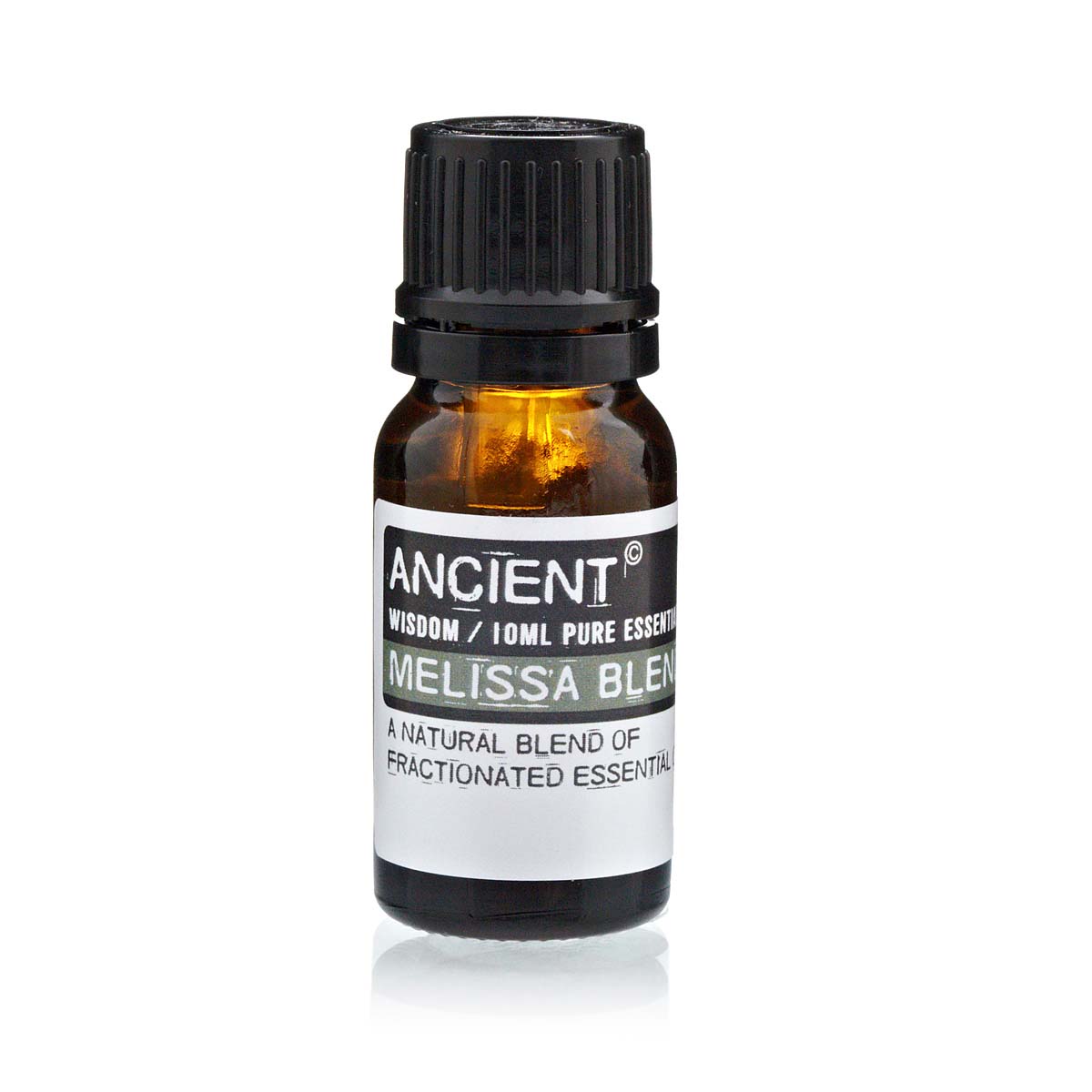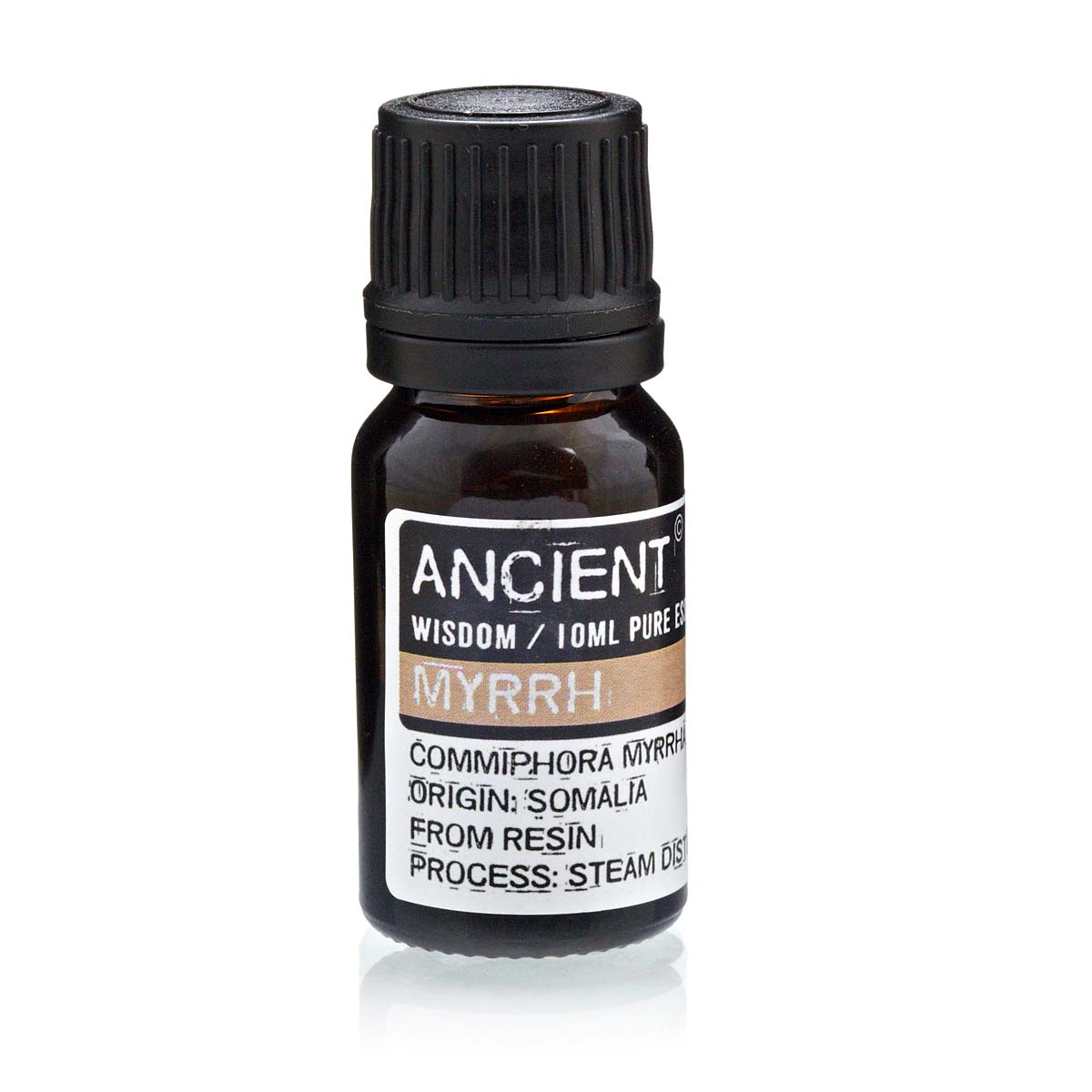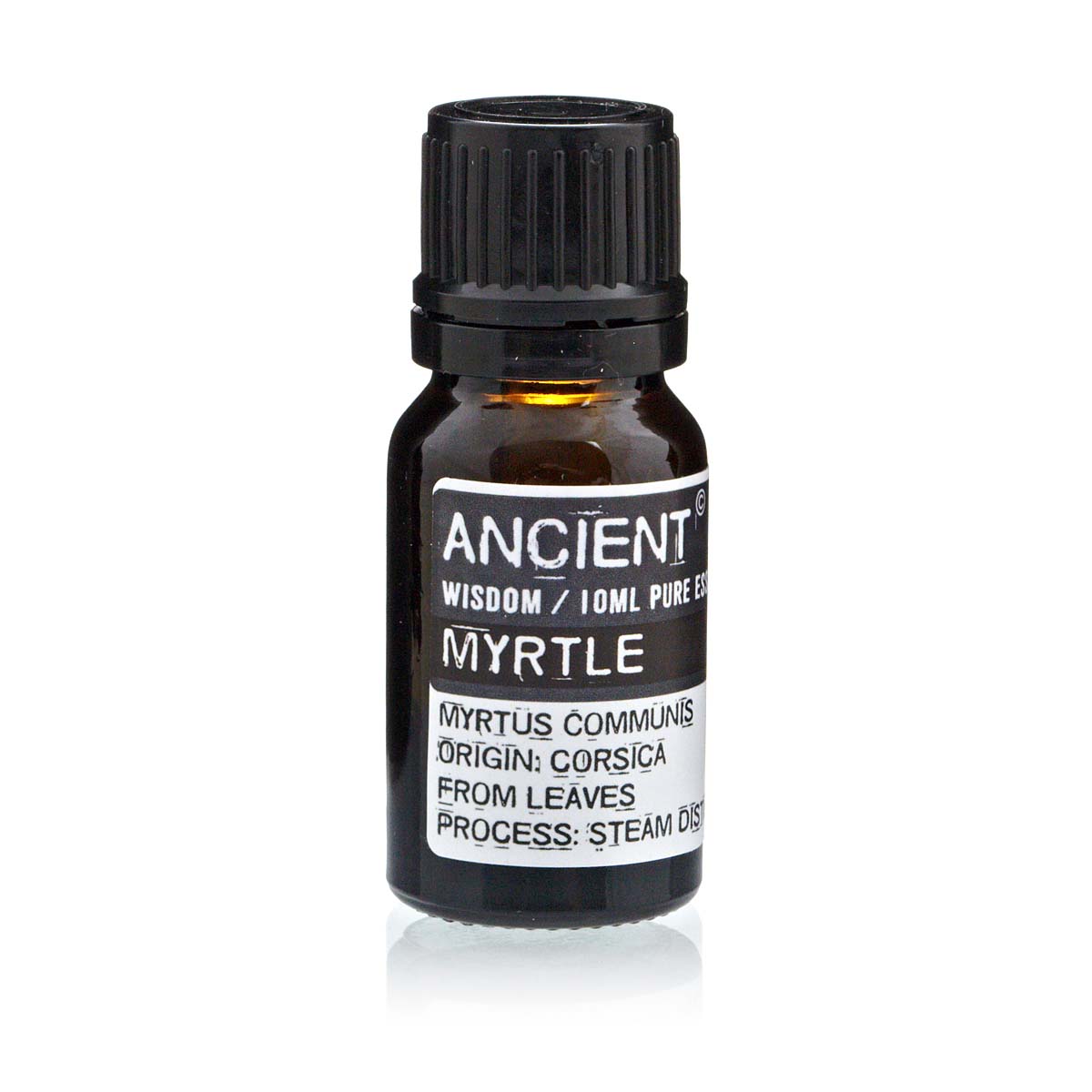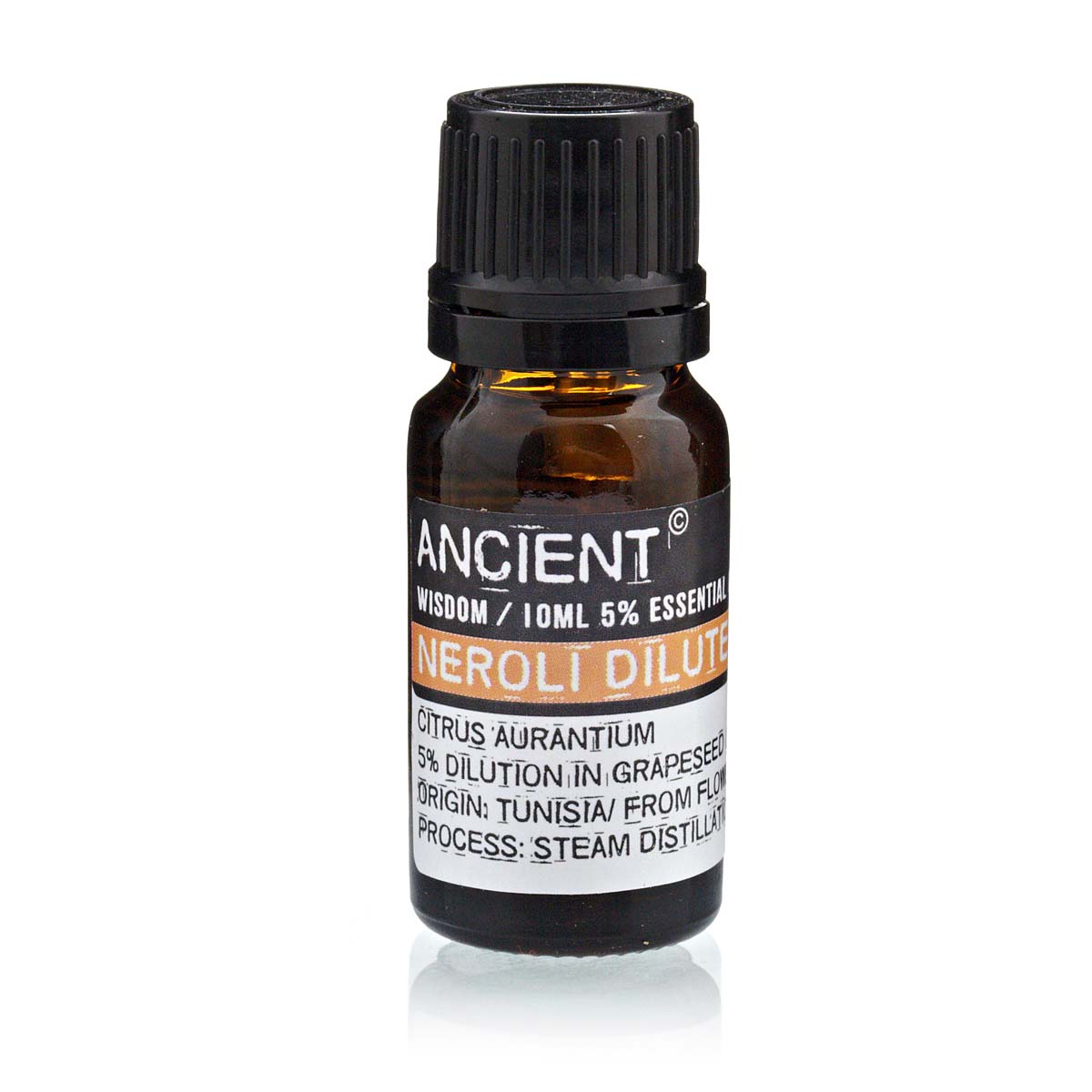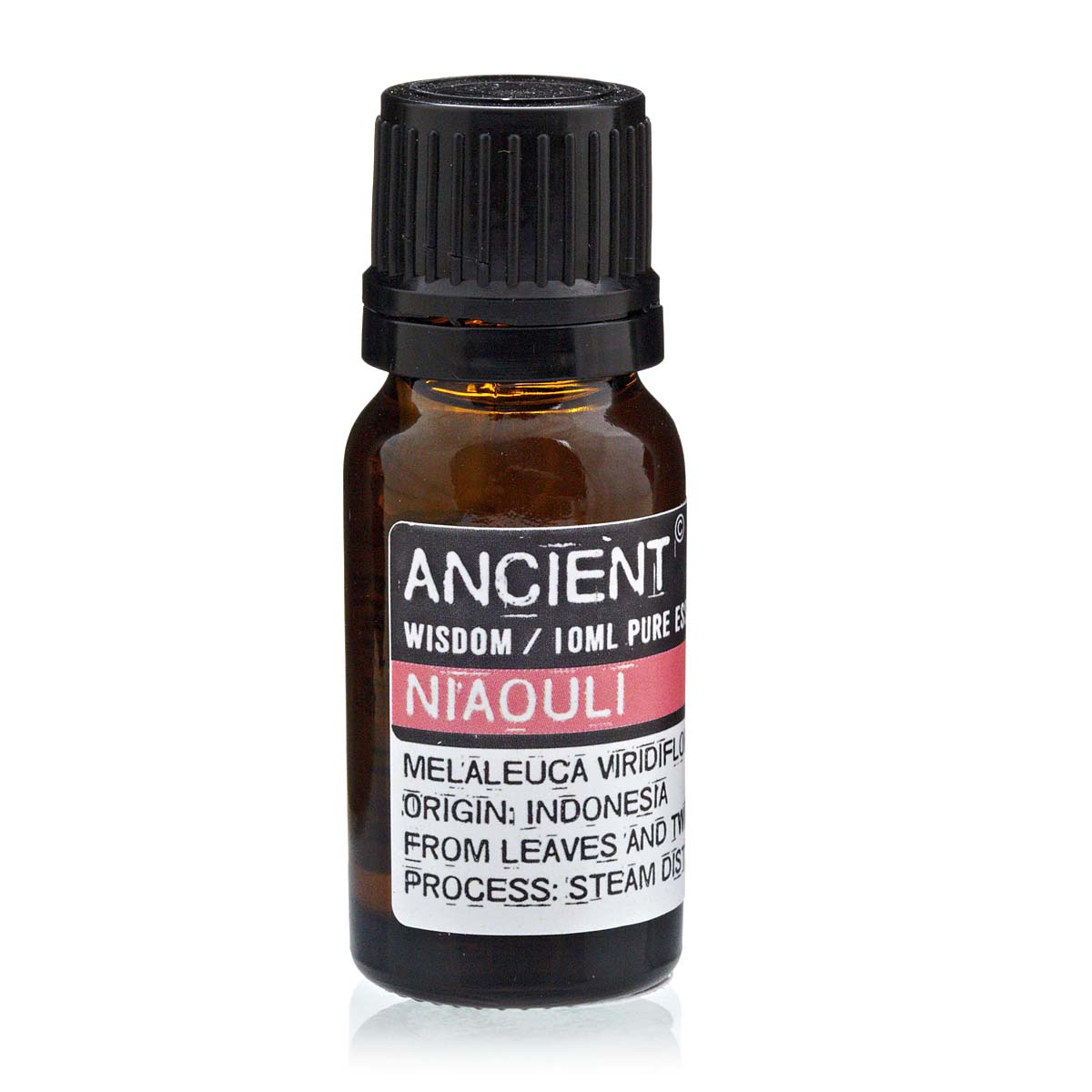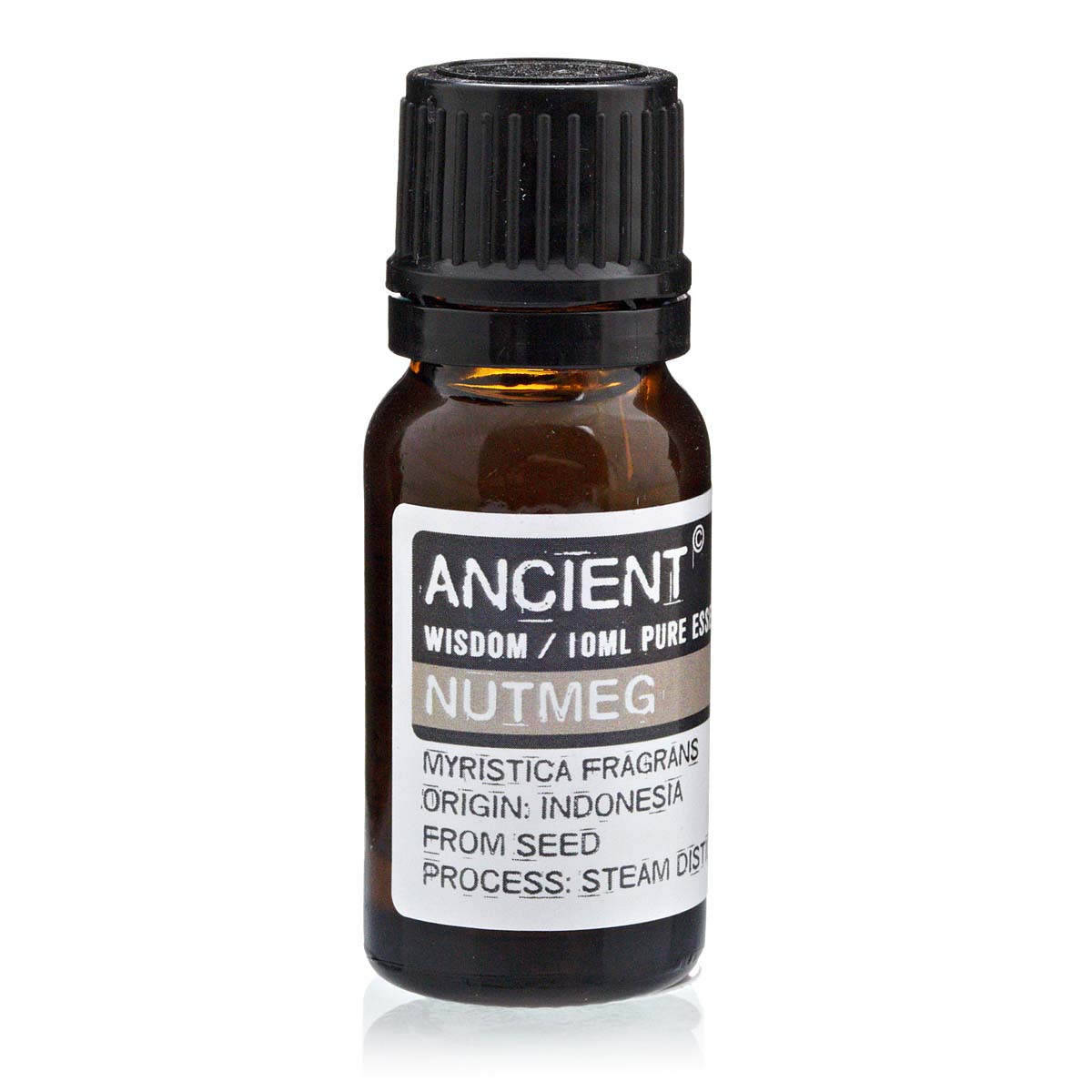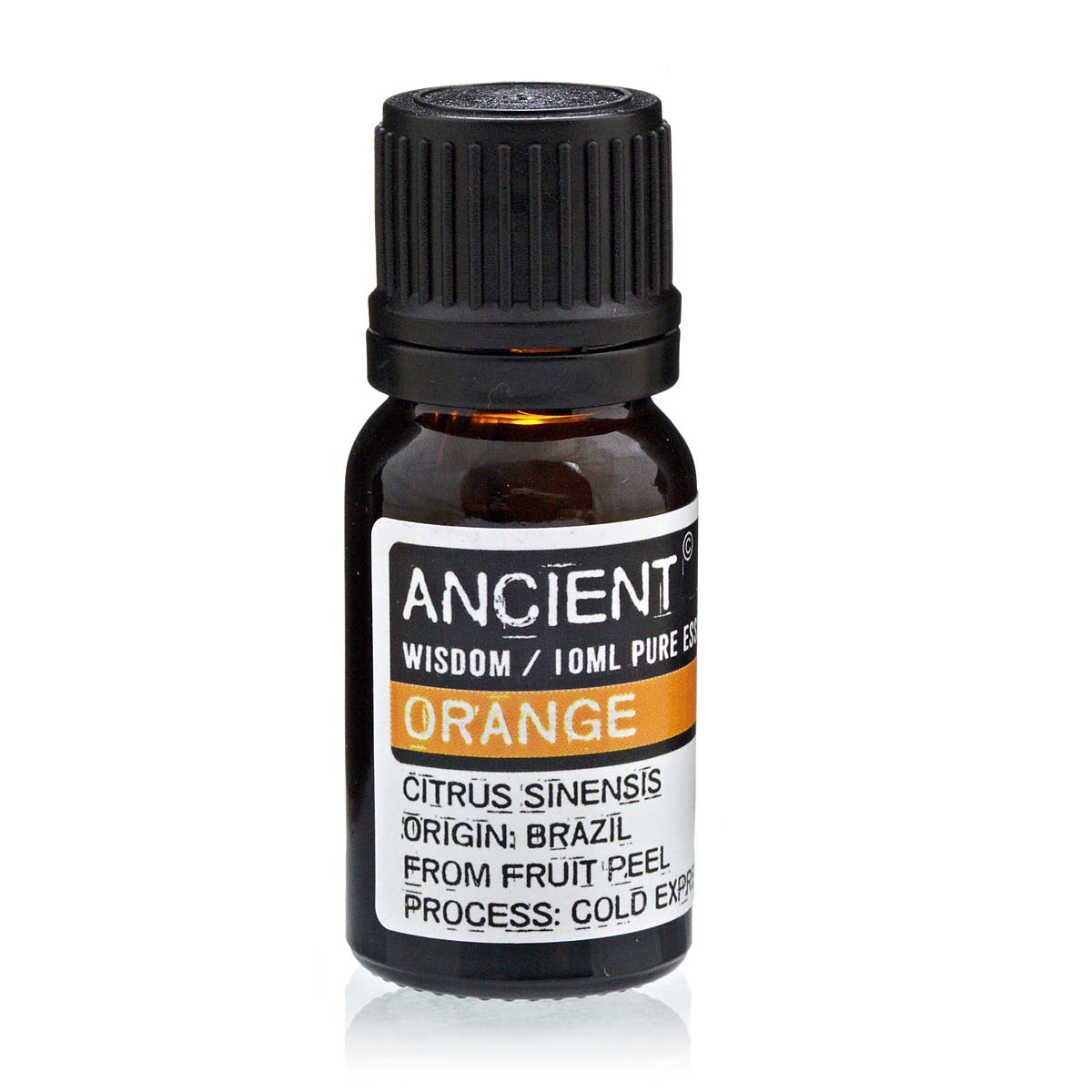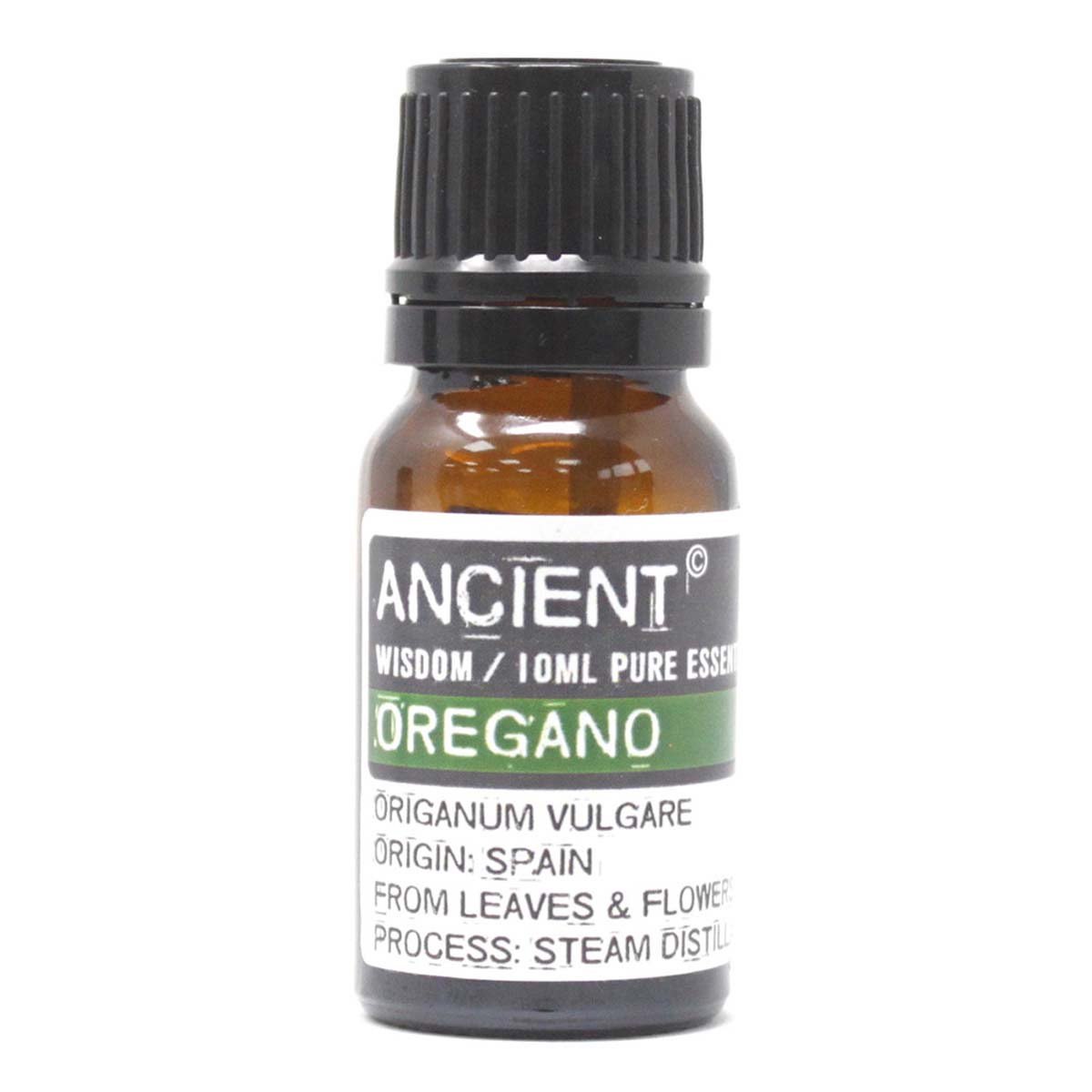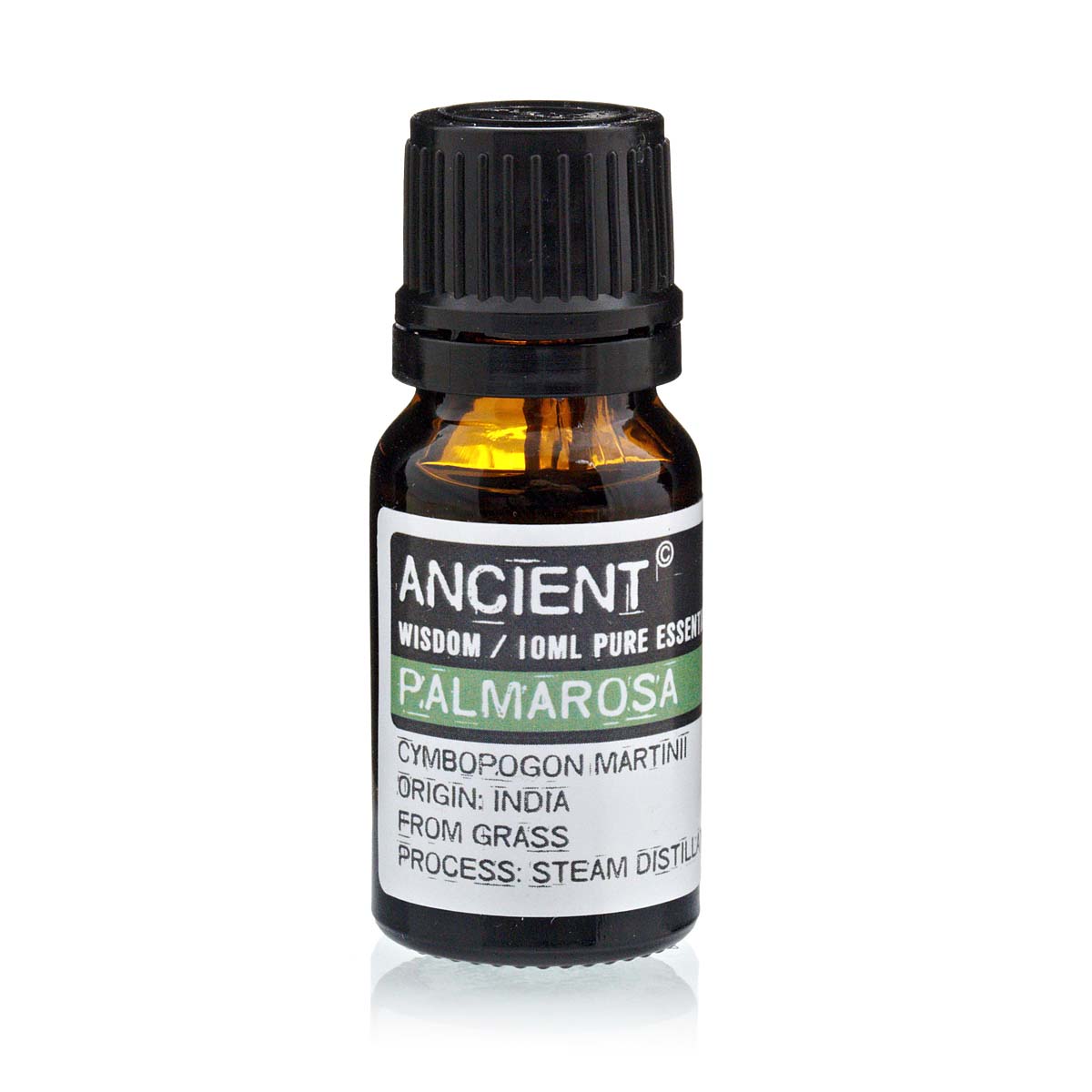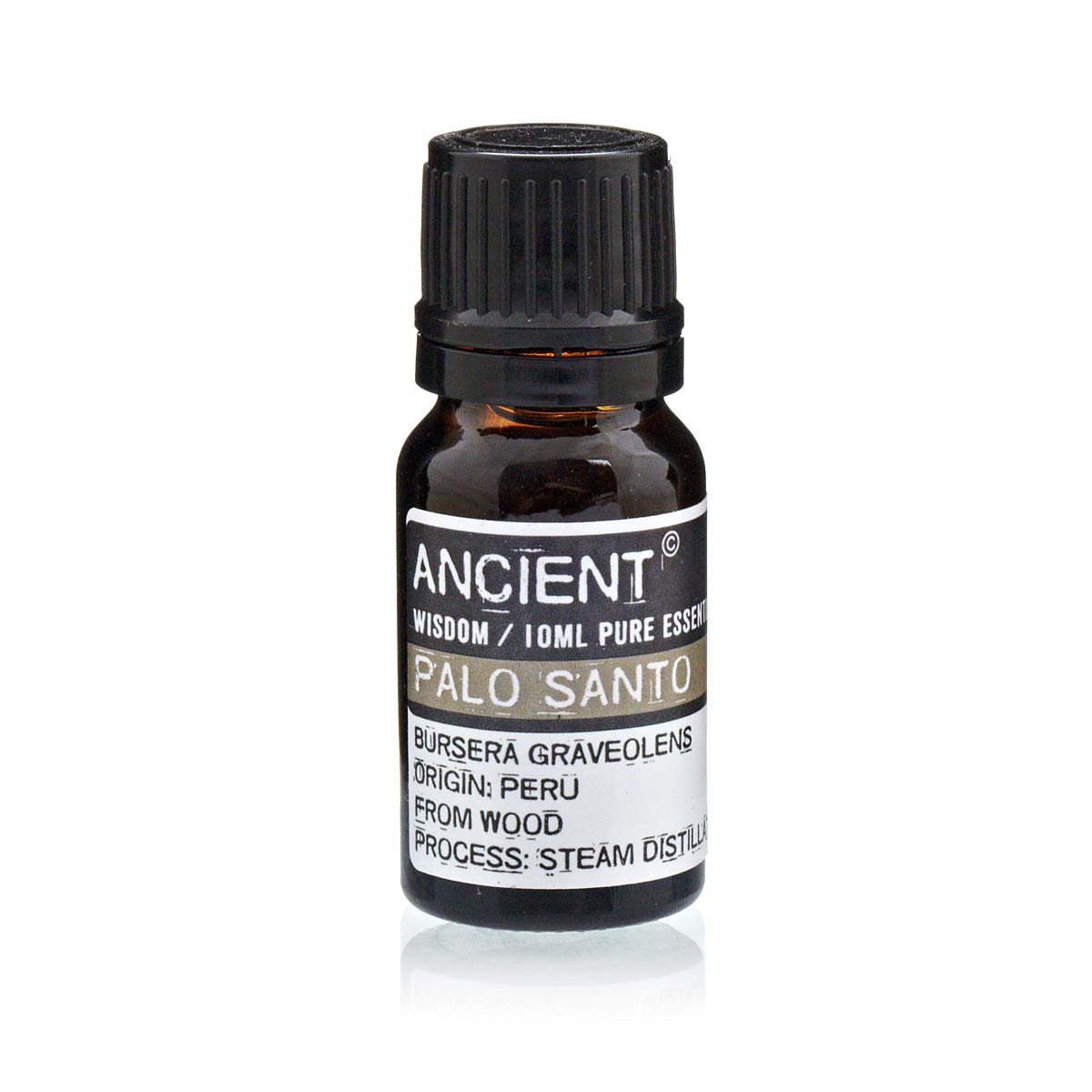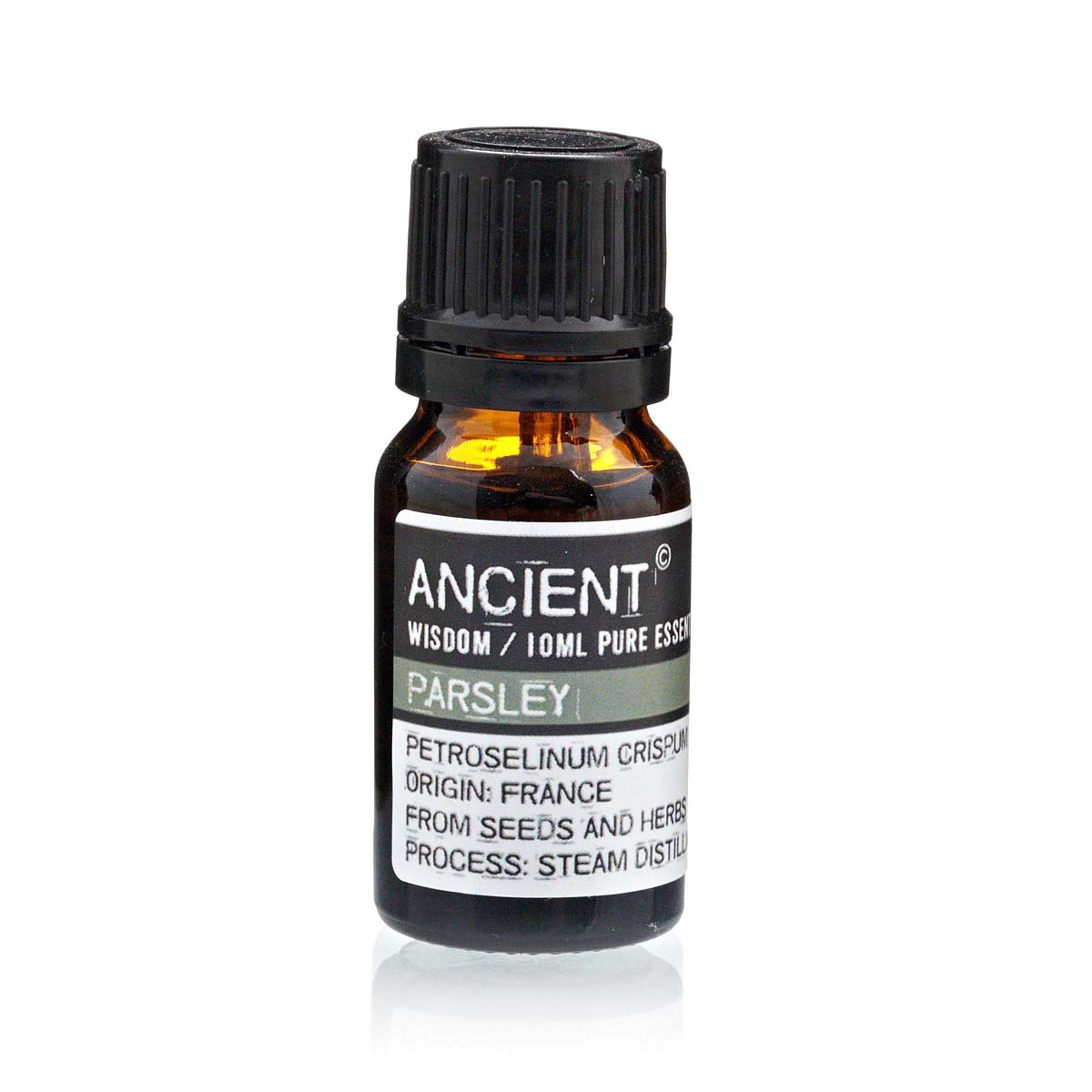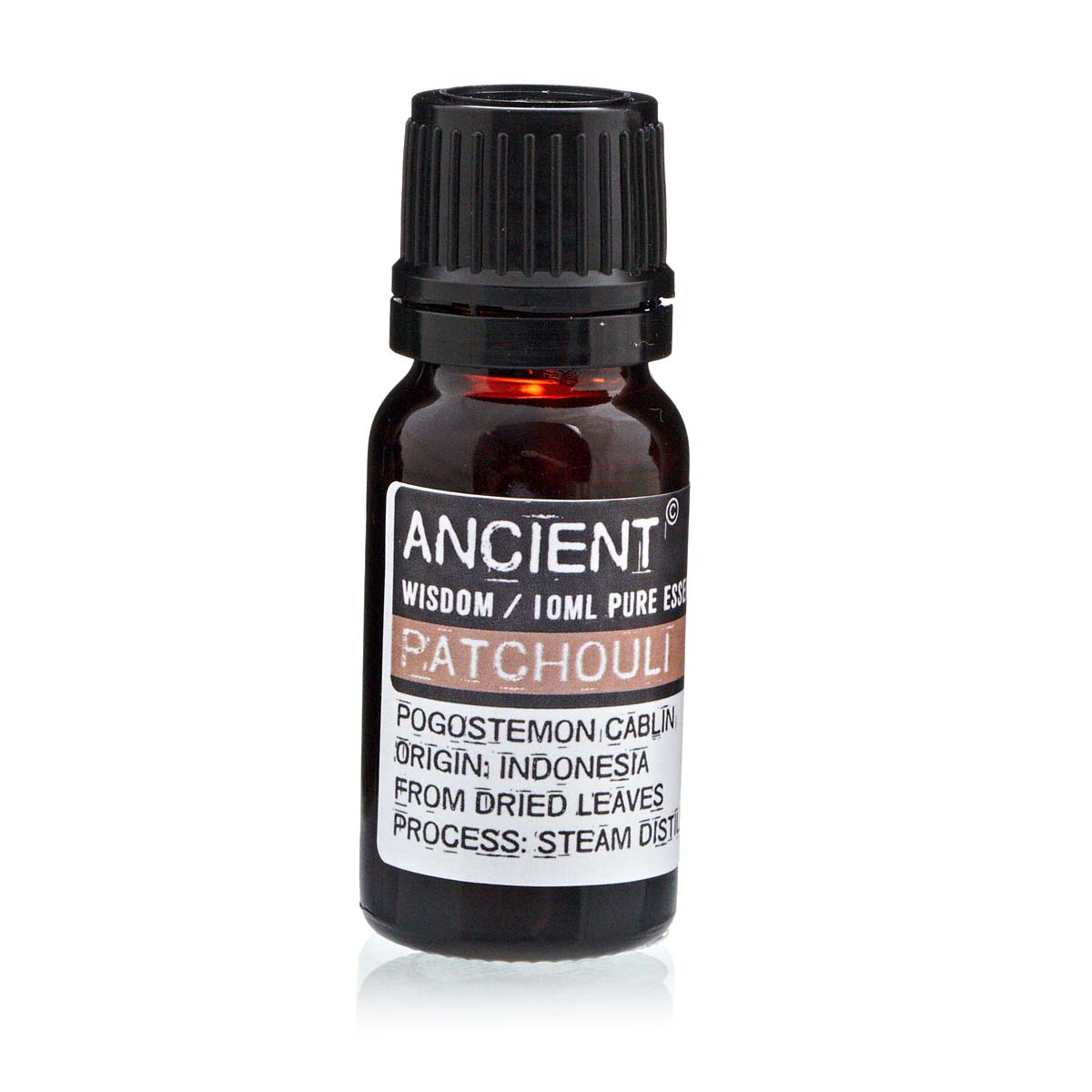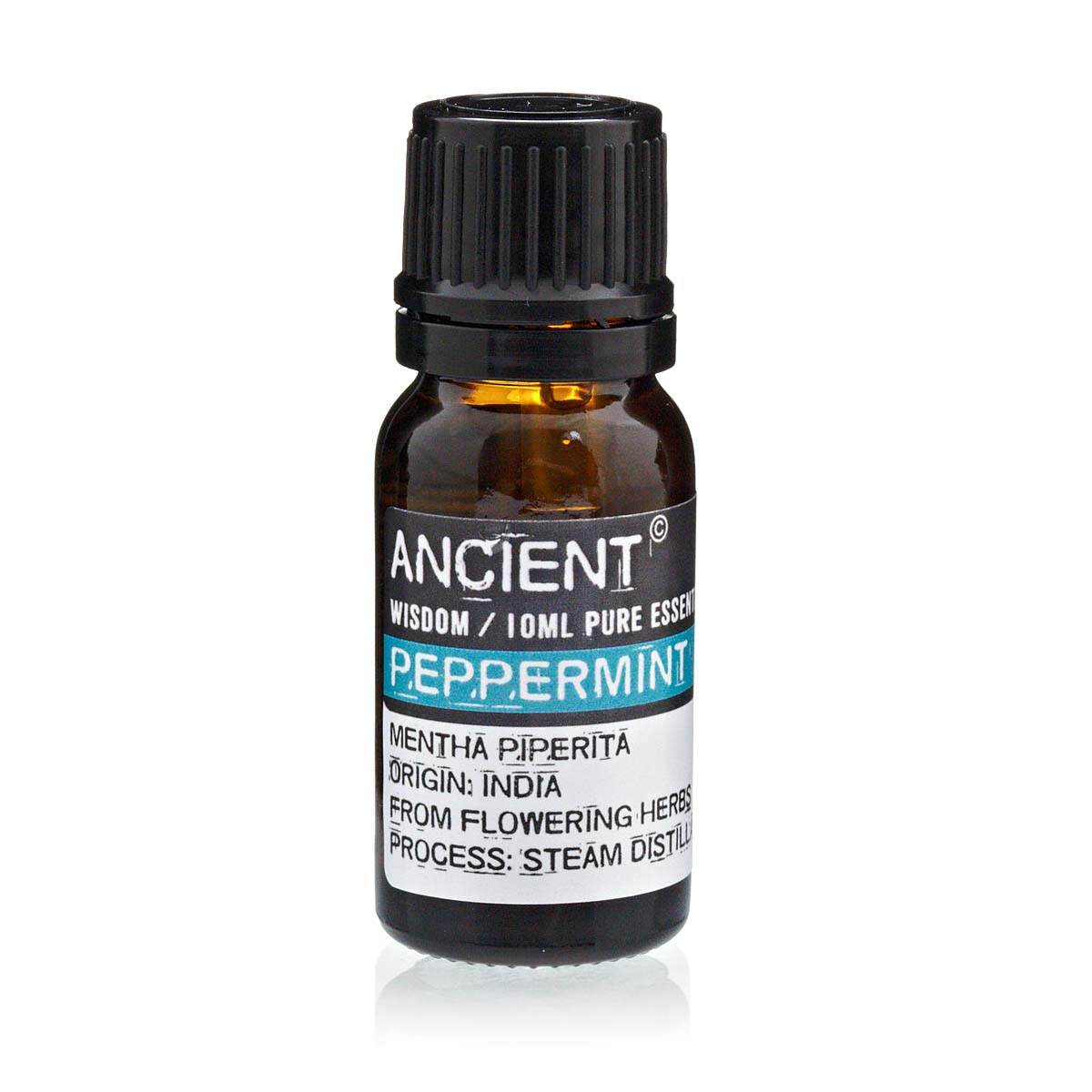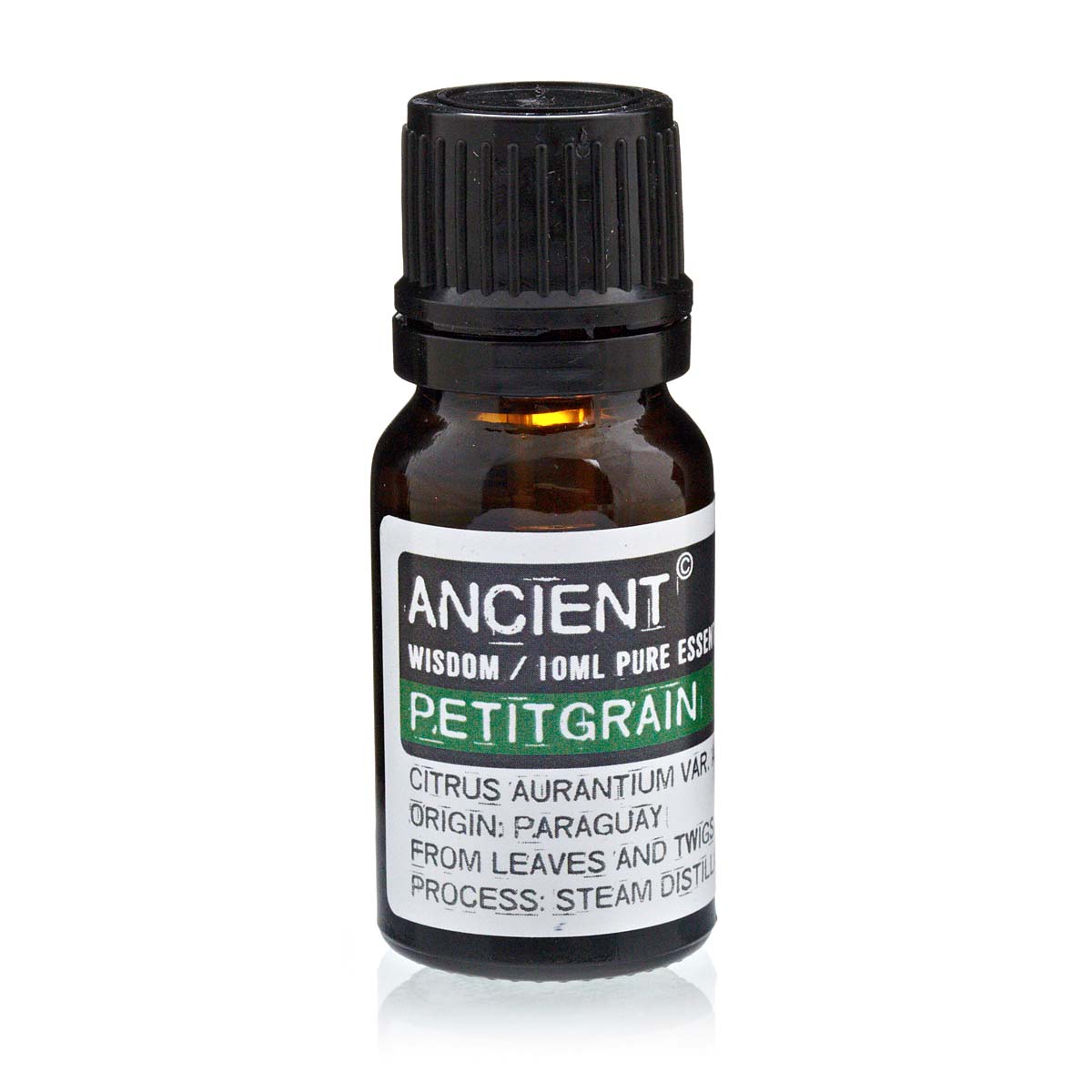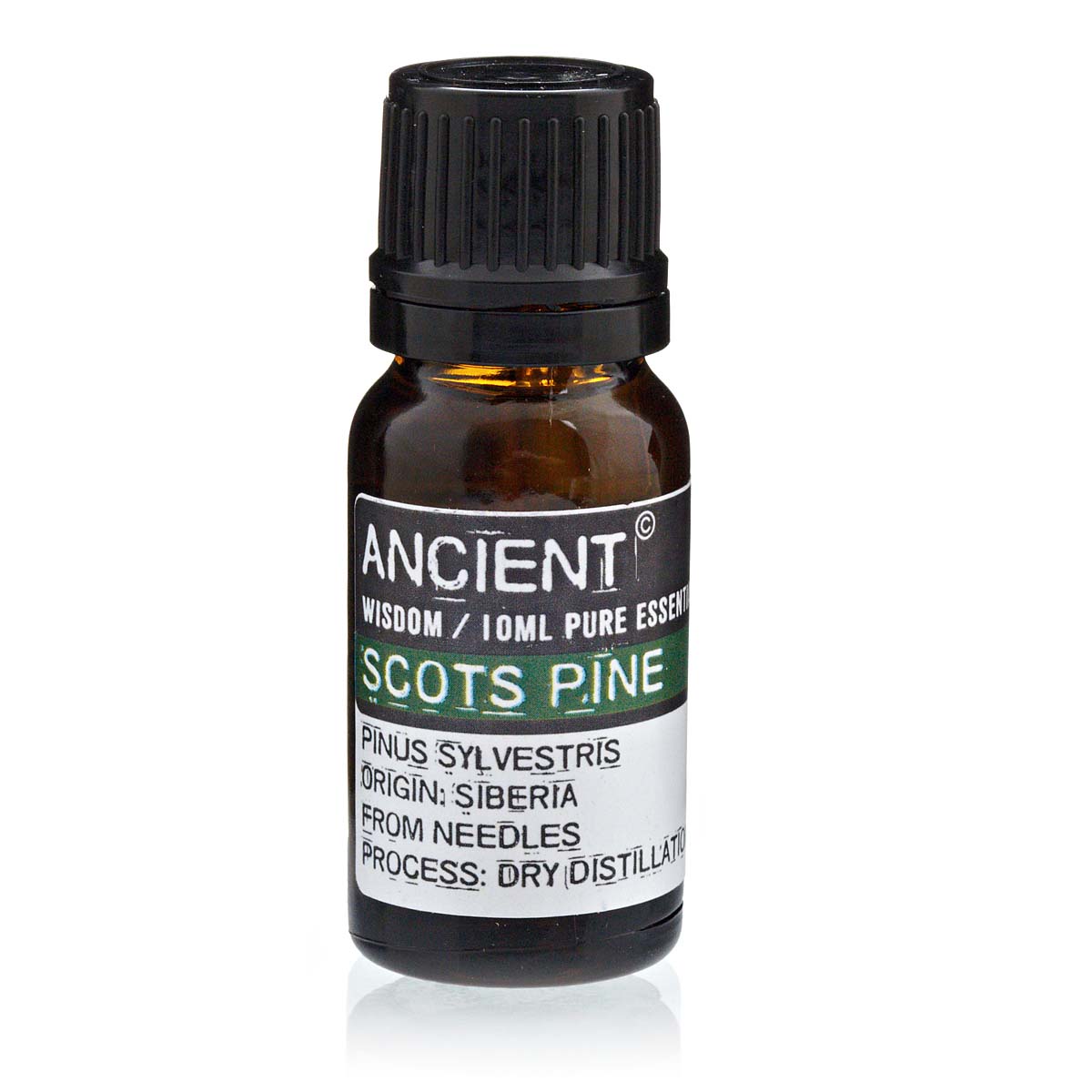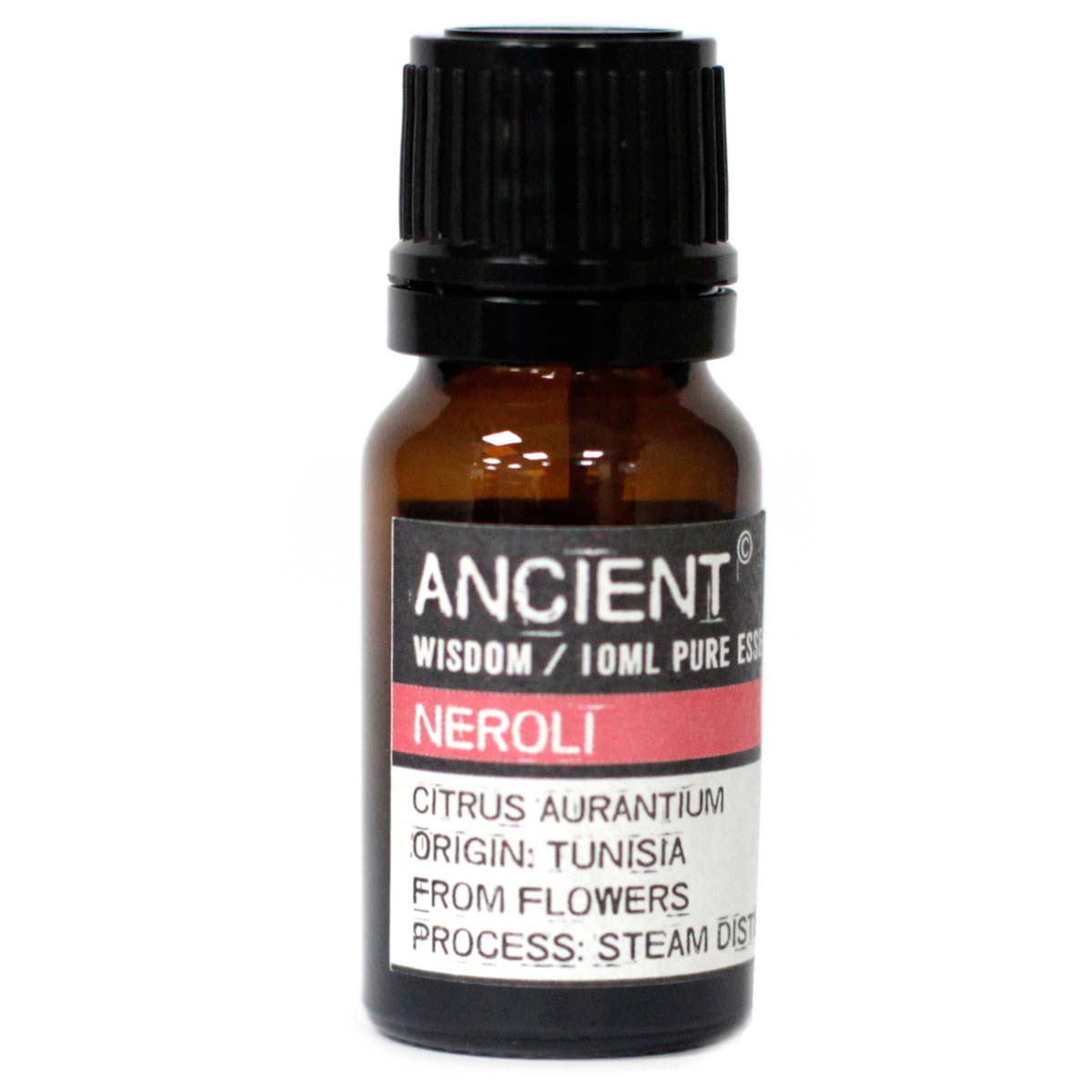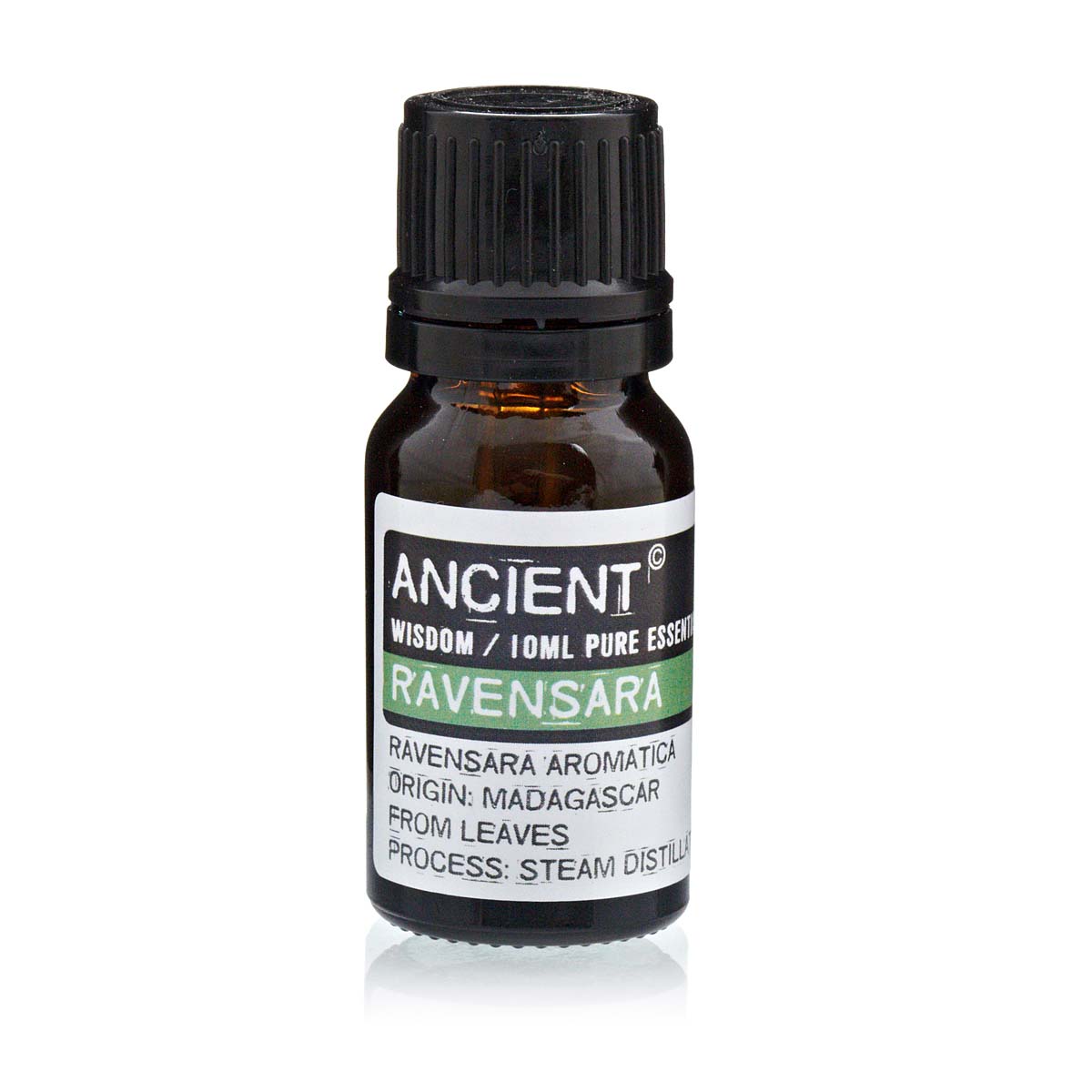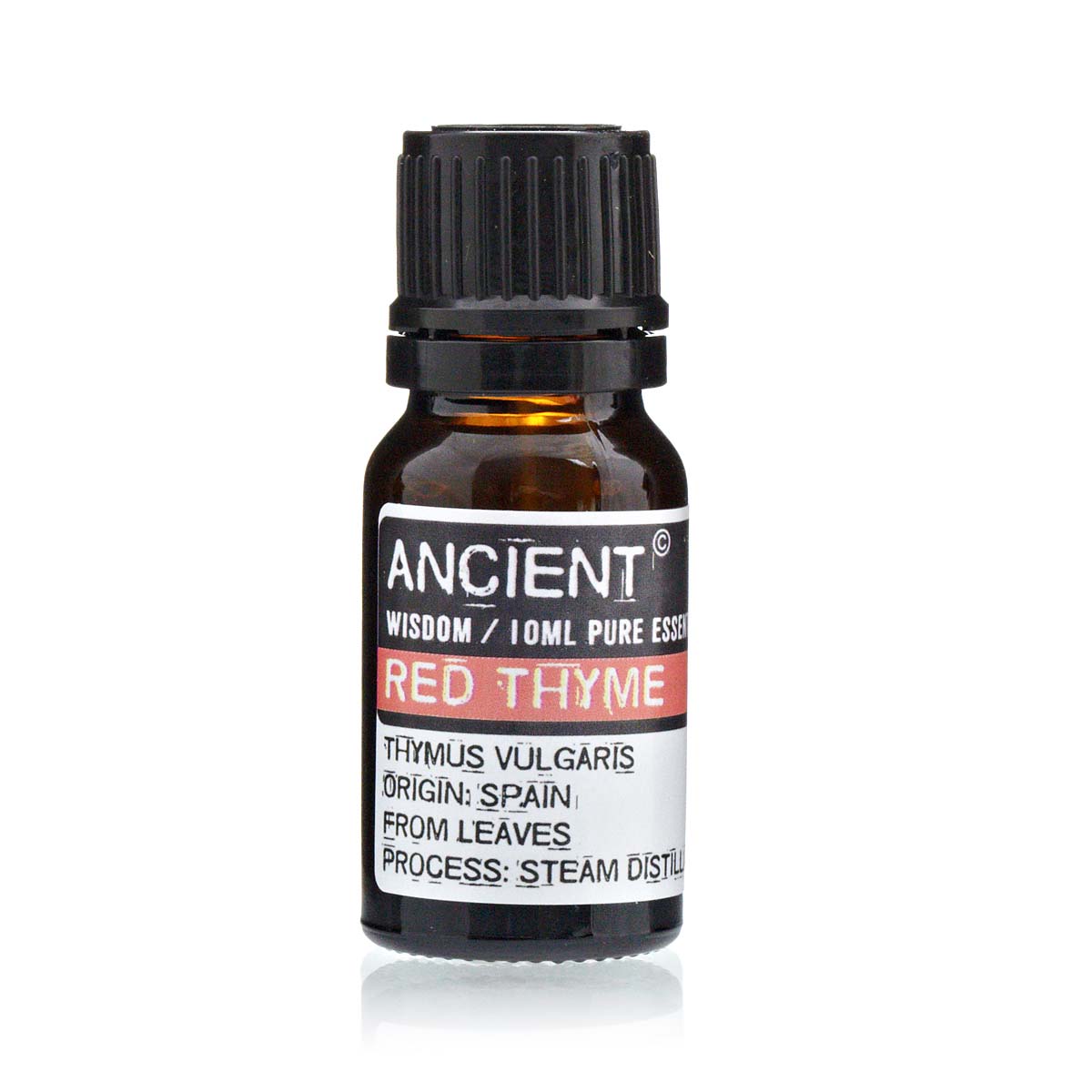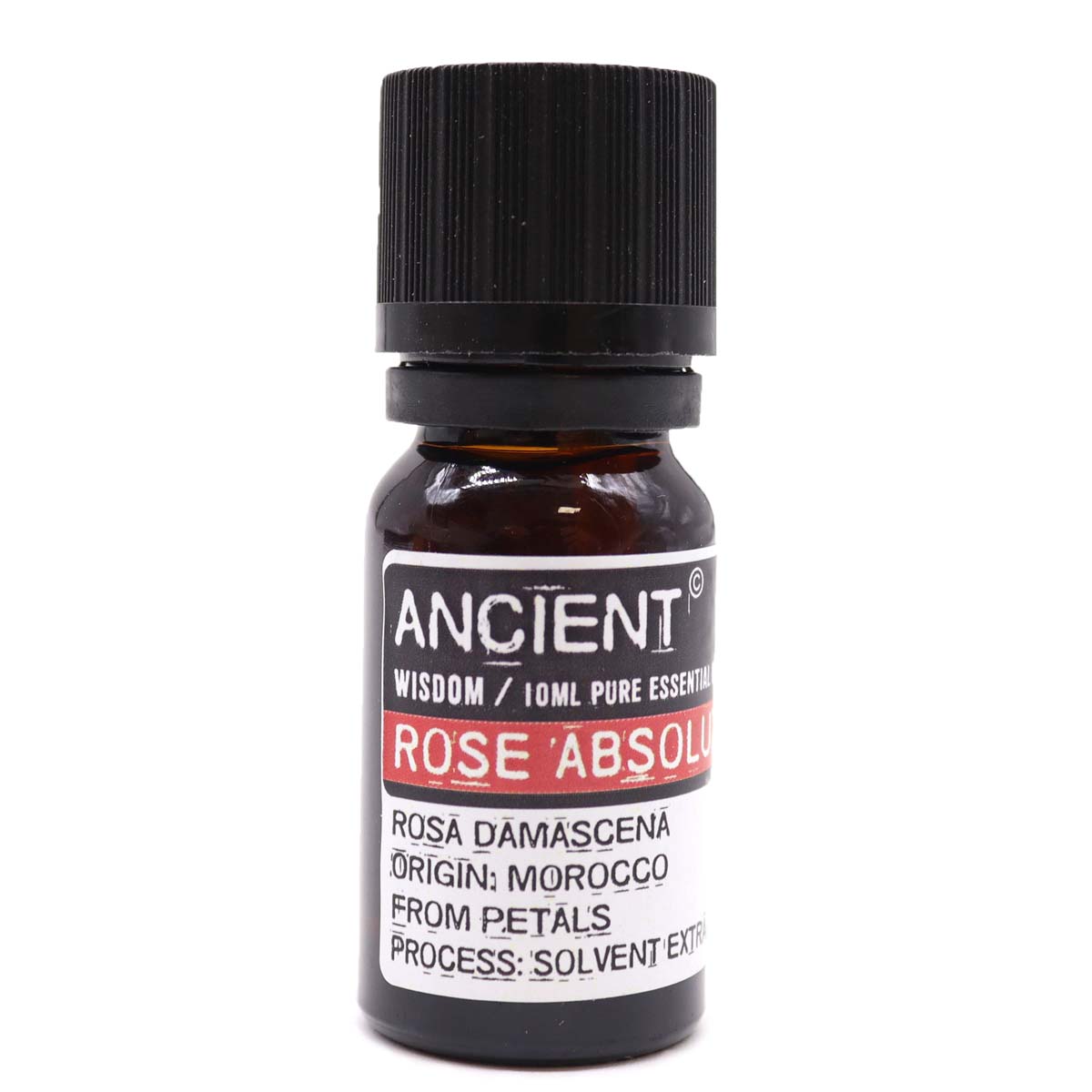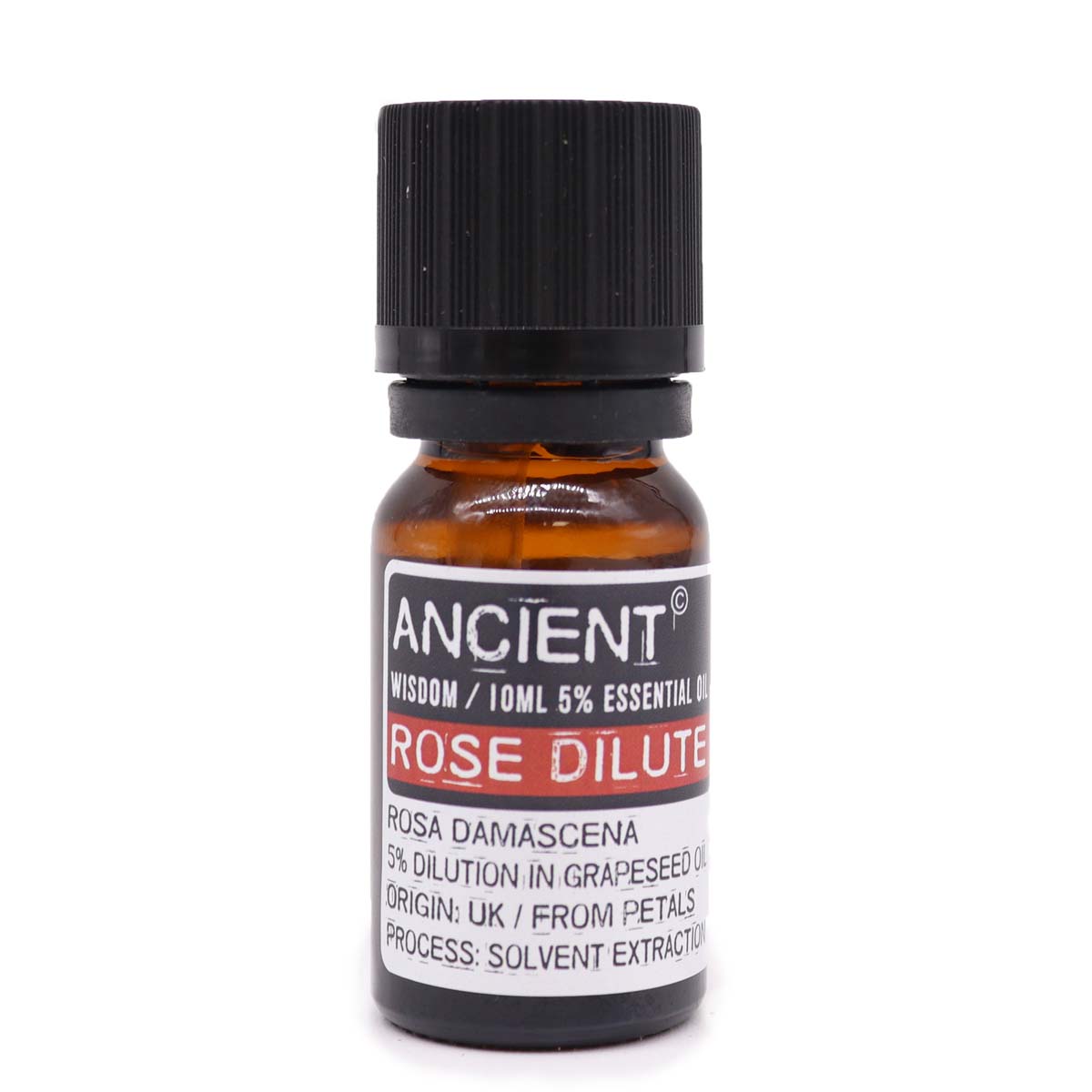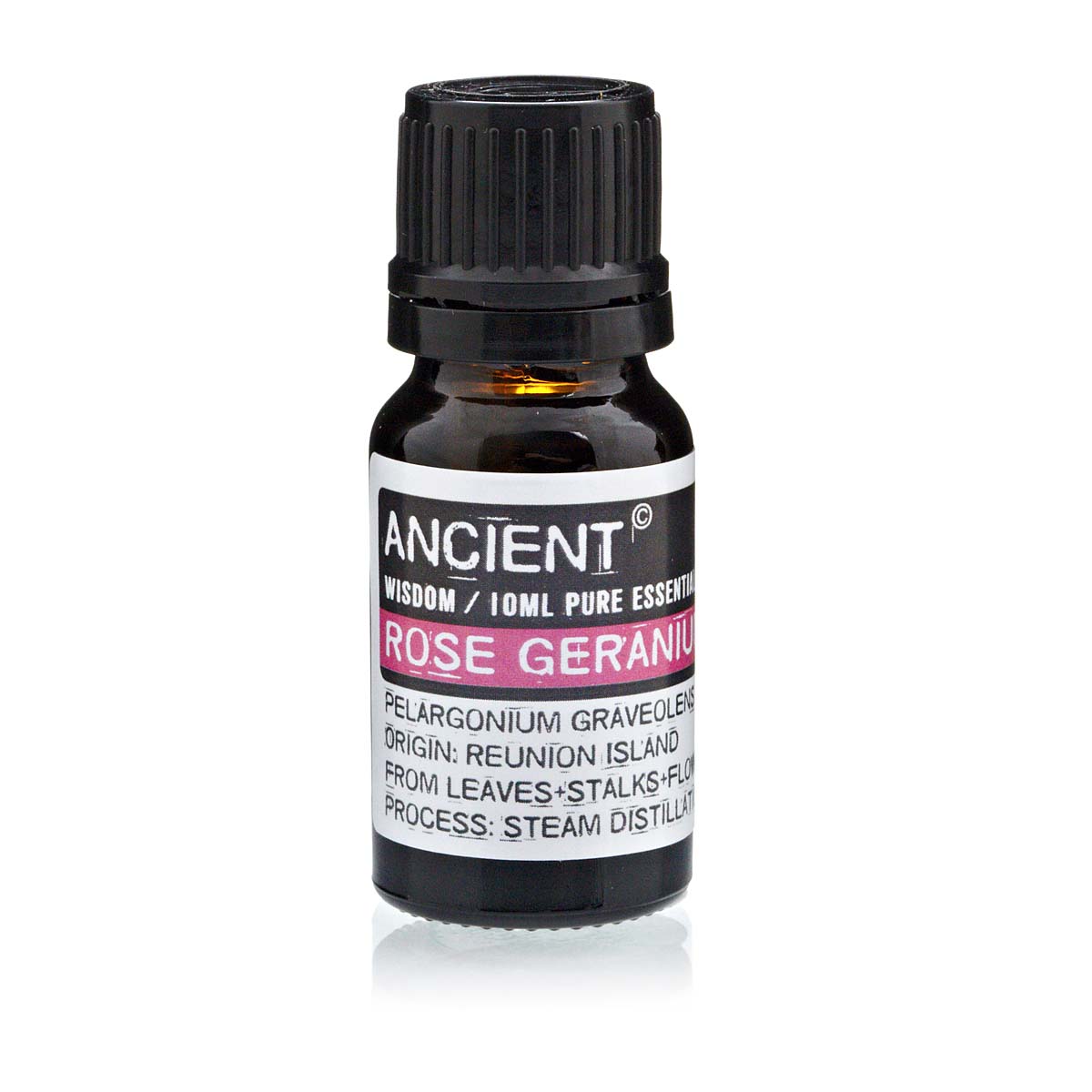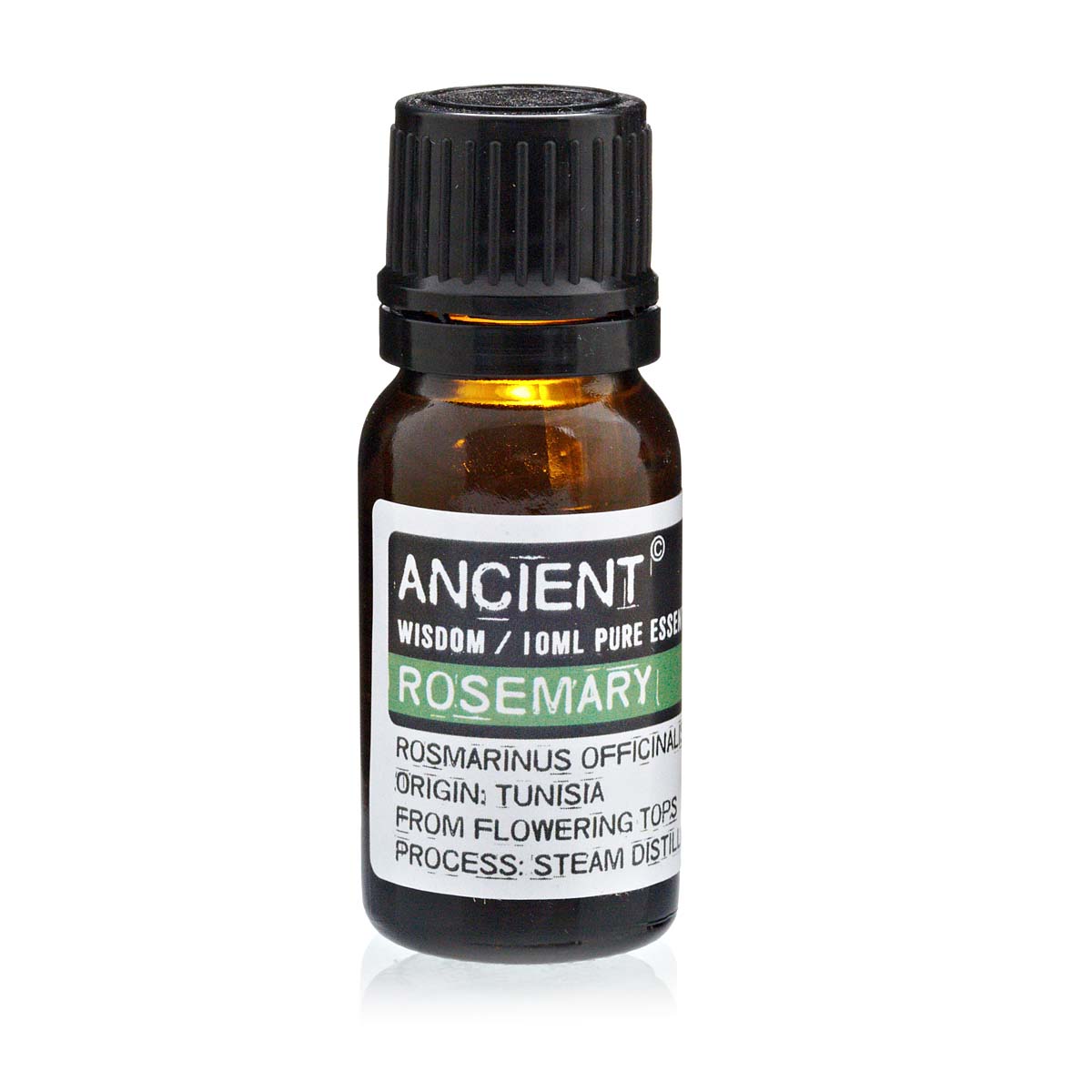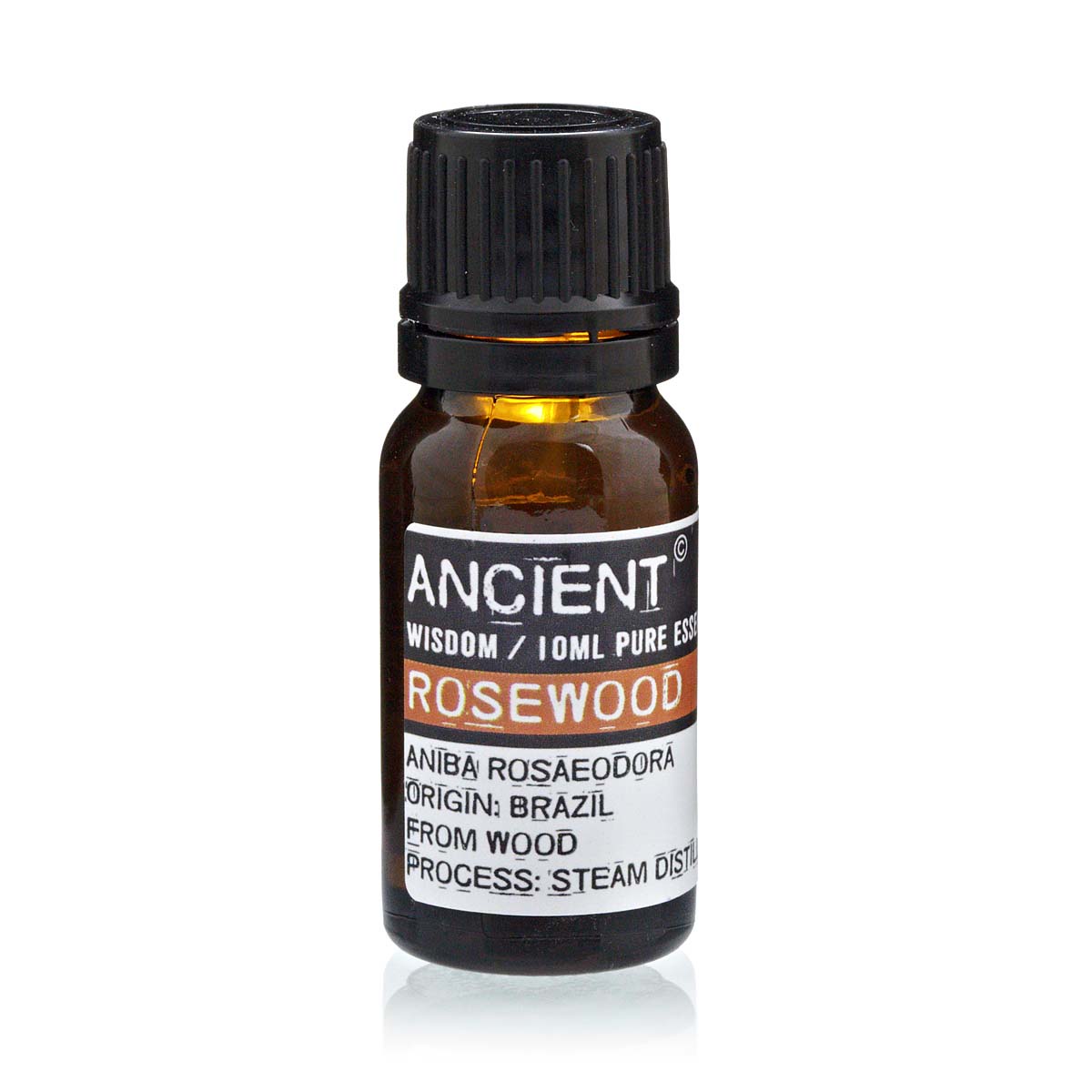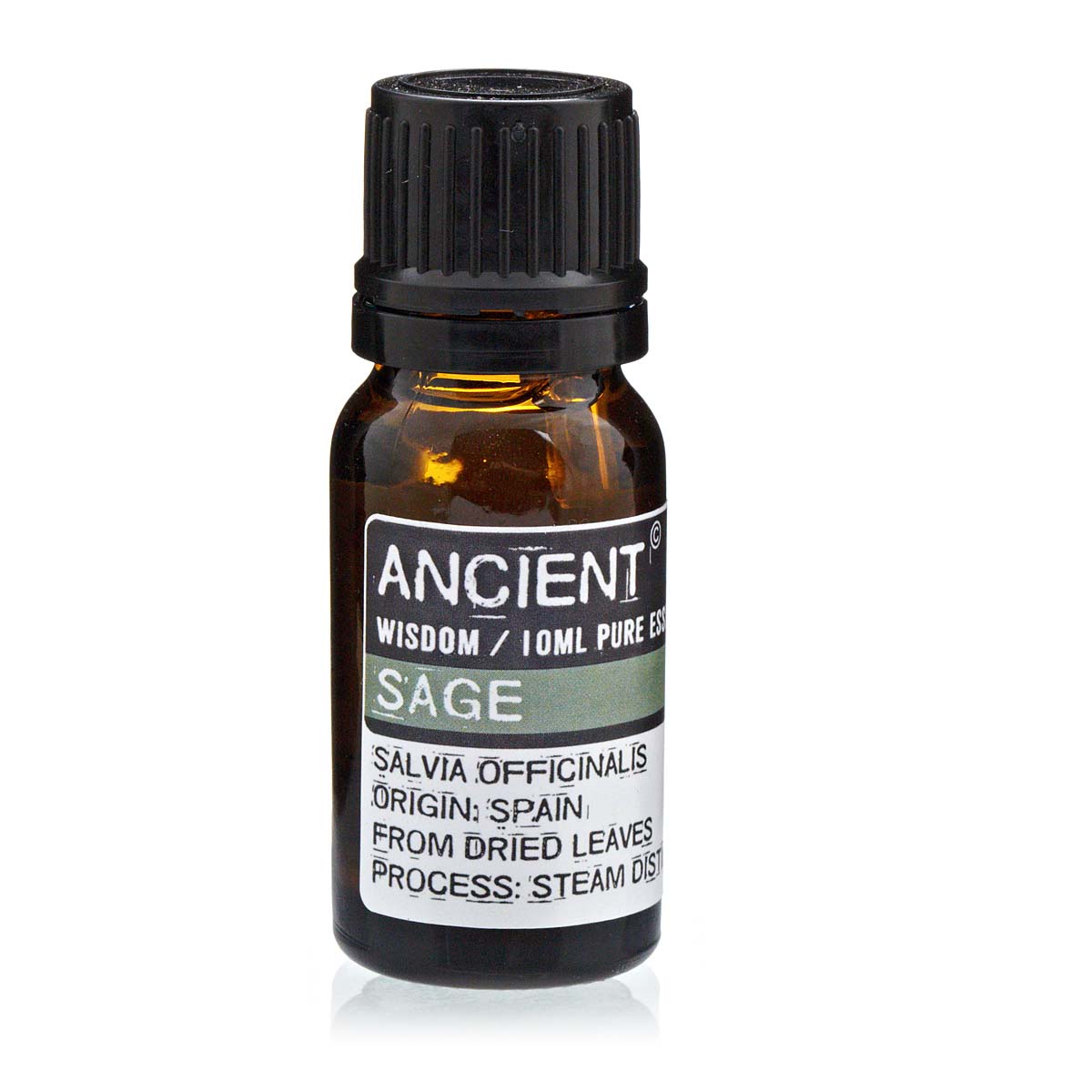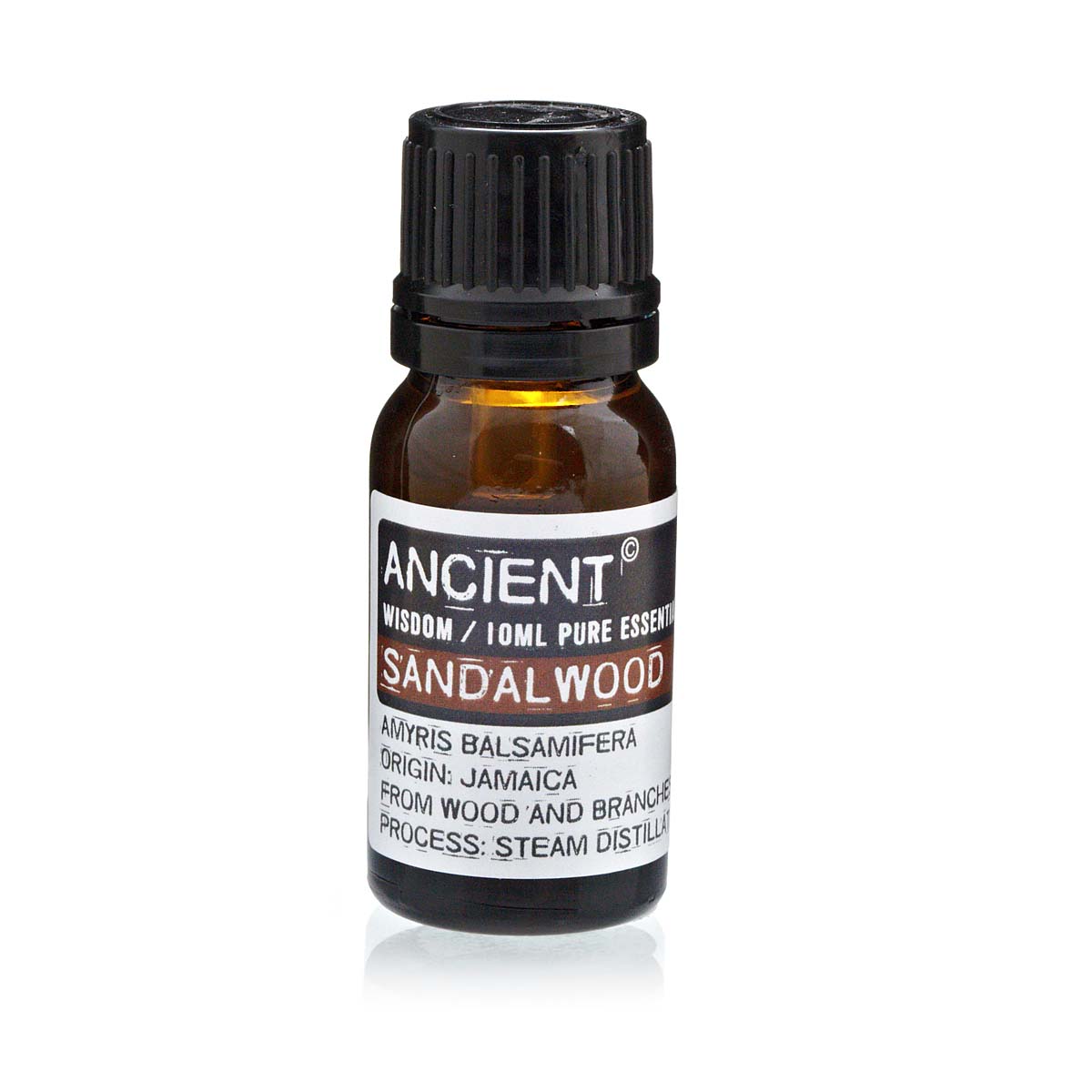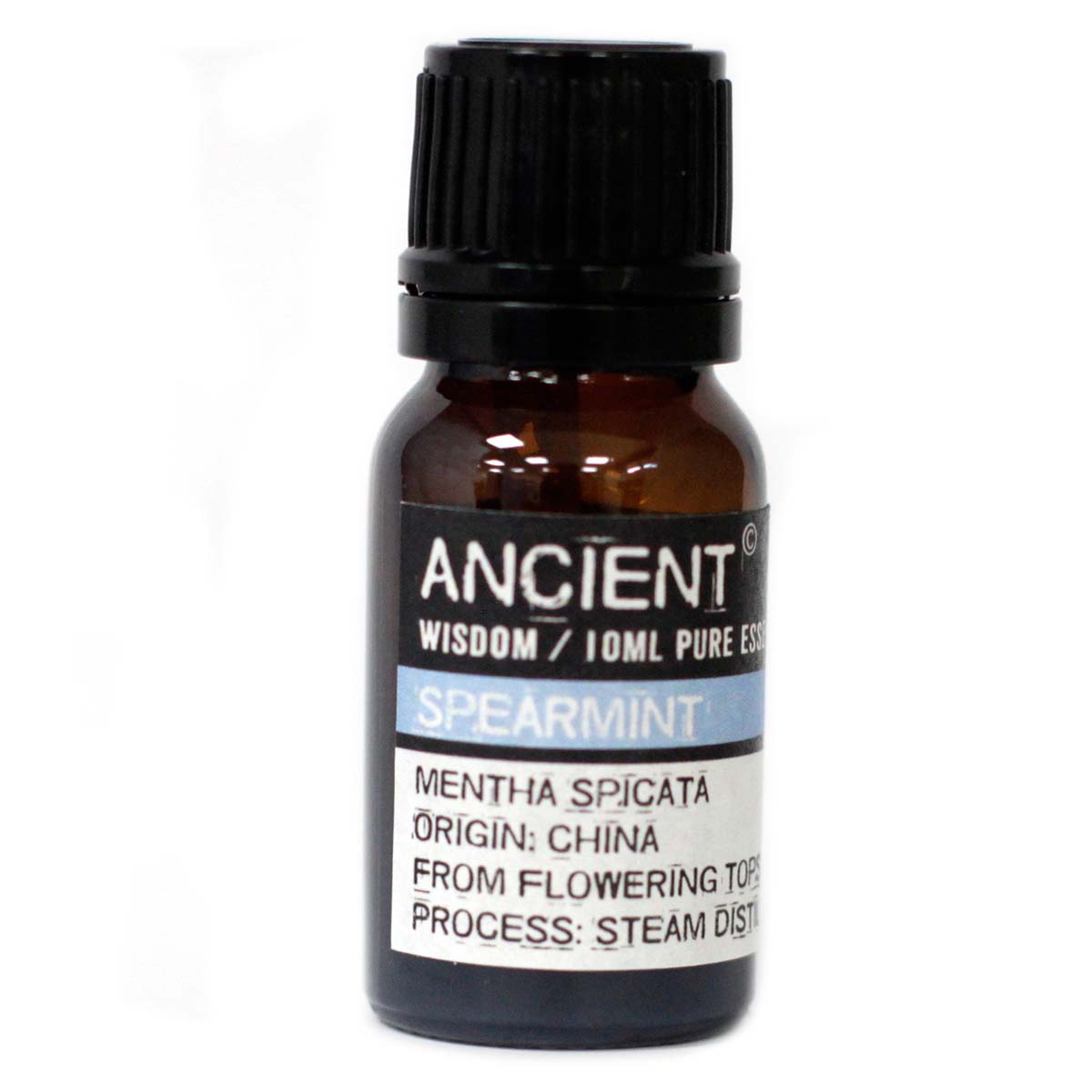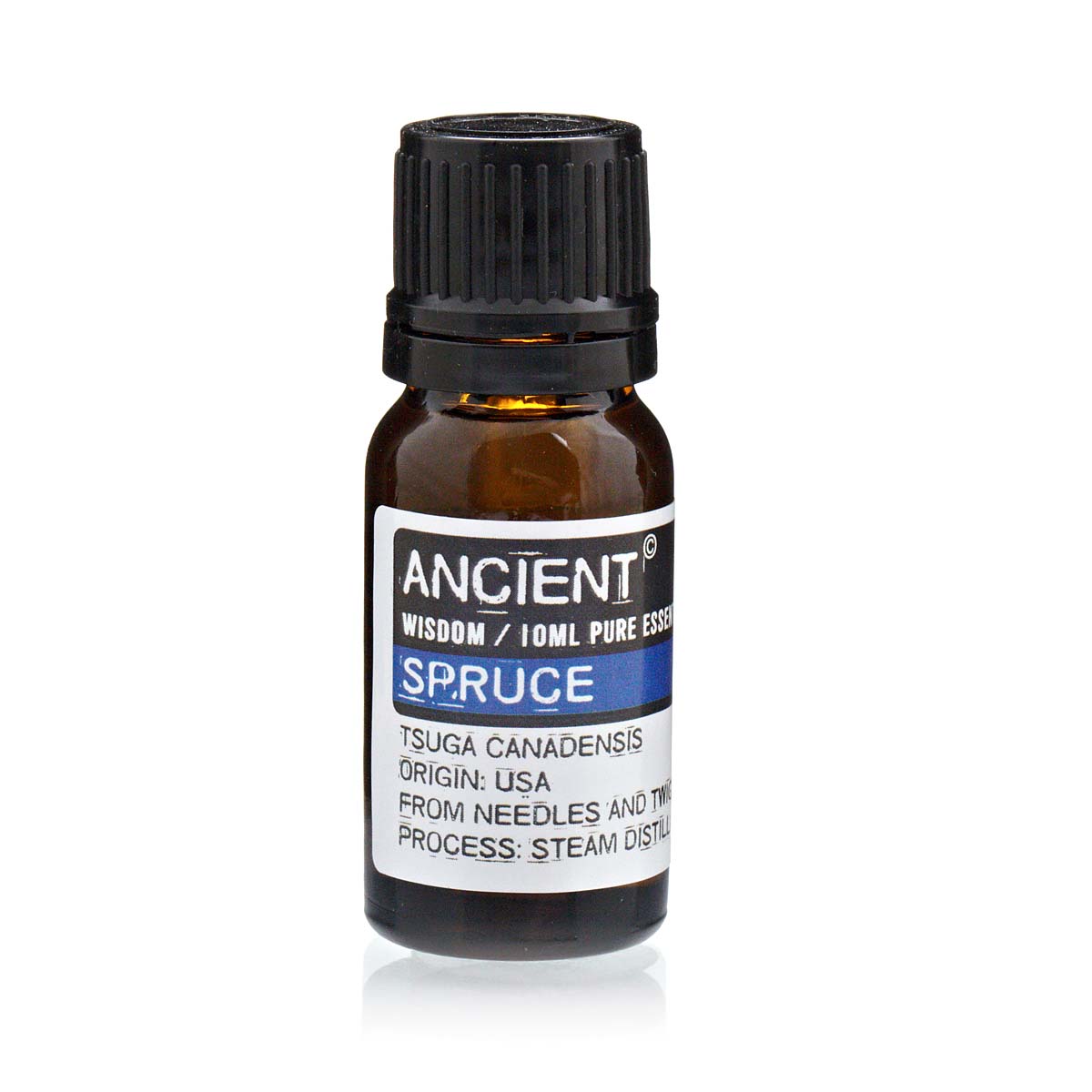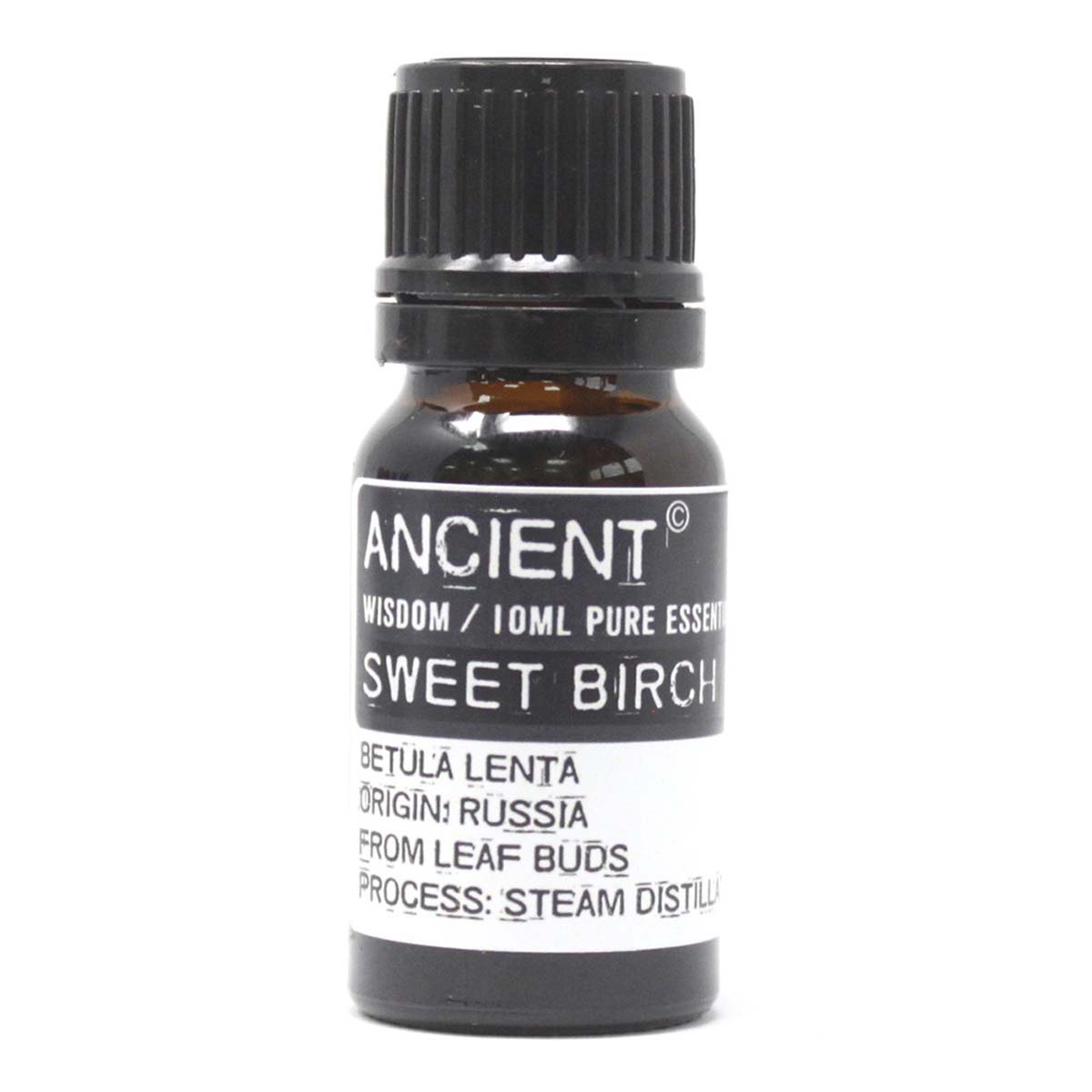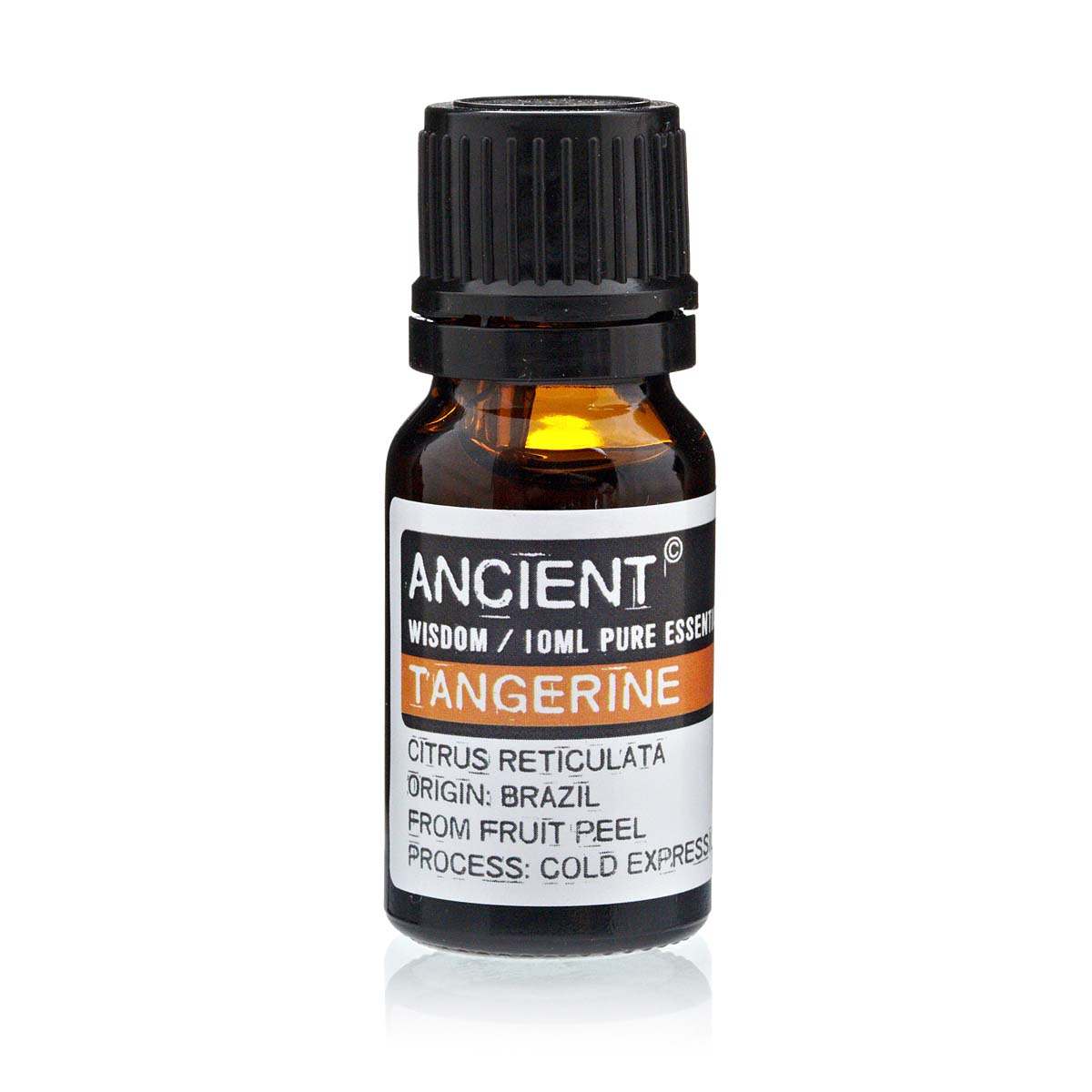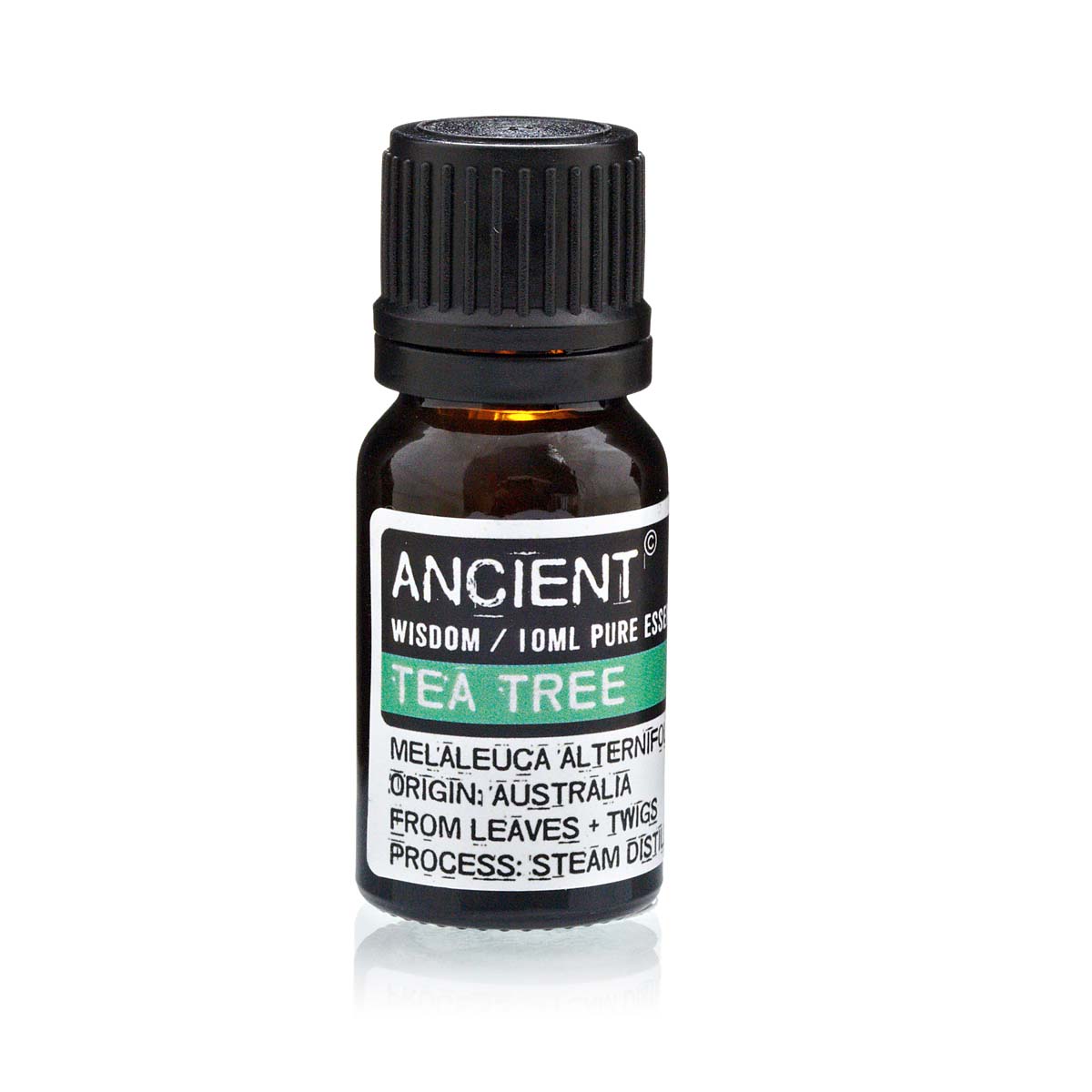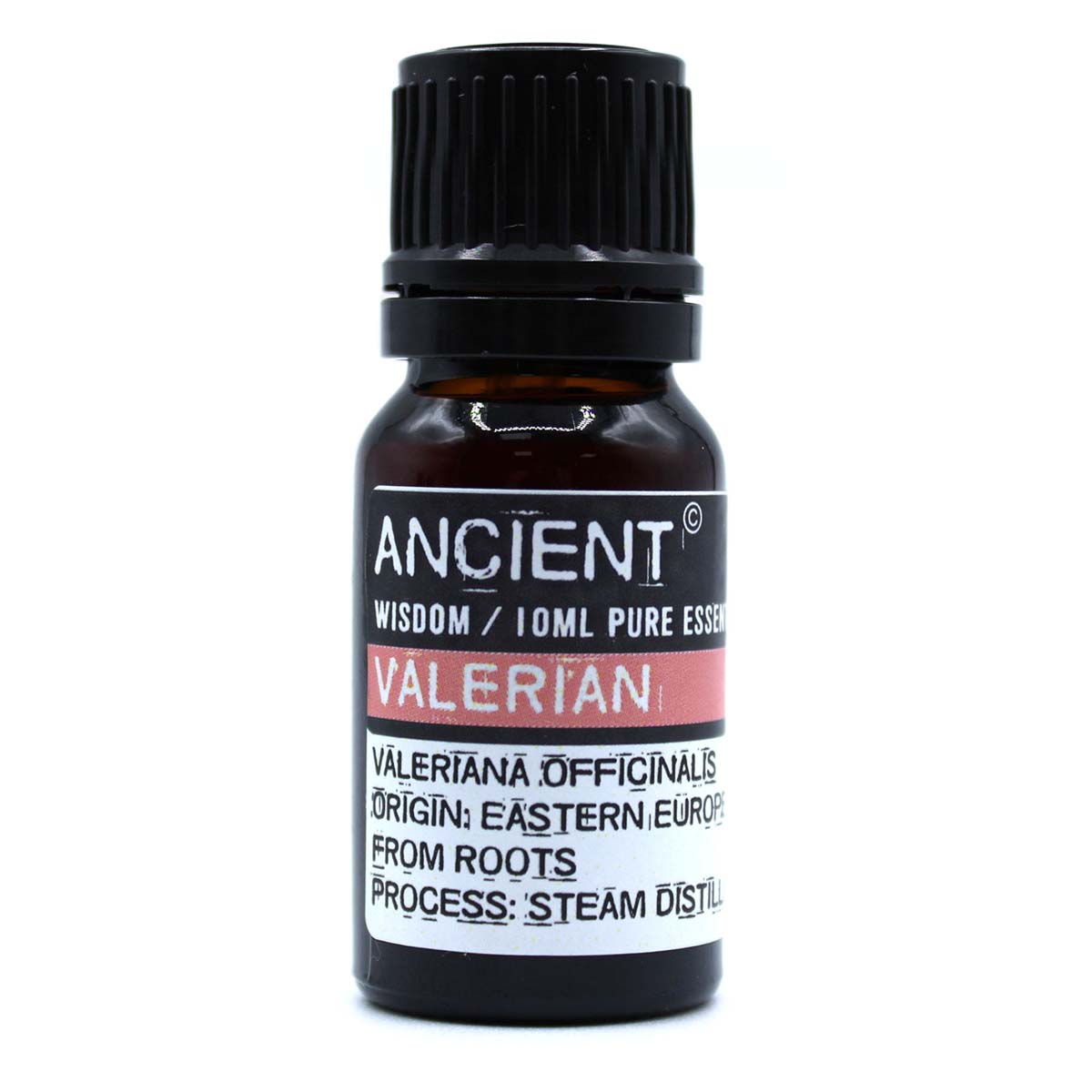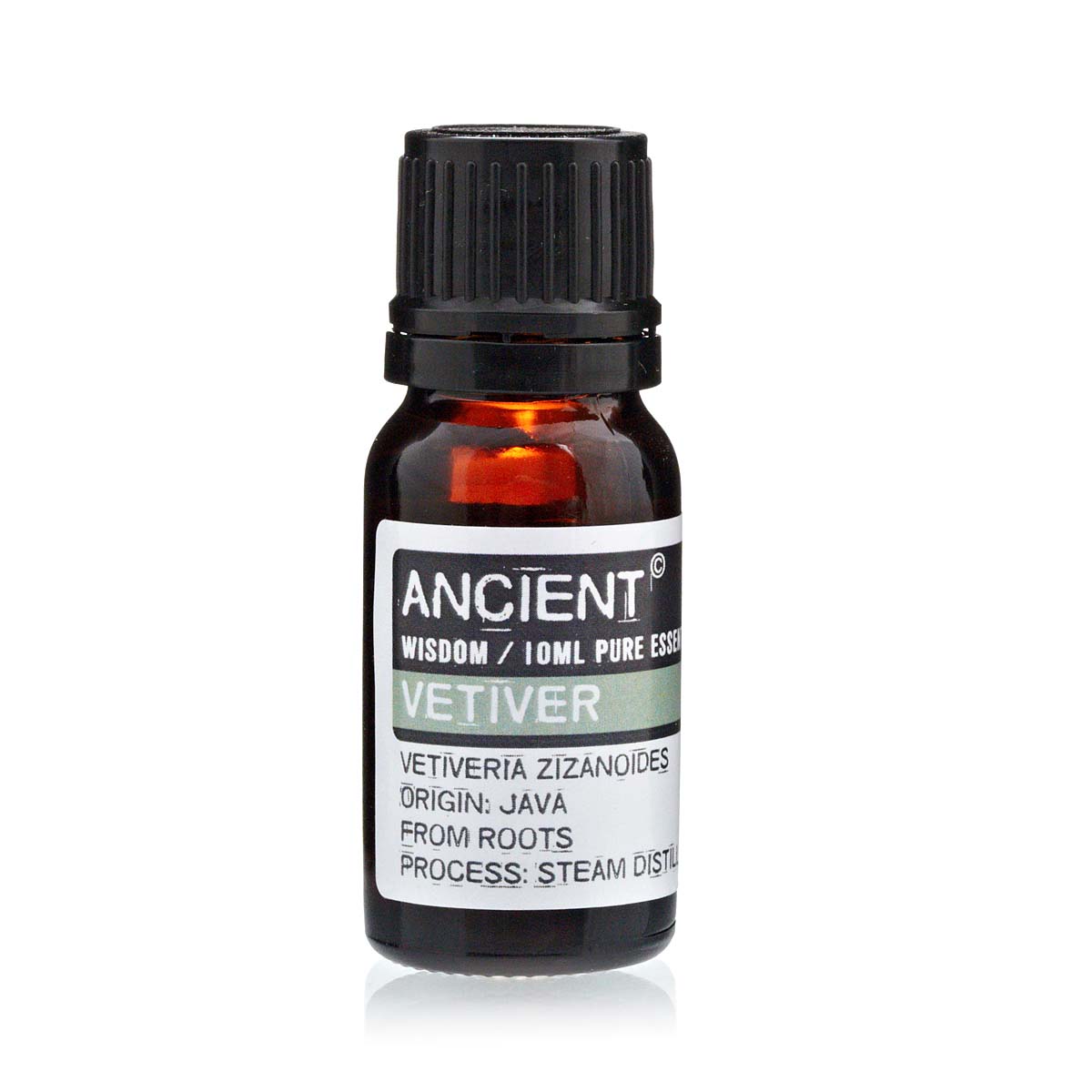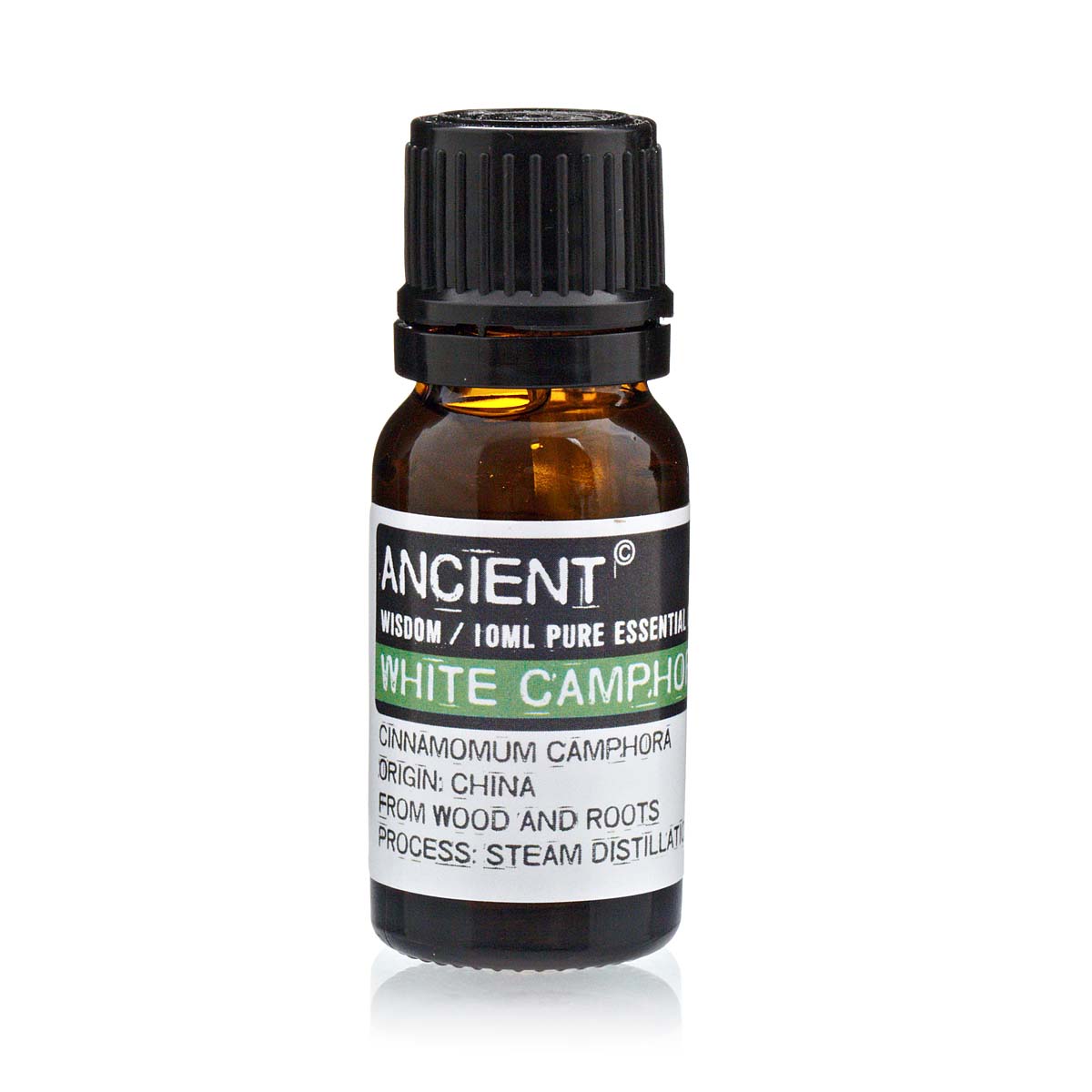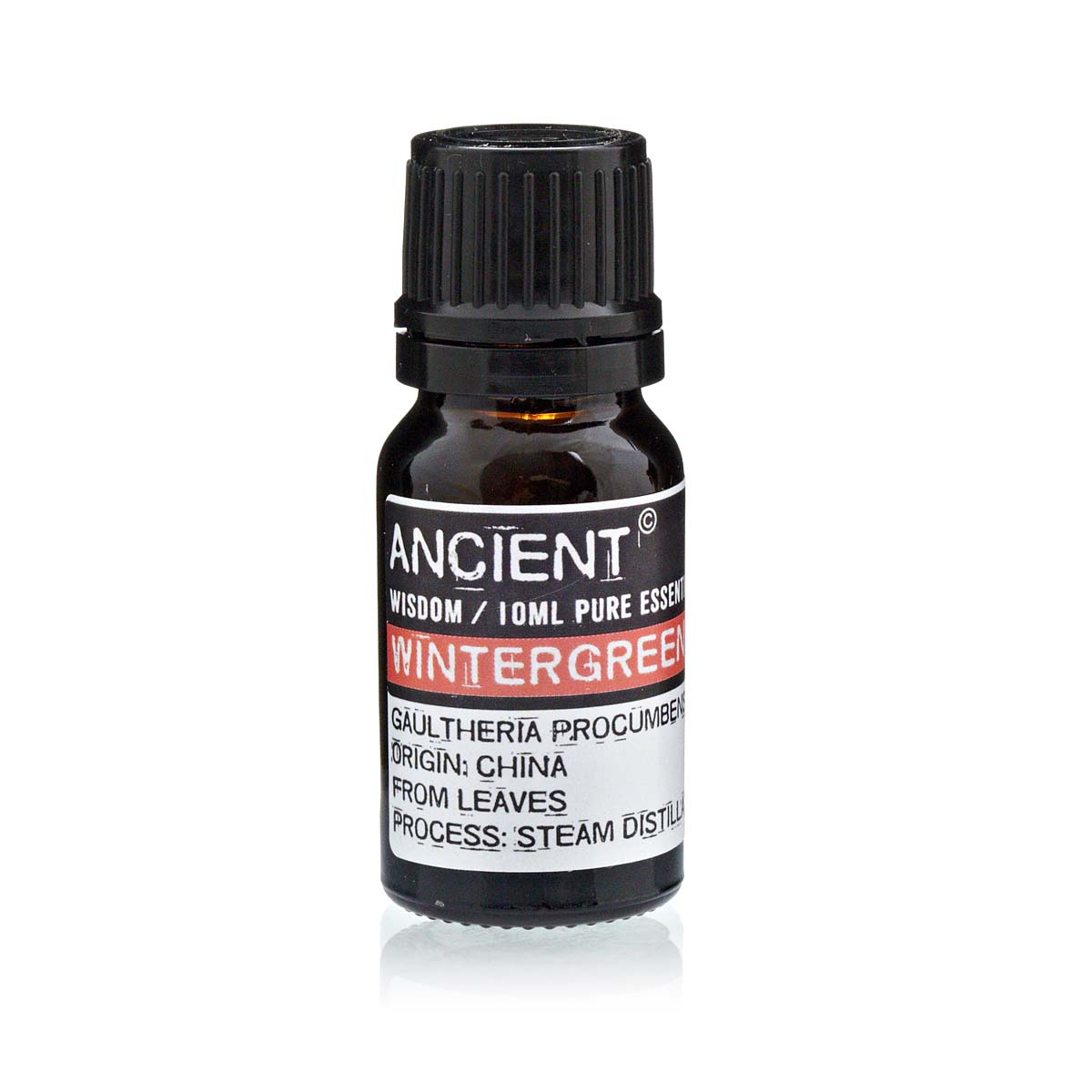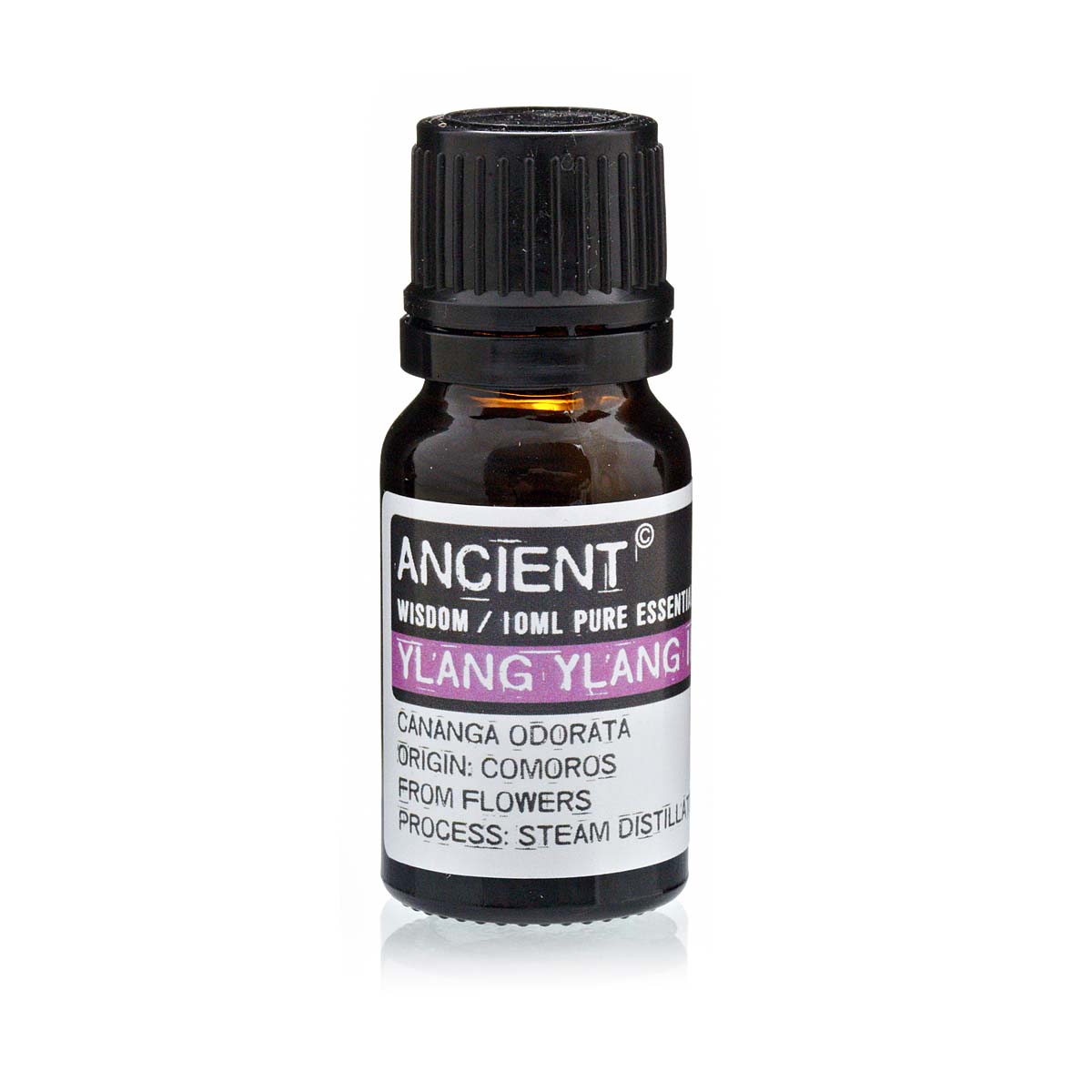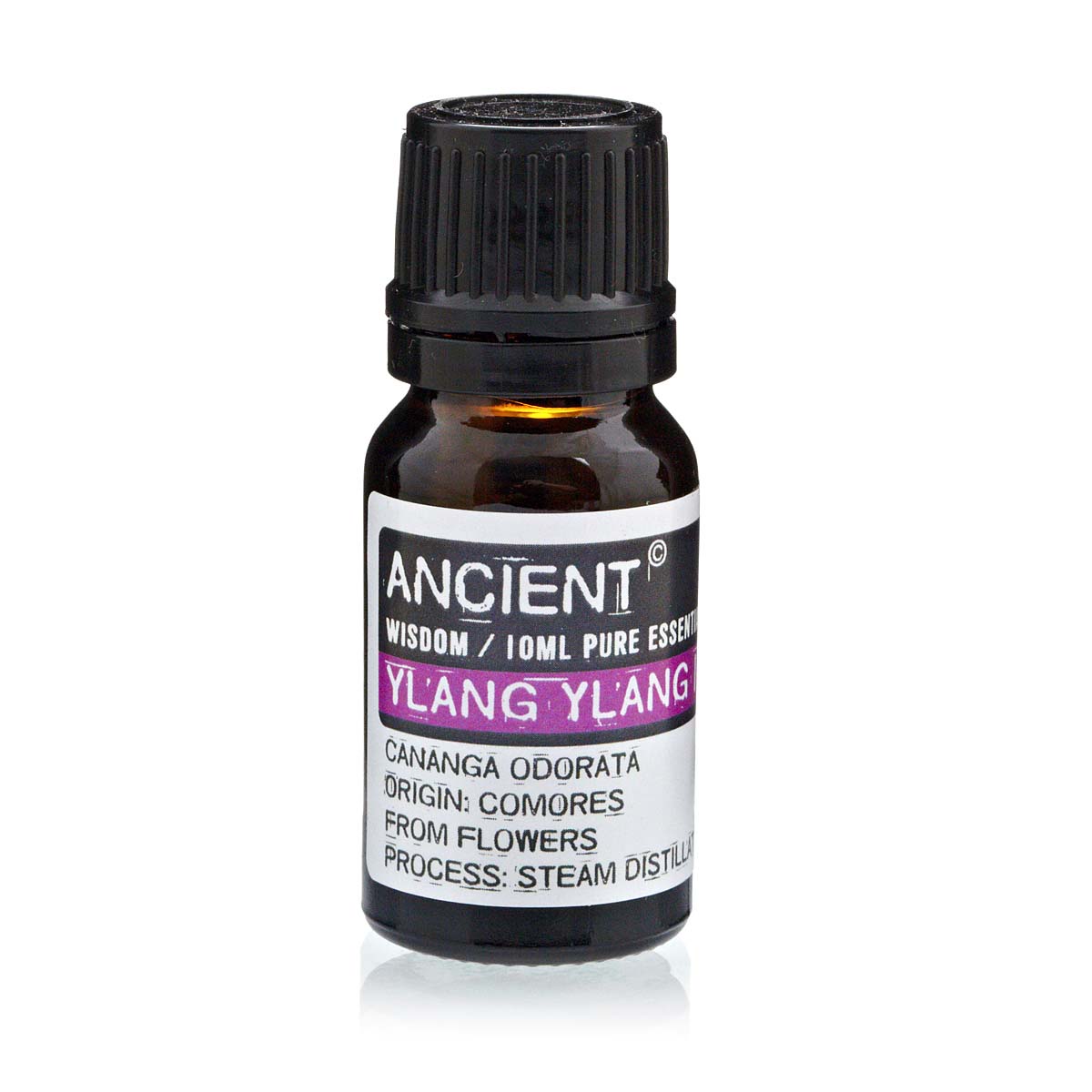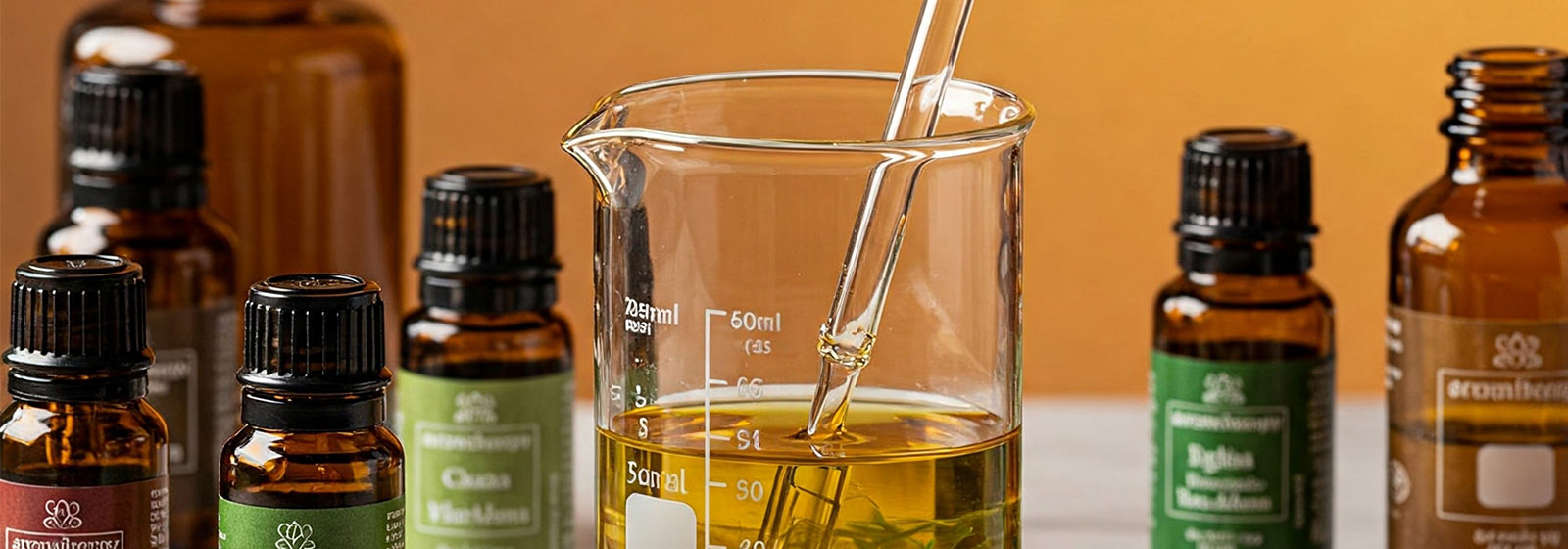
Imagine a symphony of scents, each note distinct yet harmonising to create a beautiful and therapeutic whole. This is the essence of aromatherapy blending – the art and science of combining essential oils to craft recipes that cater to your specific needs and desires. More than just mixing pleasant fragrances, mastering aromatherapy recipes unlocks a powerful tool for enhancing well-being, balancing emotions, and invigorating the senses.
But where do you begin on this fragrant journey? It might seem daunting at first, with a vast array of essential oils, each boasting its unique properties and aromatic profile. Fear not! This guide will illuminate the fundamental principles and practical steps to confidently create your own aromatherapy blends.
Understanding the Building Blocks: Essential Oil Notes
Just like a musical composition, aromatherapy blends are often described in terms of "notes" – top, middle, and base. Understanding these categories is crucial for creating well-rounded and long-lasting aromas:
Top Notes:
These are the light, volatile aromas that you'll notice immediately upon inhalation. They are often fresh, uplifting, and invigorating. Think citrus oils like lemon and bergamot, or herbaceous notes like peppermint and eucalyptus. Top notes evaporate quickly, providing an initial aromatic impact.
Middle Notes:
Also known as "heart notes," these form the core of the blend, providing balance and body. They are typically warmer, softer, and more rounded than top notes. Lavender, geranium, chamomile, and rosemary are common middle notes. They influence the therapeutic properties and bridge the gap between the top and base notes.
Base Notes:
These are the heavy, grounding aromas that linger the longest. They provide depth, fixation, and a lasting impression. Woody oils like sandalwood and cedarwood, resinous oils like frankincense and myrrh, and earthy oils like patchouli fall into this category. Base notes help to anchor the blend and extend its aromatic life.
A well-balanced blend often incorporates oils from all three categories, creating a complex and evolving scent experience. A common guideline is to aim for a ratio of approximately 30% top notes, 50% middle notes, and 20% base notes, though this can be adjusted based on the desired effect and aroma.
The Synergy of Scent and Therapy
Beyond the aromatic profile, the true artistry of blending lies in understanding the synergistic effects of essential oils. When combined thoughtfully, the properties of individual oils can be amplified or complement each other, creating a more potent and holistic therapeutic outcome.
For example, combining lavender (relaxing) with marjoram (muscle relaxant) can create a powerful blend for soothing tense muscles. Similarly, pairing uplifting citrus oils with grounding frankincense can create a blend that is both energizing and calming.
Getting Started: Essential Tools and Safety Precautions
Before you begin experimenting, gather a few essential tools:
- Small, dark glass bottles:
These protect the essential oils from light degradation.
- Droppers or pipettes:
For precise measurement.
- Carrier oils:
Such as jojoba, sweet almond, or grapeseed oil, to dilute essential oils for topical application. Essential oils are highly concentrated and should never be applied directly to the skin undiluted.
- Labels:
To clearly identify your blends.
- A notebook or journal:
To record your recipes and observations.
Safety is paramount when working with essential oils. Always adhere to the following guidelines:
Dilution is key:
Generally, a 1-3% dilution is recommended for adults for topical use (1-3 drops of essential oil per teaspoon of carrier oil).
Patch test:
Before applying a new blend liberally, perform a patch test on a small area of skin and wait 24 hours to check for any adverse reactions.
Pregnancy and medical conditions:
Exercise caution and consult with a qualified aromatherapist or healthcare professional if you are pregnant, breastfeeding, have any underlying medical conditions, or are taking medications. Some essential oils are contraindicated in certain situations.
Keep out of reach of children and pets:
Essential oils are potent and can be harmful if ingested.
Avoid contact with eyes and mucous membranes:
To prevent irritation and potential harm, ensure essential oils do not come into direct contact with your eyes or mucous membranes.
The Creative Process: Experimentation and Intuition
With your tools and safety knowledge in hand, it's time to explore the creative process. Start by identifying your intention for the blend. Are you looking to relax, energise, focus, soothe sore muscles, or create a calming atmosphere?
Once you have a clear intention, research essential oils known for their properties related to your goal. Consider their aromatic profiles and how you think they might harmonise.
Begin with small quantities. A good starting point is to create a 10ml blend. If you're aiming for a 2% dilution, you would use approximately 4 drops of essential oil in 10ml of carrier oil for topical application. For diffusion, you'll typically use a few drops in your diffuser according to the manufacturer's instructions.
Document Your Discoveries
The most crucial step in mastering aromatherapy recipes is to document your experiments. Note down:
- The essential oils used and their proportions.
- The carrier oil (if applicable).
- The aroma of the blend immediately after mixing and after a few hours.
- How the blend makes you feel.
- Any adjustments you make in future attempts. This record-keeping will allow you to learn from your successes (and occasional missteps!) and refine your blending skills over time.
Beyond the Basics: Exploring Advanced Techniques
As you become more comfortable with blending, you can explore more advanced techniques, such as:
Creating aromatic accords:
Focusing on blending oils within the same note category to create a specific aromatic theme (e.g., a citrus burst or a woody base).
Bridging notes:
Using middle notes strategically to connect disparate top and base notes.
Considering the therapeutic actions of each oil in detail:
Delving deeper into the chemical constituents and their specific effects.
The Journey of Scent Continues
Mastering aromatherapy recipes is an ongoing journey of exploration and discovery. Embrace the process, trust your intuition, and allow your senses to guide you. With practice and a mindful approach, you'll unlock the incredible potential of essential oils to enhance your well-being and create personalised aromatic experiences that truly resonate with you. So, take a deep breath, open your bottles, and let the art of blending begin!
Start your essential oil blending journey! Shop our oils:
 Login to Leave the First Comment
Login to Leave the First CommentMore articles you may enjoy:





 Menu
Menu
